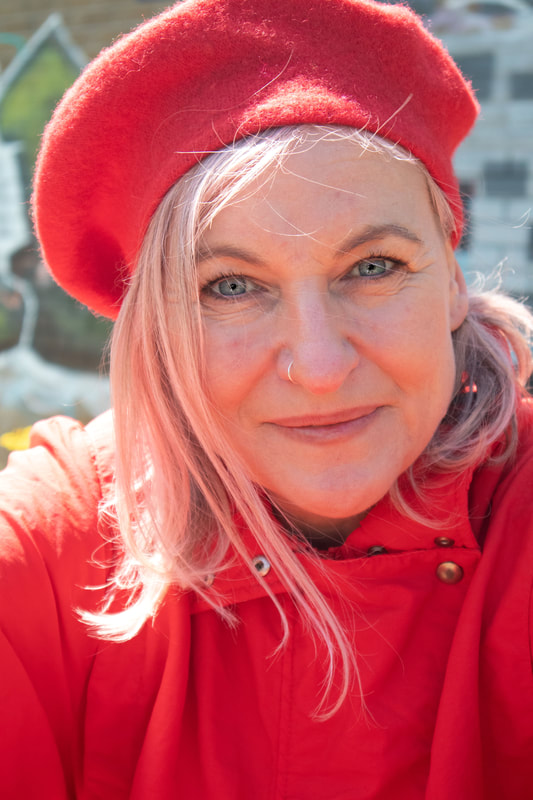|
Fourteen of us answered the call to attend the Radical Love: Clowning in Conflict workshop with Police Officer Az-oolay. Each pulled by different heart strings to; ★ explore love as a way to harmonise from conflict ★ learn about the liminal space of the clown in real situations of power and conflict ★ focus on heartfelt sensations and empathy ★ research clowning as a way to disarm and disrupt the norm and shake people out of binaries ★ radically transform the impacts of trauma from state violence and oppression ★ collectively heal and support our nervous systems in challenging and difficult times ★ and acknowledge what is happening in Palestine at the moment and the power dynamic that is playing out globally across the world. I had been inspired by a news item of Police Officer Az-oolay’s work from 2021. Here was a lone clown, working on the streets of Jerusalem, meeting state oppression, violence, divided politics and nationalistic views, all with love. It was her bravery and the trajectory of her work; always towards the action, into the danger or propelled to those in need. Police Officer Az-oolay seemed to put herself directly into the conflict spaces with such bravery that I was genuinely moved. There is a playful inversion of the police officer; a wrinkled uniform, wrong-footed, over-sized shoes, garland hat and red nose. Her gentle parody of the power stances of the police is always with a lightness that often earns her a place on their side of the line. But also violence and jail time. There is already so much incredible documentation of her work I have listed some links below. After bringing her onto the Activist Clown Toolkit as a guest facilitator I extended an invitation, if she ever found herself in the UK I would love to host a workshop with her. The opportunity arrived this May. So we gathered, 14 curious humans to meet Police Officer Az-oolay, hear about her story and experience her work. The artist, Idit presents the workshop in her clown persona. Something she has always done to keep her anonymity and safety in Israel. We begin with a presentation including photos, videos and stories of the evolution of the character, now a staple in the demonstrations, protests and streets of Jerusalem and beyond. She also shares the work she has been doing since the 7 October, including pilgrimages to the borders of Gaza. Next we jump up and get moving to experience her embodied practice. They are simple and familiar exercises but with a beautiful spin related to the needs of her work. After lunch we dived into the streets of Stokes Croft, meeting the eclectic neighbourhood in the ways of Officer Az-oolay, handing out heart stickers to those who wanted it. Experiencing the work of understanding what a person or a space needs. Interacting with those who wish to play and not taking it personally if a person doesn’t want to connect to our invitations. Rejection can feel painful but the practice is to accept it as completely as being fully received. We were there to serve the space. I was so inspired by the simplicity of the exercises, and how quickly that took us gently to the streets. We had some beautiful connections with people in art galleries, some looking down at us from apartments, others driving by in cars or walking up to us to take photos and receive stickers. And we connected as a beautiful gaggle of clowns. Officer Az-oolay was so touched by the chance to work and play with others as she generally works alone. I was surprised at how much I learned in such a short time. Here are a few reflections from the session:
It was such a moving and inspiring workshop, leaving us all with a desire to meet and play again soon. In what we hope will be more peaceful times. Photos by Peta Lily, Hilary Ramsden and Robyn Hambrook
Follow Officer Az-Oolay on social Media: Instagram: @shoteretazoolay Facebook page : ישר-אל הלב مباشرة إلى القلب Straight to The Heart | Facebook Facebook Profile: Az-Oolay Attached is the link a TV article made on Police Straight to the Heart: https://youtu.be/2KhlEN9tlbY and some articles about Police Straight to the Heart that are published in English : KIOSK Magazine Send in the clown The National News Hilary and I headed to Brussels, our next stop on the Nomadic Rebel Clown Academy world domination tour. We were joined by 18 artists and activists from across Belgium and even as far as Romania. Our beautiful cohort brought their passion, curiosity and courage to play, question and create actions in the streets. They explored issues; car culture, connection to nature, anti-capitalist constructs and trash culture through beautiful moving choreographies, playful invitations and hilarious and touching interactions. We are so grateful for this work that allows us to cross borders, creating and connection clown communities through Europe. Where should we go next?
These beautiful photos were taken by Kardama_pedalpxl A week in the bustling neighbourhood of Kreuzburg in Berlin; 14 participants from across Germany, the UK, Portugal, Turkey, Austria and Belgium join Hilary Ramsden and I for our second Nomadic Rebel Clown Academy. Hilary and I are developing a teaching methodology that explores the meeting point of clowning, creative activism, street arts and the politics of public space. Our first training took place in Stockholm last year. But seconds can be difficult. I spent the first couple of days comparing the process and outcomes of exercises and invitations but soon (wisely) had to let that go. Every group is different. There’s a different combination of people, experience and energy. We are in a different place, a different country with its own cultural context, its own responses to the arrival of clowns in the street. So we can just keep the teaching consistent and see what the results are. The process Our days are made up of a combination of inside and outside work. Our home is the bright, creative space, Tatwerk, with giant windows that open fully. I realise that we would never have that in UK for the fear someone would fall out. We are 3 stories up and we look into a tree, speckled with the new buds of spring. There are flats across the way and we can glimpse the lives of people inside; an unmade bed, a dining table with coffee, a sleeping cat. The Nomadic Rebel Clown Academy training process draws on diverse practices including clowning, physical theatre, dance and choreography and street performance, and it journeys the performer from the inside out. From our inner desires into action. And literally from inside the building into the outside world. We are exploring the possibilities of clowning to transform the performer, people, place and perhaps even power. Stepping outside can be a daunting so we try to make each step small and safe. On day one we begin a playful trust exercise – blind leading – as each takes their partner, whose eyes are closed, on a journey around an expansive courtyard, alive with a myriad of sounds, light, textures and smells. By doing this we ready the participants for the outside world, and set the expectations that we cannot remain in the safety and security of the inside workshop space. The approach is to locate our bodies in the street. So what is already at play in the streets? What are the rules of public space? There are legal boundaries and regulations as well as social norms governing our behaviour. This exercise puts a spotlight on these explicit and implicit rules. Through playfulness we invite the participants to test the elasticity of the rules and norm, making contact with the space and the public through play, connection or simply disrupting what is normal and expected. In such a short period of time it is impossible share the full spectrum of what clown is and how we can use it for personal and political transformational ends. So we choose exercises designed to highlight aspects of clowning we find most useful in this work including; finding the game, saying ‘yes’, making connection, play, naivety (not stupidity) and simplicity. Some games also teach us how to work together, to make collective decisions quickly or get out of our heads and into the body. Each of these lead participants towards creating collective, playful interventions in public space related to issues that are important to them. Using choreographic structures we name fishing, flocking and socking and games like ‘Let’s all’, the participants quickly create a physical score related to an issue. Diving into the costume elements we have on hand they head out to the streets near Hermannplatz to play. One group makes a commentary on cars, by drag racing idling cars in the street. Another group plays games to elect their leader, who sets up scenarios that questions coercion and control. A third group explores the housing crisis by setting off to find a home. Each group navigates public space, with those who stop to watch or film, curious and confused onlookers and others who want to avoid and don’t enjoy the disruption of their day, their journey or their work. The eternal optimism of the clown persists to help participants move past moments of rejection, with the hope of finding a meaningful interaction with the next person. The participants toolkit is expanding. We scatter our workspace with resources; stories, photos and other examples of creative actions. With this new inspiration, and new burning issues to explore, two groups of clowns enter the sprawling Alexanderplatz; one of the busiest thoroughfares in Berlin. One group remain as a tight group, moving slowly, seeking connection with passers-by; the potential for a moment, an interruption, a simple game. They are exploring ‘doing nothing’, offering a powerful counterpoint to the narratives of busyness, consumerism and movement dominant in the space. Another group of clowns are obsessed with waste. They playfully collect rubbish from people; each deposit in their bags are greeted with a cheers and delight by the clowns. Their intention was to sell the ‘rubbish’ back to the people; shedding light on the ecological cost of the packaging that surrounds our products, that is given so little thought and simply thrown away. The work is intense. The information, the explorations and each action we undertake is part of the research. On the fifth and final day we want to bring the participants back to themselves. To the changes they personally want to make in the world. The small acts devising task invites them to create an interruption, encounter, intervention or installation that expresses this deep yearning. We create a map, a journey we’ll go on as a group, stopping to watch each others action in the locations they’ve chosen. Each individual bravely steps into public space with their action and the the results are truly touching. Gathering the group and a few passers-by one clown attempts to take the perfect picture. Another participant is blindfolded. A sign around their neck invites onlookers to give them directions, physical and verbal to find their way around a park. To catch people’s attention one clown glues little notes with fish drawn on them around a busy square. A participant invites people to sit down and break bread with him, encouraging unexpected encounters in a busy subway station. In the same station, a lone clown walks up to strangers and asks them what they’re looking forward to. Each beautiful interruption invites connection. A delightful and radical reordering of public space and our everyday interactions with each other. The clown as the perfect Situationist. The disruptive force of the clown has an effect on each participant too. Wearing the red nose or in the clown state, participants shared moments their personal boundaries and expectations shifted. Perspectives were widened to take the world in and even colours became more vibrant. There is certainly a profound transformative power to the clown. Photos by Jason Krüger Ekvidi Photography and Hilary Ramsden
Who are we centering when the clowns arrive in protest spaces? The Clown Congress began on Saturday 28 November. As we entered the room; clowns, performers, activists, facilitators, hobbyists and more for three days of play and exploration, it was against the backdrop of events in Gaza. Following weeks of bombing, Gaza had just been plunged into blackout by Israel, and to our knowledge, the opportunity for IDF to further conceal bombardments and what is becoming a genocide. For me it was difficult to land and settle while such atrocities were playing out in the world. In an Open Space session that day a group gathered to ask if there is a space for clowns in protest. And in particular, what could it look like to take clowns into the ceasefire march and rallies happening in Bristol on the same weekend. On Sunday 29 November there was going to be a ‘peace march’ from Easton to College Green, just down the road from where we were working at the Wickham. The group were keen to explore the idea of participating in the march as clowns, so 15 of us gathered to discuss and plan. I proposed a question at the start; “who are we centring when the clowns arrive in protest spaces?” This valuable question came from Amrita Dhaliwal and Nathaniel Justiniano in their essay series, When Clowns Fight Power and it led to further questions; “why come as clowns?” And then “how do we come as clowns?” “What elements of clowns and clowning are we bringing into the space?” The protests, rallies and marches for Gaza were going to be such sensitive spaces, where emotions were complex and high. So we had to ask if it is appropriate to ‘play’ in these spaces. If we don’t ‘play’ what are the clowns doing? As with all this work, and whenever I have gone into protest spaces, the conversations and speculations about how it will be, can go round and round. I’ve always found the best thing is to just do it. And from there you have a concrete experience from which to discuss its relevancy and efficacy. So we decided to go; continuing to keep our questions alive as we prepared. These were some decisions we made:
Discoveries as we rehearsed: We were exploring hugging each other, which we felt could present a strong image for any onlookers. But as 11 clowns began to hug each other on repeat, it began to feel staged and slightly mocking. So we decided to drop that, sticking instead to ‘flocking’ as a way of moving together. Finally ready we walked down into town along part of the route of the march. In typical clown fashion we walked against a tide of people leaving. We had missed the march and most people were already walking home. There was still a small crowd gathered for speeches at College Green. We came to the edge of the crowd, huddled up and then put on our clown noses, turning outward, holding our lone sign, “Clowns for Peace”. We stayed on the edge of the crowd for some time, sometimes still , sometimes moving slowly. People looked at us; some curious, some were confused but there was very little interaction. A group of film-makers with a Tik-Tok channel interviewed us asking why we were there and how we felt about what was happening. And a small group of clowns headed off to interact with the police. After about an hour we reconvened, took of our noses and headed back to the Wickham for a debrief. We had made lots of discoveries during the outing:
I also discovered an interesting tension for me. To put on my clown nose, I am inviting in connection. I felt a real need to connect, to look at people and be seen. But that came with the question, has this become about my need and my clown’s need? Am I centering myself? But making connections seems enormously important too; to see each other... to really see each other, in the way the clown allows me to look into peoples eyes and hearts. Providing another way to connect in solidarity, in shared grief. I think I found this space too sensitive for me. It was challenging to negotiate this sensitivity with a big group or a group that doesn’t know each other very well. And as a clown I feel happier in spaces where we have a clear target and can play in mockery of bad players. Did you know the Clown Congress had their very own Poet-in-Residence? The incredible wordsmith Bee Golding. These words about the Clown Congress are from her... Clown Congress was an event held in Bristol and online in October 2023, with the theme: Clowns & Identity: Exploring Difference in Clowning. Around 50 clowns from Bristol, UK and internationally gathered for 3 days of workshops, discussions and big ideas. I attended as the congress Poet-in-Residence, creating poems from participant comments, collaborative sessions and my thoughts and feelings as a poet in the space. Participants told me that my poems were "a very helpful way to help remember and digest what had gone on during the days." Ironically, two of the poems I made during the congress have been lost - clown ephemera - a lesson in letting go and playing the flop. They were really good ones too! I rescued a snippet from one of them which you'll see below, and I have notes for the other one but I'll never be able to make it again as good as it was in the moment... Big thanks to Hatty Ashton for the photos. When I’m with the unknown – a snippet of a lost poem Incorporating post-it comments from participants at one of Holly Stoppit's Creative Clarity sessions. The actual poem from the day has been lost - clown ephemera! when I’m with the unknown I feel flutters through my middle I dissolve, I reform I fizz dissolve and fizz forget that the ground is there sometimes I speak my truth Identity Collaborative poem exploring identity created during an open space session I come from a dirty town I didn’t feel I belonged in Women who stood on mountains and sang into the clouds Their exposed roots reaching into its edges I sit cross-legged, listening well to A spiritual goddess, singing in tongues without care Whose breath cleared the clouds so the sun shone Who cackles and mixes her cauldron well A view from the top of men with ropes clambering up A people of mental health mish mash A father who was sent away to school Suicidal grandfather and energetic aunts Parents who did not hug I want to say I don’t understand I want to say you are not here but I am I want to say I feel lost so much of the time I’ll ask the wise woman in a caravan who looks out to the sea With the sea swimming, shifting shape creatures who growl and scream and shout My brother and his friends swim in the candlelight I come from the north, the hills and the moors A black ford focus with one door that doesn’t open A house on the corner of the street with a pub at the top A dirty town I didn’t feel I belonged in What happens when I bring my needs into the play? Incorporating post-it comments from participants at one of Holly Stoppit's Creative Clarity sessions. When I ask for my needs to be met in play it’s selfish and terrifying serious and shameful difficult, uncomfortable I feel like I will cry. What if my needs do not get met what if I get hurt or lose my head? In the asking is vulnerability playful neediness, needy playfulness like a jellyfish playing an accordion it touches many things frustration, validation, relaxation expression, expulsion, explosion freedom, love, connection comfort and refreshment trust, joy and reflection If my needs are met in play we touch bellies, which is fun we look in the mirror make ugly faces, stick out our tongues I become a two-headed snake – enabled “to play or not to play” I play and they receive I get the chance to meet their needs I get a glimpse into the others’ worlds I feel included, I feel held * (poem from a player) I didn’t know what I needed then I looked and it was there in the soup of group dynamics or underneath my chair how quiet and shy she is but she is there * When my needs are met in play with honesty and value I feel healthily congruent feeling everything more witnessed and witnessing empowered and empowering growing like life itself when my needs are met in play I find peace and what I didn’t know I needed - it’s wonderful - great things When I bring my needs into the play I really get to play I am satisfied and my needs are met Sunday 29 October @FridayIsPoetsDay we came from somewhere and come together feeling things realistic with this precious gift this circle with the needs and numbness the flight, the fright, the freeze the yes, the no the how do we do this? I’ve been collecting insights moments with people the comfort principles and I want to tell you I am doing OK Monday 30 October @FridayIsPoetsDay
whistling through pen tops it’s a performance of me not run of the mill rich with liminality Thanks to prompts from Holly Stoppit here are some of the brainstorming and reflections about the Clown Congress from participants WHAT NEXT FOR CLOWNING IDENTITY?
WHAT IS THE FUTURE OF THE CLOWN CONGRESS?
WHAT THEMES WOULD YOU LIKE TO SEE EXPLORED NEXT AT THE CLOWN CONGRESS?
WHAT WAS GREAT ABOUT THE CLOWN CONGRESS 2023?
by Robyn Hambrook Organising a Clown Congress comes with lots of tasks, problem solving and challenges. Over the first two days of the Congress I was kept busy; setting up systems, managing registration, receiving last minute emails and calls from lost arrivals, ensuring catering arrived and was set up and getting cake out for the afternoon break...so it took a while for me to relax and fully settle into the space. This happened by day three. Which also happened to be the last day of the Congress. But I didn’t mind and as I was really excited for our two contributors sessions that day; two contributors who are researching and applying clowning in different contexts to explore or to answer specific needs. Playing with adaptations and applications of clowning is the juice of the Congress for me; a chance to experience how expansive our art form is, mutable and evolving, able to meet the needs of our political, cultural and social shifts. After arrivals, landing with cups of tea we gathered at 10am in the theatre space, pulling our chairs into a big circle. Our first session was presented by psychiatrist and psychotherapist, Dr Sally Ruth Davies. Sally’s presentation was about her project called Queer Family Cabaret. She gave us some context; while taking a break from work in 2017 Sally discovered clowning and began taking loads of workshops with countless teachers. During the Pandemic her family played with clown to amuse themselves and to connect with others. And then after lockdown the family felt emboldened to perform at festivals. With her child, Sinan, Sally created a Joey/August routine, using clowning to play with the parent child dynamic. At this time gender was becoming an increasingly fluid concept at home. Sinan, didn’t identify as a boy and as the clown does not need to be so obviously gendered, the clown became a very natural and useful container for a fluid identity for them. Sally was discovering just how much clowning was helping to their family, from power dynamics to gender and identity. Families are one of the first places children explore their identity and it is vital that this journey is a positive and collective one. But there are very few resources for young people and families going through gender questioning and exploration. In schools gender is rigorously policed, so with no where to look for support, this can often leave them isolated. Sally highlighted some of the important elements of clowning for them through this journey;
In 2022 Sinan entered an Alternative Miss World competition at Wilderness Festival in 2022 and won!! Sally decided to create the Queer Family Cabaret project as a way for families to gently and organically explore and celebrate queerness together. Their workshops include simple games, costume and children dressing up their parents. She shared some of the exercises that happen in these workshops with the Clown Congress. We took a partner and quickly had to create a shape/tableau of something beginning with different letters of the alphabet. We then created larger groups and were invited to create tableaus of nightmare or boring family scenarios. Our group created a family on a shopping trip to Lidl. We all say who we are and what we are doing; I’m the mother trying to do the shopping while keeping the family together. There was a demanding five year old, the teenager who worked there who was mortified her family were there, a doting father proud of his child and another teenager skulking in the liquor aisle. Sally then invited us to transform these moving tableaus with clown solutions. This meant we could play the opposite of our roles or behave in absurd, unexpected ways. Groups shared their pieces; transforming family dynamics with hilarious outcomes from home births to killing grandma. Sally rounded up the session likening the transformation of our worst imagined family scenario into fabulous ones using clown logic to psychomagic. The term was created by Chilean born film-maker Jodorwosky, a practice of using the imagination, creativity and symbolism for therapeutic and self -mancipatory means. The session finished with a buzz in the room; it’s always so affirming to feel what laughter, irreverence and play can do to our nervous systems and mood. Our next session was with Olly Crick. Olly is a writer, academic and facilitator, who teaches mask, clown and Commedia Dell’Arte at drama schools, including Fooltime, Circomedia’s precursor. Passionate about Commedia Dell’Arte, it’s the focus of his PhD and several books he’s written. Olly also ran ‘The Fabulous Old Spot Theatre Company’, taking the art form to the unsuspecting village halls of Gloucestershire. Olly began by introducing us to his own research which he calls 'The Stations of the Fool’. This work explores the different positions the actor can take in relation to the audience and the play; as the self; as a clown; as an actor in a role playing to an audience; and then the actor playing their role within the confines of the dramatic situation. Moments of beauty and chaos ensued as we tried to play each of these roles, with our own wild interpretations and each layer becoming more and more complex. It was also the first time in the Congress we had taken a role as an audience, sitting down to watch people get up and demonstrate each position. It was a great opportunity to see a self, a clown and character version of Helen of Troy, with strange clown adaptations. I absolutely loved playing with Olly’s typology and his academic approach to this research. I found it useful to my practice thinking about who I am when I am performing, who the audience is and what is happening. The difference between ourselves, this idea of ‘our clown persona’ and then a ‘clown character’ can be confusing. I’ve noticed this when working out in the street; when does the actor take over to talk about practical real world things and when is my clown in play? They are both different and have different aims and intelligence. The session proved so complex that Olly hadn’t completed everything he had wanted to share. In the Open Space session after lunch he continued his workshop with a smaller group, now exploring Clowning and Social Class. Olly explained how all the Commedia Dell’Arte characters had fixed social positions and attitudes to other classes. Using this as a framework, he helped us create a short piece to demonstrate his thinking and the different positioning points of view. We each chose a character, with a specific class status, and then commented on the issue of Rosebank’s New Oil fields from the point of view of that class. We had the a politician, a head teacher, a middle-class liberal, a delivery driver and someone who worked on the rigs. Through introducing ourselves we were able to express our class through our opinion, and through our body positions we could express status. It was an enjoyable fast creation process, which led us to create a short skit to share with the Congress. From this you could go onto develop a full piece or have a conversation about the role of social class in politics. When we showed the piece we also integrated Olly’s ‘stations of the fool’s; arriving on stage as ourselves, then becoming our character and finally coming back to ourselves at the end. I think this created lots of complex layers which might be difficult for the audience to read. And also leaves the us with the questions: When does the play begin? How does the audience know? How do we prepare the audience to be an audience? More juicy interrogations that could create Clown Congress spin offs, perhaps? The last day was coming to an end. In our final reflection session with Holly Stoppit, she asked us to ask ourselves; what we enjoyed and therefore what needs were being met; and what we didn’t enjoy, so what needs weren’t being met. I loved these questions; an opportunity to deeply interrogate my experience over the days. We concluded with a big group brain storm about the Clown Congress as a whole; again asking what we enjoyed, didn’t enjoy and wanted in the future. This was all read back to the group in a popcorn-style poem. The influence of our poet-in-residence had definitely taken hold over the three days. You can read more about our collective reflections here. This brought us to the end. We packed up, hugged, swapped contacts, hugged some more and slowly drifted off into the early evening, with full hearts and new friends, looking forward to news of the next Clown Congress and opportunity to connect again. Links
by Jan Wozniak On not knowing... It’s strange to be in my place of work, this theatre which I work in very week-day, on a Sunday. To do…what? Certainly not teach, which is what I usually do here. Clown? Learn? Play? Perform? Research? Work? A little of each, as it happens, and anyway, it’s OK for me not to know, either then or now. As I was on that Sunday morning, I am still, today, weeks later, contemplating what it means to be with the unknown, which is what Holly Stoppit asked us to consider on the first day of the Clown Congress. What it means for me as a teacher, as a clown, as a person, to not know. This seems consistent with the theme of this year’s Clown Congress, where we are exploring identity and clowning. And in exploring who gets to clown, and how they get to clown, who knows about clowning and gets to tell others? This also resonates with me in this place of learning. My students come here to learn, don’t they? To know something they didn’t know when they first arrive. We’ve (thankfully) moved on from ideas of knowledge ‘transfer’ to knowledge ‘exchange’. I firmly believe that I learn as much from my students as they do from me and I hope I facilitate for my students an opportunity to learn about their own experience of clowning within the history and contemporary practice of clowning. I tell them from day one that I don’t aim to teach them ‘how to clown’. Firstly, I don’t know! And secondly, this assumes that there is ‘a’ way to clown and I’m hoping that this weekend Congress brought many challenges to that assumption and many ways in which we might all explore clowning in the future. But students – and colleagues, who conduct their research – come here to ‘know’ don’t they? But how much do they – and we – admit that we don’t know? And how can clowning help with this? I aim to explore this in later research, but for now we share the doubts, the trepidation, the excitement of not knowing. And I certainly found much that I didn’t know and hadn’t contemplated fully before on day two of the congress. The student cohort at Bristol is (understatement warning!) not as diverse as it might be, and so my attendance at a Congress which set out to explore inclusive and diverse approaches to clowning means I am challenged, taken out of my comfort zone and give the opportunity to learn. First Session: Amelia from Quiplash Amelia from Quiplash joins by Zoom, and the session is facilitated in the room through Jon Davison. The decision to not be physically presented is reflected on by Amelia and Jon, as they recount moving from a panicked ‘Oh Shit!’ reaction to recognising that this highlights the very focus of the session: clowning from comfort as a radical approach. This initially seems, to me, to perhaps go against a well-established artistic narrative of being open to taking risks, of pushing oneself, of being uncomfortable, of moving beyond our comfort zones and even of Offending the Audience, as Peter Handke had it in the 1960s, one which is still dominant in many university drama departments. The true artist, in this narrative, is not interested in comfort, of self or audience, but of constantly challenging. Of course, we also always talk about creating safe and comfortable environments in which to develop such challenging work, but what do these safe spaces take for granted? Who might these exclude? Such approaches have been challenged more recently, for instance in the work of Tim Crouch, where there is a turn to caring for the audience. And what is made clear by both sessions today, is that this approach is only possible from a place of privilege (and assumed comfort) anyway. Amelia’s session begins with a description of the work of Quiplash, who explore radical inclusion in their work, and in particular their recent project, Unsightly Circus. This was an exploration of clowning and accessibility at the Barbican and later in the session we play the same games that Quiplash used in these sessions. In doing so, they explore a mash up of clowning and audio description, a word based tool used to describe the visual for blind and partially sighted individuals. Concentrating on the forms of clowning that tend to purposely use language in a playful or nonsense way, or to use no language at all, Amelia recounts how in fact, the first task was to find their own form of clowning. Again, comfort first is emphasised, with adaptation to follow. Access First is the important phrase here – this is the first thing they think about, rather than build something and then think about access. Not as an afterthought. This is actually familiar to me recently from designing teaching and assessments. For once, the institution’s initiative seems in line with positive change – they want to make sure that teaching and assessments are already designed for all, rather than have assessments which require alteration for those with different needs. So a good teaching session and a good assessment should already address inclusivity and different access needs, without having to think how they might be adapted. One way in which Amelia describes this happening is by adopting a mantra that ‘we are doing what we say we are doing’, even if that doesn’t look, sound or feel like we might expect it too. So ‘We’re doing it now’ is a usefu phrase here: we are clowning when we say we are clowning, even if no-one is laughing; we are aerialists when we say we are aerialists even if we’re not 10 feet off the ground. This reminds me of Bryony Kimmings assertion that the first step to being an artist is to say ‘I am an artist.’ In building a space that combines comfort and discomfort, Amelia explains how audio description can also help neurodivergent people – putting the vibe in a room into words can help them when they are not able to ‘read’ the room so easily. I am particularly intrigued by Amelia’s answer to a question about working with people with different, and potentially, conflicting access needs and how this can be managed. There is, of course, no easy answer, because each scenario presents its own questions and own solutions. Without knowing the specific different access needs, Amelia, rightly I think, does not want to propose a simple, catch-all solution. What is needed is to work from a space of comfort, leaving time and space to be comfortable and ‘safe’. Checking that people are working physically and mentally safety, for instance only putting on stage what someone is comfortable with, a message consistent with yesterday’s workshop. What I really liked about Amelia’s answer here that Quiplash prioritise there being no pressure to ‘make the thing’ or ‘finish the thing’. They care less about ‘completed’ work; more important is an environment that works for them – an environment of Access for All. After an interesting and stimulating introduction to their work, it’s time to play, as Amelia shared some of the games they used to explore clowning and audio description in the Barbican workshops. First we :explore how body and brain connected to movement and description can work together. We are invited to move about the space (moving potentially meaning just wiggling eyebrows) and on being asked to freeze, responding to the question ‘what are you doing’, with the first thing that comes to your mind. This is developed into working in pairs and small groups, moving together around the space and on freezing, answering what you are doing using a word that begins with a letter specified by Amelia. It’s perfectly OK, indeed perhaps preferable to have two different answers! We are then asked to reflect (with no judgment) how the words came to us: immediately? After a moment’s panic? Easily? With effort? In a rush? We also reflect on how differently we worked alone and with others – were we a leader or a follower? Amelia explains that this reflection allows us to think about how we might be relating to ourselves, our body, the act of description and to others. Once we can non-judgmentally identify and describe this, we can build performance material from this, creating character dynamics between the two trying to describe what they are doing. In a final game the clowns in the room are split into two groups and go round a circle giving a prompt to the next person: seven things...Again we are prompted to say the first seven things to come to mind, and not to rush, unless we want to. This is a useful exercise in which we can describe a clear ‘picture’ of a person, a character perhaps. As Amelia explains, in the games we have played, we have not yet achieved ‘Audio Description’, but these are useful games to incorporate in making work to move towards something useful. Second Session: Aerial Mel In the second session, Aerial Mel also highlights the assumption of comfort that can dominate artistic work that is not fully inclusive. They used games and exercises adapted from the works of Paulo Freire and Augusto Boal, approaches which I am generally familiar with, especially in challenging banking ideas of knowledge transfer and encouraging knowledge exchange through recognition of different forms of knowledge, but which are deployed here in what I find to be original, stimulating and challenging ways. As an able-bodied, white male, I am not able to fully feel the barriers that others may face in just attending a workshop, or a Congress like this – I cannot really ‘know’ the accommodations and changes that are needed for them to attend. But I can of course try, and Aerial Mel’s workshop gave me an interesting and challenging insight in to this as they explored accessibility through a series of games which highlighted these barriers. They begin by exploring how, of course, in many ways it is necessary to challenge what we ‘know’. Beginning with what seems a quite conventional introduction to a workshop, we are invited to dance to different genres of music. We, of course, ‘know’ how to dance to different genres of music, betraying embodied racist attitudes, as we head bang to some heavy metal and sway rhythmically to some soul and reggae. The workshop continues by exploring in small groups changing things about our physical appearance, for instance changing the position of a piece of jewellery, or rolling up a trouser leg. We are challenged to, without speaking, choose a person in the circle who will make the change, turn to face outwards and then, once the change has been made, to notice who and what has changed. This emphasises, for me, who thinks they are the leader, who thinks they are the centre of attention. We progress to three people changing three things and there is, from my position as a teacher trying to steal fun and useful exercises, an excitement about how this combines a number of elements my students might explore and enjoy: non-verbal communication, observation, fun! But as we progress to being all asked to change twenty things about ourselves, and then our time is suddenly cut short with no prior warning – because “The Arts Council has cut your inclusivity budget!” - the point of the exercise with relation to the experience of a disabled person trying to work in the Arts is made clearer. I have the privilege of being able to see this game as fun. As Mel says, though, “When a disabled person attends a workshop (or anything) they’ve already had to change 20 things”. Being asked to change ‘just one (more) small thing’ can be a huge ask, which can lead to individuals being overwhelmed and excluded.We finish by reflecting, as we did with Amelia from Quiplash, that there is no one easy answer to assure inclusivity as a priority and an attitude of Access First. The first step, though, is to ask what can I do to help you and to make you more comfortable. This sense of being overwhelmed is extended to a consideration of mental health conditions, where an exercise replicates what it is like to have ADHD. In a small group, one person volunteers to be the subject of the attention of 4 others. This exercise is safely and sensitively set up, with the subject being asked where on their body they are happy to be touched. Starting with one person asking questions about the person – name, where they are from etc – the subject is progressively given more attention and more to respond to: a second person touching them on a body part which they have to name; a third person asks factual questions, for instance, what is the capital of France; a fourth person asking them to identify the colour of things that are pointed to. I do not have ADHD and, again, initially see the exercise as another fun way of evoking in clowning students a state of bafflement, a state of not knowing and not being in control, which can be so useful in exploring the state of a clown. I use similar exercises which pile on cumulative requests, to participate in a sequence of names for instance, or to continually add another activity to a game. When Aerial Mel links this to the experience of ADHD, and then to the Citizenship Test for refugees, the stakes of confusion, of getting an answer wrong, are exposed as much higher for others than for me, and I am reminded again of my privilege when I clown, where I can enjoy overwhelming sensations and not feel attacked in a comfortable and safe clowning workshop. We finish by reflecting, as we did with Amelia from Quiplash, that there is no one easy answer to assure inclusivity as a priority and an attitude of Access First. The first step, though, is to ask what can I do to help you and to make you more comfortable. On still not knowing
I return to the theme of not knowing that has been occupying me so much. As a philosophy of education, perhaps not knowing is as much a privilege as knowing. I am reminded of Bourdieu’s concept of habitus, the embodied way we each live our lives according to the learning we have had since birth, whether physical, psychological or cultural. Anyone who doesn’t know a situation (a refugee in a new country, a working-class student at university) doesn’t ‘know’ how to behave. For me to suggest that not knowing is a fun and productive approach to learn is to work from a place of privilege. I have to make sure that this can happen from a place of comfort. But what if we at least embraced our not knowing, our ignorance, more, just a little more? In exploring this further, I aim to return to the work of Jacques Rancière, whose book, Ignorant Schoolmaster, explores and advocates how teachers ignorant of their subject matter can still facilitate student learning. There is a saying amongst Further Education teachers, that you only need to be one page ahead of your students to teach effectively. I like to adopt Rancière’s suggestion that a teacher always works with students to adapt this saying to being on the same page as students. This is a furthering, in my view, of Freire’s and Boal’s work on education, democratising and talking about exchange, rather than a banking model where we acquire knowledge and put it away safely. by Holly Stoppit Greetings dear reader! Holly Stoppit here, with a blog all about day one of the Clown Congress 2023. If you don’t already know me, hello! I am a clowning and fooling teacher, process facilitator, dramatherapist, autobiographical theatre director and recently qualified Internal Family Systems (IFS) practitioner. I was at the Clown Congress as a facilitator, helping to hold the space and offering Creative Clarity workshops at the end of each day. This blog focuses on the thought-provoking sessions from two of our wonderful guest contributors, Saskia Solomons and Jeremy Linnell. A Little Context The theme for this year’s Clown Congress was CLOWNS & IDENTITY; Exploring Difference in Clowning. The invitation was for a bunch of clowns from all different backgrounds to come together for three days in October, to attend a range of workshops, talks and discussions exploring “…how our differences and who we are impact the way we clown...” The invitation was to “… explore how clowning is influenced by our individuality and how society sees us today.” (Clown Congress Blurb) Send In The Clowns! A pick and mix assortment of 50+ clowns of all shapes, sizes, ages and backgrounds shuffled, shimmied and stormed their way into Bristol University’s drama department. There were clowns who work in hospitals, clowns who perform in theatres, circuses and streets, clowns who teach other clowns, clowns who disrupt the status quo with clown activism and the clown curious. Session 1: Multiple Me's: Parts Based Clown The first session was presented by Saskia Solomons, a Lecoq-trained clown-idiot, physical theatre performer, deviser, storyteller and facilitator. Saskia is also an Internal Family Systems (IFS) practitioner. If you’re not familiar with IFS, this is my take: IFS is a therapeutic system which is based on the theory that we are all made up of many parts (ie feelings, sensations, thoughts, memories, dreams, fantasies…). In an IFS session, people are guided to investigate their inner parts, to find out where the parts live in or around the body, to discover what their roles are, how the parts feel about their roles and what their fears are. Through this exploration, people can develop a more compassionate relationship with their parts, which in turn can enable parts to let go of their burdensome roles, which frees up the bound-up energy in the system. Saskia has been exploring how IFS combines with clowning in her/their recent Edinburgh Fringe solo show, ‘Fool’s Gold.’ Their Clown Congress workshop was based on some of the processes they’ve been developing, described in the programme as follows: “In this short, practical intro workshop, we will welcome our multiple inner selves into the room. Through introspective listening, embodied play, witnessing and reflection, the theme of ‘identity’ (or rather, identities) will be explored: who on the inside wants to be seen? Who is ready to play? Who is hiding under the table? And how can listening and responding to our inner needs and desires develop a ‘clownspace’ founded on internal consent, freedom and delight?” The Art of Noticing
My Tuppenceworth I experienced Saskia’s holding as gentle and clear and saturated in permission for everyone to genuinely choose their own path through the workshop. There were people who dived in, embodying their parts loudly and confidently and there were other people huddled in corners, looking a bit frightened (to me the whole room looked like it could be any one of us, with all the people representing the many conflicting parts inside). Saskia validated everyone’s experiences, naming the various energies that they could perceive and offering invitations for everyone to notice and include whatever was going on for them. I was really happy that Saskia’s session was the first session of the congress, in that it seemed to give everyone a chance to consciously land into the experience of being in a massive room full of clowns. For some of the clowns, this was the first time they’d been in a big social situation since before Covid, but even for the mega sociable clowns, stepping into a huge room full of 50+ peers / strangers / professional show-offs can be daunting to say the least! Saskia’s workshop gave structured opportunities for people to get curious and conscious about their feelings and sensations around coming into a strange space and entering into connection. I feel like this laid a foundation of consciousness, curiosity and permission for the rest of the Clown Congress. The workshop was almost entirely practical, Saskia chose to not go into the IFS theory and this seemed totally appropriate to me. Saskia’s pedagogy is based in the body and creativity, so it seemed right that delegates could get to experience the method through their bodies and creativity and find out from the inside what it could do for them. Saskia held a small group discussion later in the day during the Open Space session, where they discussed the various possible applications of this method. I wasn’t at the discussion, but I can post a link to the notes here once they are live. I’m excited about this work. I can see it being incredibly useful for clowns / performers / actors / directors in the rehearsal room, by helping them to access their intuition, work with feelings that block the creative process and generate material for performance. I can also see it being useful in live performance, helping clowns and improvisers to access and play with their authentic feelings, which in my experience, makes for a very deep and resonant quality of connection with self, other players and the audience, which in turn, makes for a vibrant, resonant quality of unforgettable improvisation. Session 2: Disability & Art – The Pressure to Make Art About Your Lived Experience The second session was led by Jeremy Linnell, a neurodiverse & disabled bouffon based performance artist / live game designer / all round professional idiot and curator of mischief from Cardiff. Jeremy’s session explored the following provocation: “In the creative industries it seems there is an implicit pressure on those in marginalised groups to make work about their “lived experience” – a pressure that reduces them to their protected characteristic and often involves some degree of trauma. Does this pressure exist? Should it?” Jeremy offered a series of provocations, followed by big group discussion, interspersed with Bouffon games. This report focuses on Jeremy’s provocations and the discussion, as there were so many great points being made. I was handwriting notes as quickly as I could and I didn’t capture who said what, but here’s the gist of what was said. 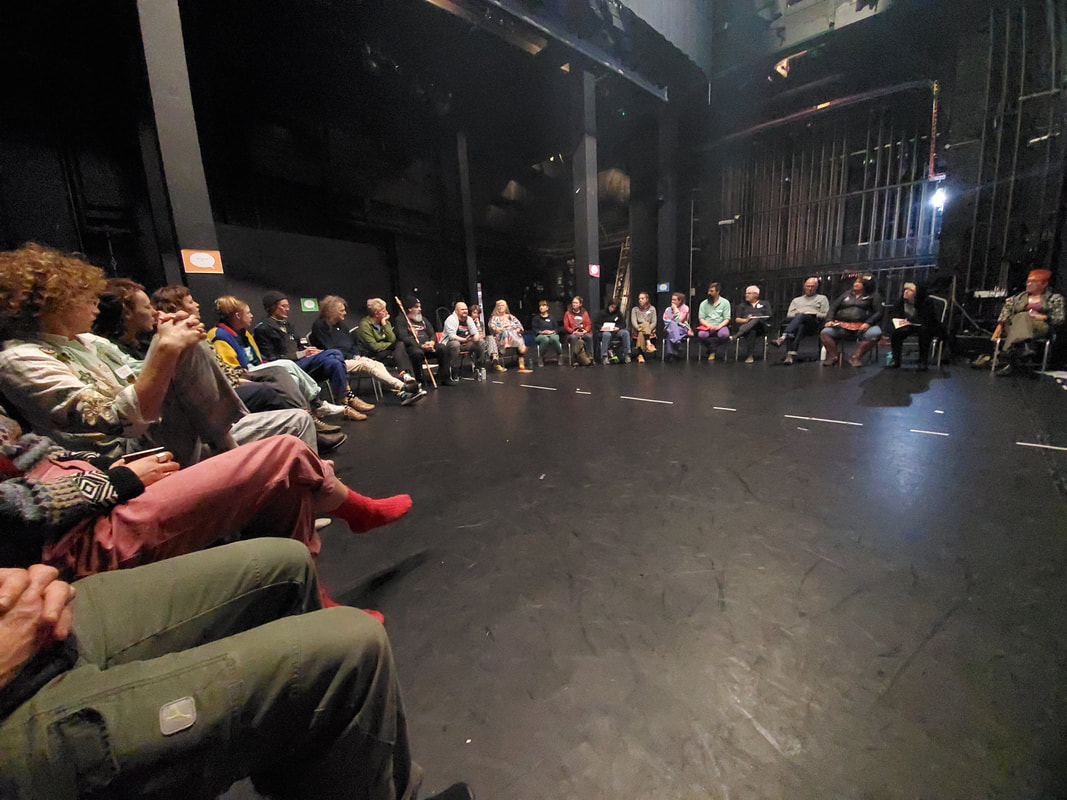 Trauma Tourism / Trauma Porn Jeremy introduced us to the notion of “Trauma Tourism,” aka “Trauma Porn.” This is when an artist puts their lived experience, ie neurodiversity, being disabled, being a woman, being a person of colour, etc, on the stage for an audience to consume. Jeremy proposed that negative lived experiences all have inherent trauma within them and putting them on stage can prevent the artists from moving on in their lives, reinforcing their trauma by having to relive negative experiences night after night. Jeremy expanded on his proposition, suggesting that putting trauma on the stage can give audiences a false experience of having done something to fix the societal problem from where the trauma originated. ie “I’ve done something about that, I’ve watched a show!” Mining Personal Trauma For Art Jeremy remembered an experience in a workshop where a theatre director had asked the group to close their eyes and “think about the worst thing that’s ever happened” to them. Wanting to keep himself safe, Jeremy stood up and left the workshop. To all the directors who draw out trauma irresponsibly, Jeremy says, “It’s not your stuff to play with!” One of the delegates said, the important thing is “HOW people are [making work about trauma].” They offered the following questions for theatre makers to ponder on: “How am I able to contain [my trauma]? How am I able to have distance from it? Is it possible to sit in a place of safety and comment on those feelings from the outside?” Another delegate talked about the difference between personal and private, saying “When its private the person is still very much in it.” What happens to the audience when you put raw trauma on the stage? Someone said: “I need a bit of lived experience;” qualifying that as an audience member, this helps them resonate with the performer’s experience, which helps them connect with their own authenticity. Someone asked: “Do we have a duty of care to the audience?” Jeremy explained his view: “If you’ve not made sure you’re safe, you’re putting the audience in the role of caregiver.” Jeremy suggested that the audience in the role of caregiver feels an obligation to applaud, “to make the performer feel OK.” Drama Requires Conflict Jeremy proposed: “Drama requires conflict”. He asked; “Can you make a piece of theatre about your lived experience that doesn’t focus on the negative?” Someone from the congress asked: “What’s your experience of “negative?”” They argued that theatre can transform “negative” experiences, both in the performer and in the audience. They argued that if they themselves are comfortable with their own material, then it’s not a negative experience to play with it on stage. Someone else proposed that life is full of conflict and put forward that perhaps theatre can be a great space for exploring that. Clowns and Conflict Someone talked about the innocent quality of clown, which allows clowns to wade in and “nonchalantly” play with whatever conflict is present. This quality of innocence can paradoxically allow clowns to get closer to the knuckle of conflict. Someone spoke about a friend of theirs who has been in Gaza, clowning for children in refugee camps. They said it was their job is to distract from the conflict. Someone else spoke about clowning for the people of Grenfell tower, in the wake of the disaster - their job was to “help kids smile for 5 minutes,” in their experience, “giving people a reason to smile, gives faith and that brings hope”. Someone wondered whether this is the true power of the clown? Someone else mentioned the old adage: the clowns’ job is “to comfort the disturbed and disturb the comfortable.” “What is the purpose of theatre?” Jeremy pondered:
Jeremy argues that theatre audiences are passive observers. He cited a video essay by Lindsay Ellis, where she talked about the Revolution Play Problem [I haven’t been able to find this video]. Apparently, Ellis spoke about how plays such as Hairspray, Rent, Les Mis and Hamilton have not changed how people engage with direct action. Jeremy pondered: “What’s the point of telling these stories?” Someone responded: “There’s no point to anything! We’re living in the wild west of existence!” They continued, suggesting that theatre allows us to explore “the shadow of humanity.” Someone else described a recent play session with a 5 year old, who said: “You stand there and shoot me and then we’ll do my funeral.” Kids are often naturally drawn to explore darkness through their play, perhaps it’s a human need? Someone else said: “We need the evil witch in the forest!” Bemoaning the “sanitisation of children’s theatre,” they reminded us that, “stories were created for communal responsibility.” “Where’s the pressure coming from?” Jeremy asked where the pressure comes from to make work about lived experience. He asked: Is it the funders? Is it the venues? Is it the artists themselves? He cited a Patrick Willems video essay - ‘Who Is Killing Cinema?’ [I haven’t watched it, but it’s here if you want to.] Jeremy told us how this video essay explores how cinema audiences are trained to like whatever the studios want them to like, but that can change, as the recent Barbenheimer phenomenon proves. Safety Measures Jeremy stated that just because he is neurodiverse and disabled, he doesn’t have to make work about it. He suggested, “If you want to make autobiographical work, protect yourself!” Jeremy spoke about exaggeration, mockery, parody and character work as good tools for personal protection. He described this as “telling an autobiographical lie.” A congress member talked about Le Coq’s mask theory, explaining that bouffon, clown and theatre can all be seen as masks; “When we wear a theatre mask it doesn’t touch the skin but it allows us to play - otherwise it’s the mask of death.” Jeremy finished with a plea for artists who want to work with their traumatic experiences to find a therapist and to shop around until they find the right therapist for them. My Tuppenceworth Jeremy’s provocations sparked a very lively debate. As a dramatherapist, it was heartening to witness a room full of clowns discussing trauma and safety for performers and audiences, bringing into consciousness the stuff that is often buried, unseen or ignored. The autobiographical solo show can be seen as a right of passage for many, but how many artists and directors understand how to safely work with trauma in the rehearsal room and on the stage? There was so much in this debate that I could comment on, but the thing that comes through for me most strongly is the theme of distance as a safety mechanism for both performers and audience. I appreciated the thoughts around the difference between private and personal and how to find a place of safety, where you can comment about your experience from the outside. I appreciated Jeremy’s thoughts around using theatrical forms such as exaggeration, mockery, parody and character work to create an “autobiographical lie” and Le Coq’s theory around the mask that can both protect and give freedom to the performer. There are many different therapeutic approaches to working with trauma, some seek to lead you away from the trauma, helping you to create new behaviours, new self-beliefs, new neural pathways, others create the conditions that allow you to look trauma straight in the eye and understand it cognitively or compassionately, thereby releasing the grip of it, others seek to help people process and release trauma through the body. What all the systems I’ve come across seem to have in common, is that they seek to help people create healthy distance between themselves and their traumatic experiences. Until that distance is obtained, trauma can stay in the body for years and can be re-triggered by a remarkably wide selection of obvious and seemingly innocuous things. As a life-long theatre maker and workshop leader, I can confidently say it’s nigh-on impossible to predict the things that might trigger people. What you might think of as a lovely, silly, playful group activity could be a living nightmare for someone who has childhood trauma coursing through their body. Learning how to work with trauma when it arises has been very useful in many situations. I’ve directed a lot of autobiographical clown shows, exploring big themes such as depression, eating disorders and grief. Because of my dramatherapy training, I’ve been able to spend time as part of the devising process, helping performers to process their trauma. Without this vital step, I’ve found that not only are they unsafe (ie liable to become re-traumatised), they are also too close to their material to be able to play with it. If a performer can’t play with their material, there’s very little life or space in it and the material can’t breathe. This has a knock-on effect with audiences - tightly held material can generate tension and discomfort and a weird sense of voyeurism in audiences. I’ve felt it myself, as an audience member; that uncomfortable sense of “Am I allowed to watch this?” which makes for a very complicated experience. I mean - it could be an interesting artistic choice to engineer this feeling of alienation, but I sense that often this is not what the artists are going for. Putting raw, unprocessed trauma on the stage is likely to trigger trauma responses in audience members. Some of the more responsible artists put trigger warnings on their work. Others have a quiet space where people can retreat to if it gets too much. I spent time with some of the artists I’ve worked with, co-designing after-show care packages for audiences, exploring ways of honouring, holding and containing their experiences and/or signposting for extra support. Because of financial constraints, rehearsal periods are often not long enough to fully process trauma to make it safe enough for performers and audiences. I would say, the healthiest way would be to slow everything down. Slow down the rehearsal process, put in breaks and integrate personal therapy. Directors should consider getting some trauma training or working alongside a therapist in the rehearsal room and it would be amazing if more people thought about the audience experience from beginning to end - what could you provide to make it safer for them? I really respect Jeremy’s position - why should people feel like they have to make work about their lived experience? But if they want to, I think this debate has a lot of useful questions to help people get conscious about why and how they want to make autobiographical work. Summing Up
I wholeheartedly enjoyed the contrast between these two sessions. Saskia’s practical and physical workshop and Jeremy’s theoretical and thinky debate offered two very different ways of connecting with the congress theme of identity. While Saskia was inviting us to use our personal experiences in our performance, Jeremy was giving us full permission not to. To me, this beautifully represents the spectrum of experience of clowns and applications of clowning today. There is no one way to clown and that should be celebrated! This event was a wonderful opportunity for clowns to find out about the work that other clowns do, to find their place in it all, to broaden their knowledge, to stretch out their limitations, to be inspired by each other and to play together. Long live the Clown Congress! Links
|
AuthorCreative research into the meeting point of clowning and activism Archives
May 2024
Categories |
ABOUT ROBYN
Robyn is a Bristol-based director, teacher and performer. With over 20 years experience she is a passionate practitioner of clowning, physical theatre, circus and street arts. She has a MA in Circus Directing, a Diploma of Physical Theatre Practice and trained with a long line of inspiring teachers including Holly Stoppit, Peta Lily, Giovanni Fusetti, Bim Mason, Jon Davison, Zuma Puma, Lucy Hopkins and John Wright.
Over the past five years she has been exploring the meeting point of clowning and a deep desire to address the injustices in the world. This specialism has developed through her Masters Research ‘Small Circus Acts of Resistance’, on the streets and in protests with the Bristol Rebel Clowns and in research residencies with The Trickster Laboratory. Robyn’s Activist Clown research has led to collaborations with Jay Jordan (Laboratory of Insurrectionary Imagination, France), Clown Me In (Beirut), LM Bogad (US), Hilary Ramsden (Greece) and international Tricksters; ‘The Yes Men’ (US). During the pandemic in 2020, Robyn set up The Online Clown Academy with Holly Stoppit and developed a series of Zoom Clown Courses. Robyn’s research, started during her Masters, has been exploring the meeting point of clowning and activism, online, in the real world and with international collaborators. With this drive to explore political edges of her work she has also dived back into the world of the Bouffon; training with Jaime Mears, Bim Mason, Nathaniel Justiniano, Eric Davis, Tim Licata, Al Seed and the grand master Bouffon-himself; Philippe Gaulier. Keen to explore the intersection of clowning and politics, Robyn is driven to create collaborative, research spaces, testing and pushing the limits of the artform to create new knowledge and methodologies for her industry and strengthen partnerships for future work. Some of her most recent collaborations and teaching projects have included the Nomadic Rebel Clown Academy (5-day Activist Clown Training), The Laboratory of the Un-beautiful (Feminist Grotesque Bouffon Training for Womxn Theatre Makers) and the Clown Congress (annual gathering of clowns, activists & academics collectively exploring what it means to be a clown in this current era) |
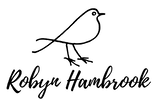

































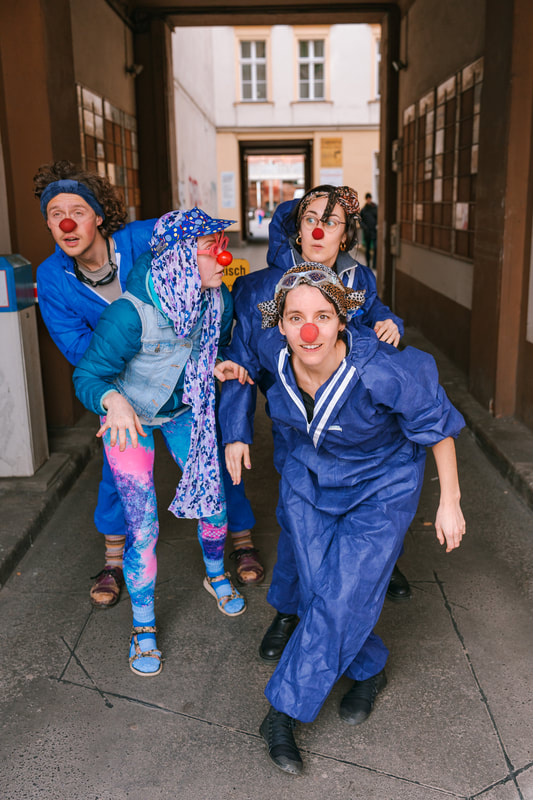
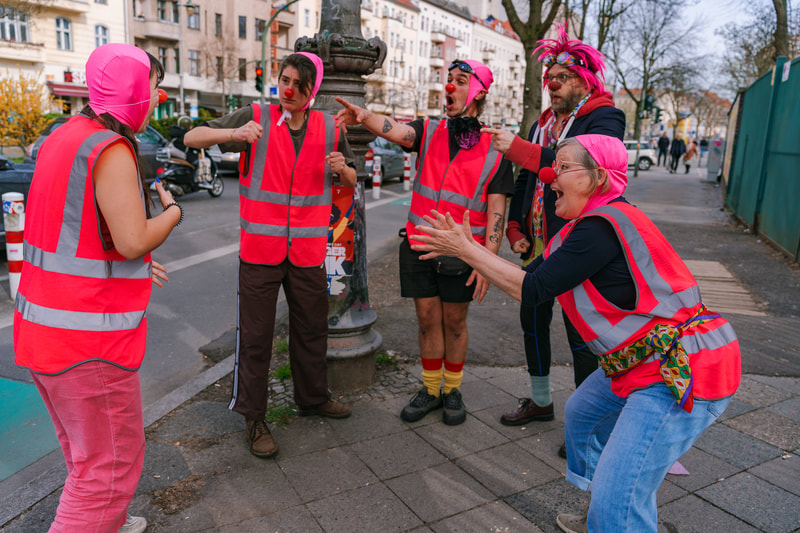
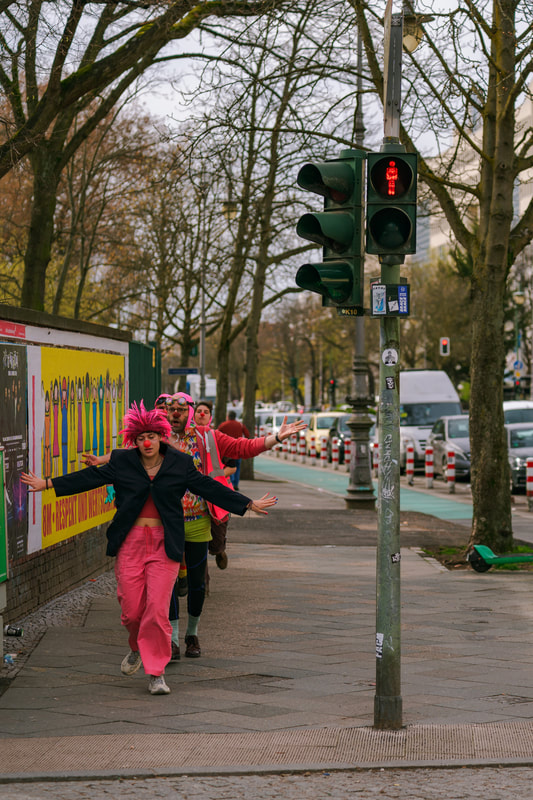
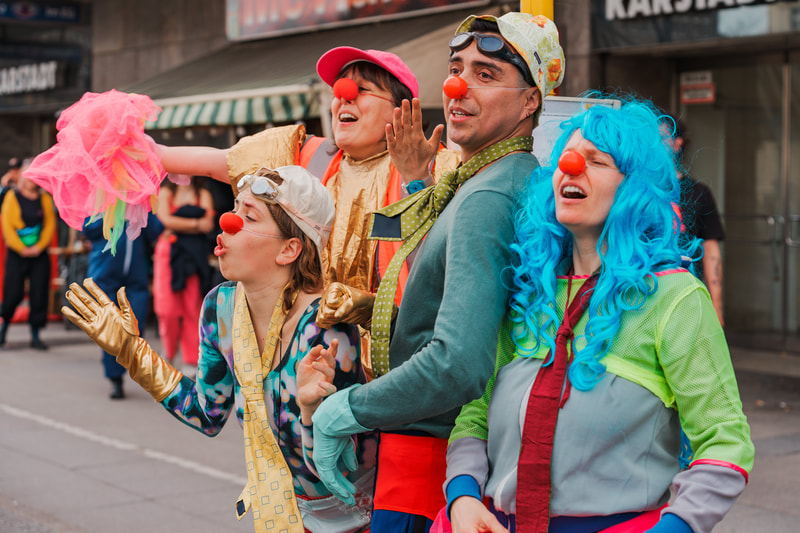
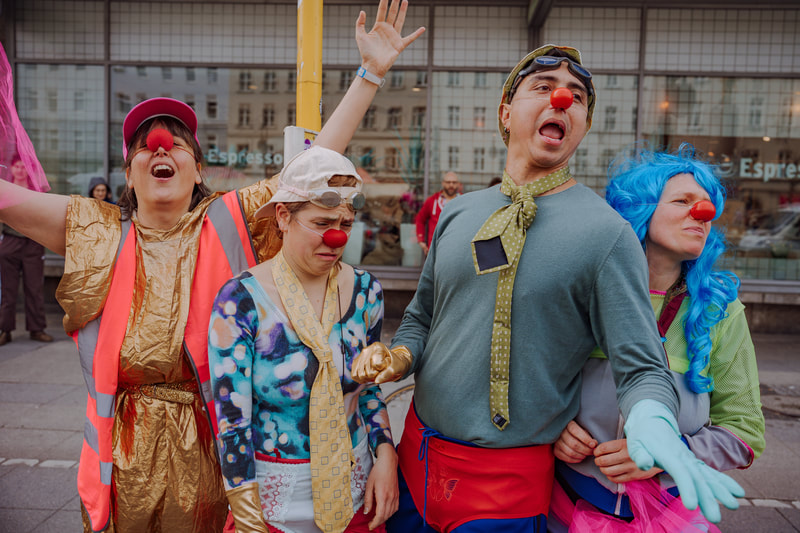
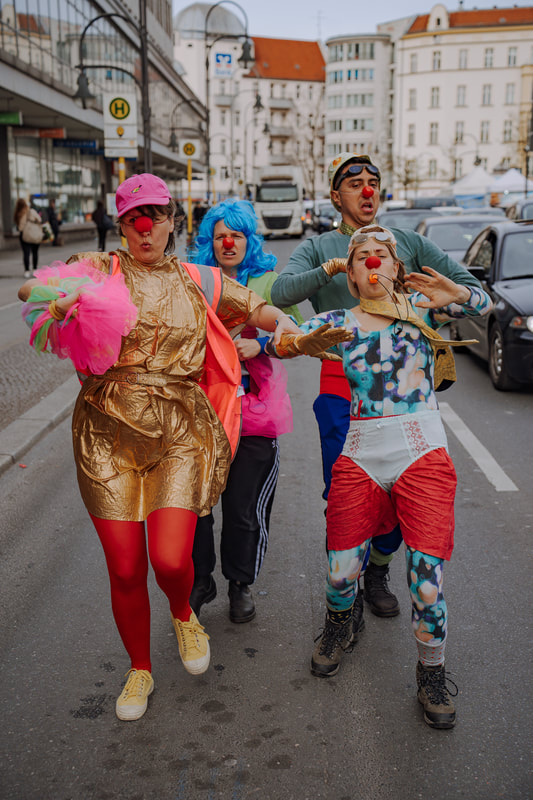

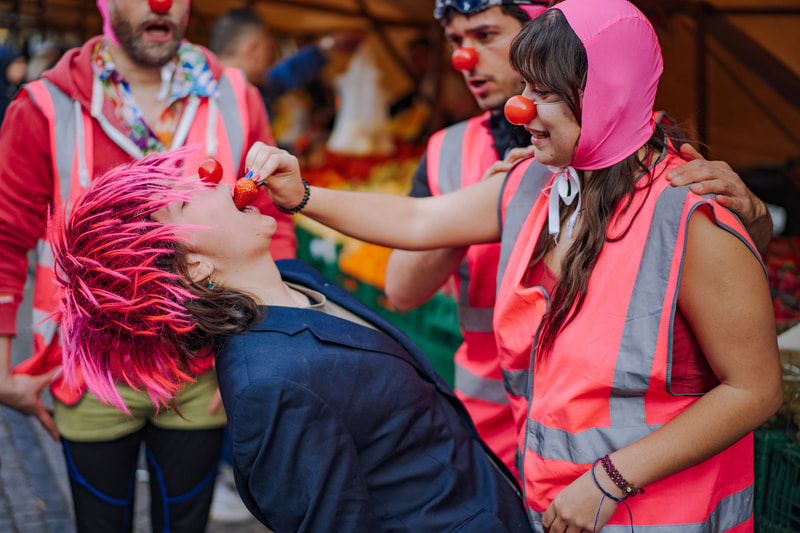

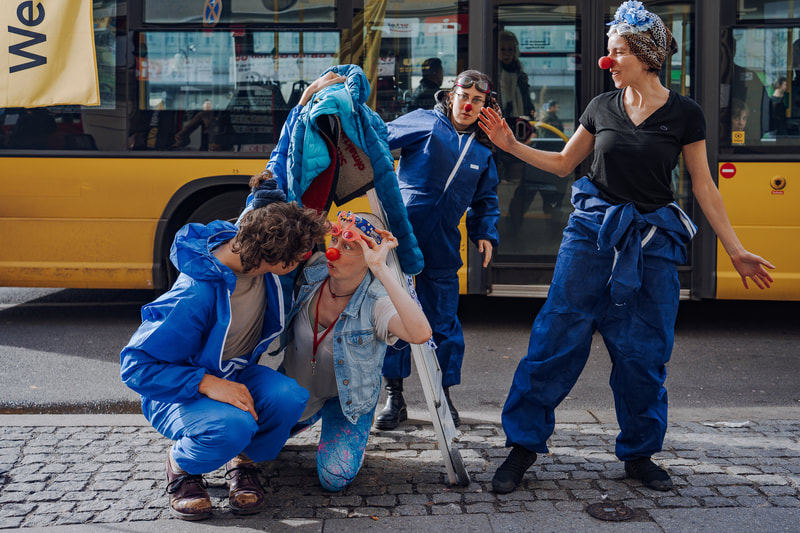
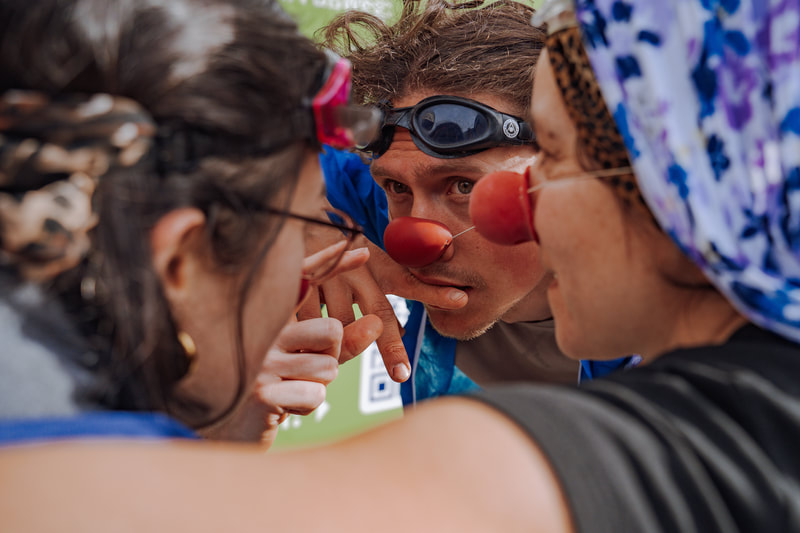
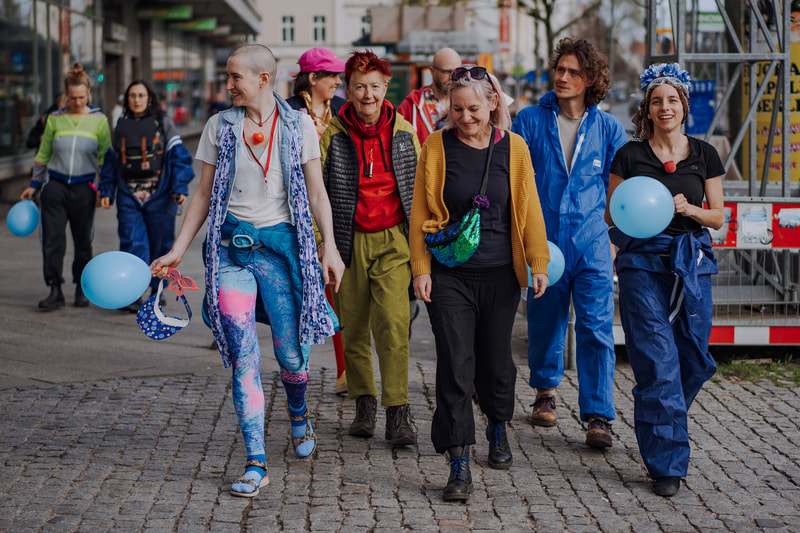
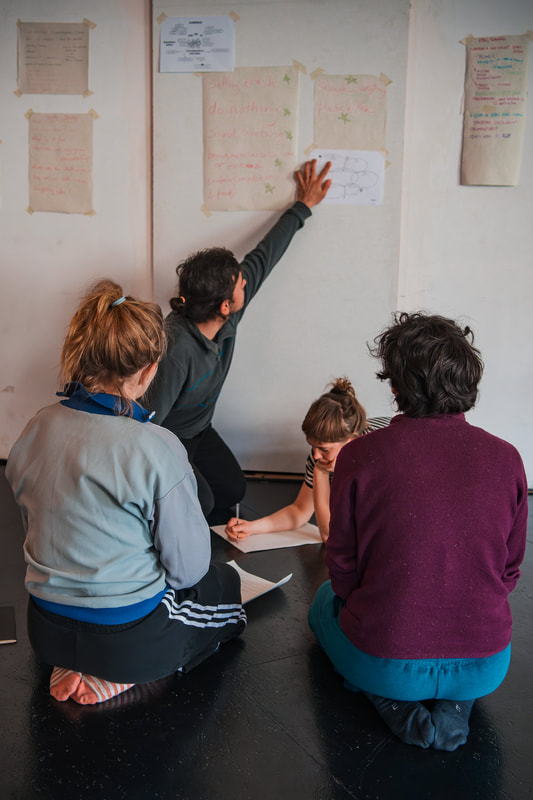
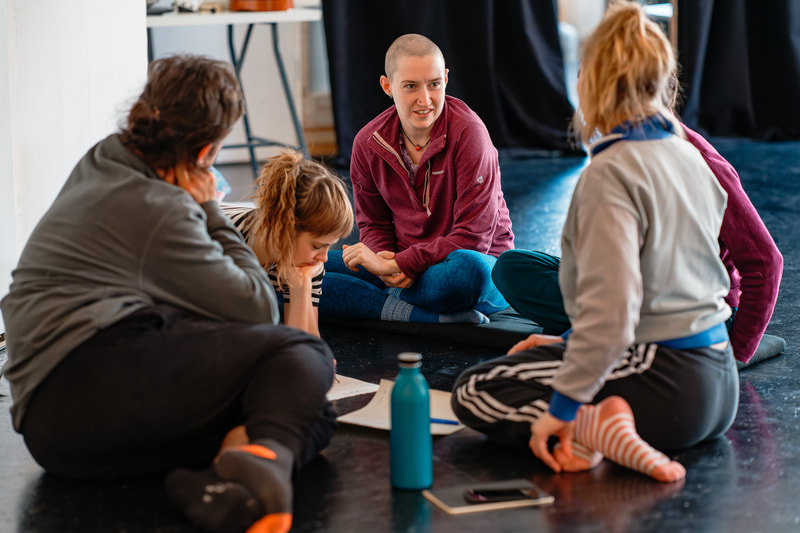
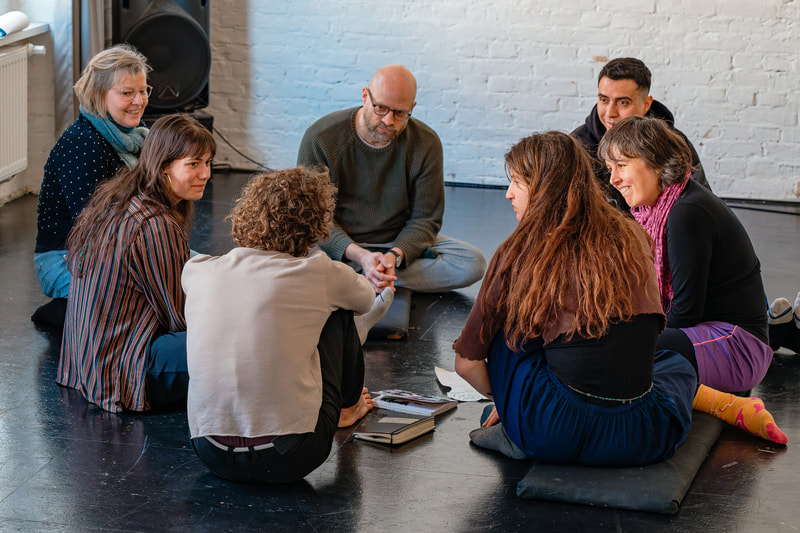
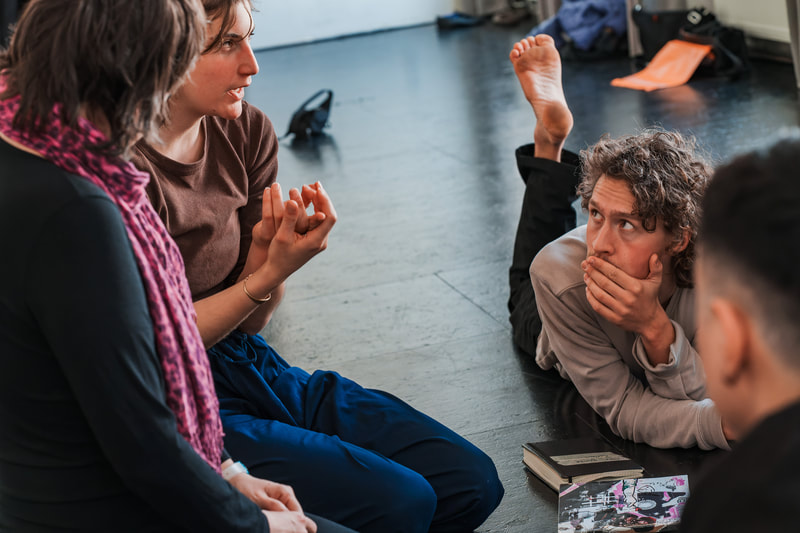

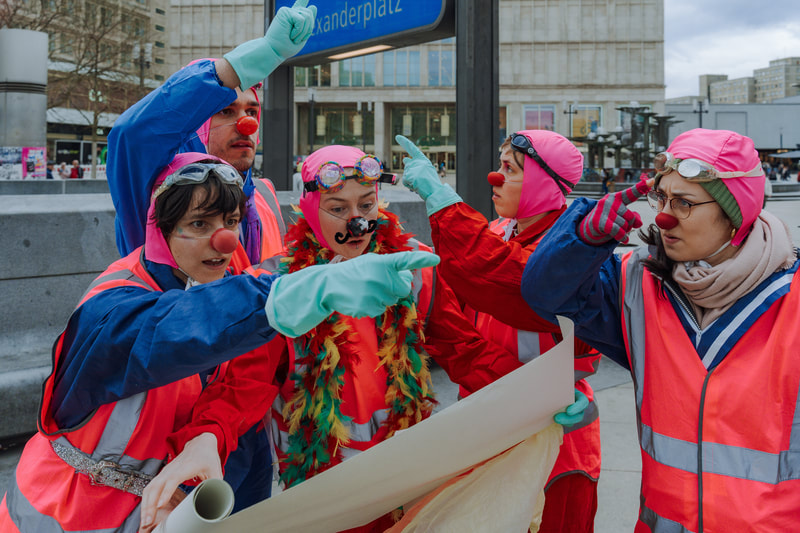
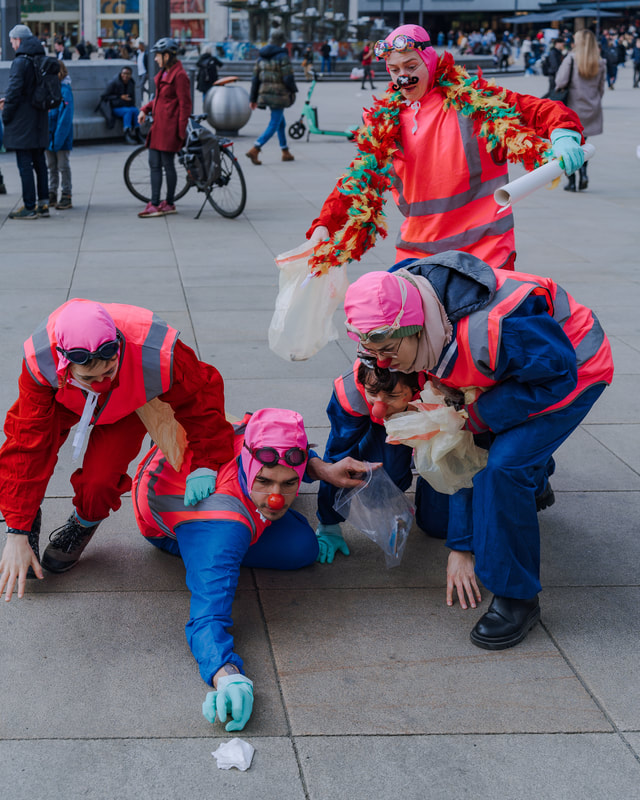
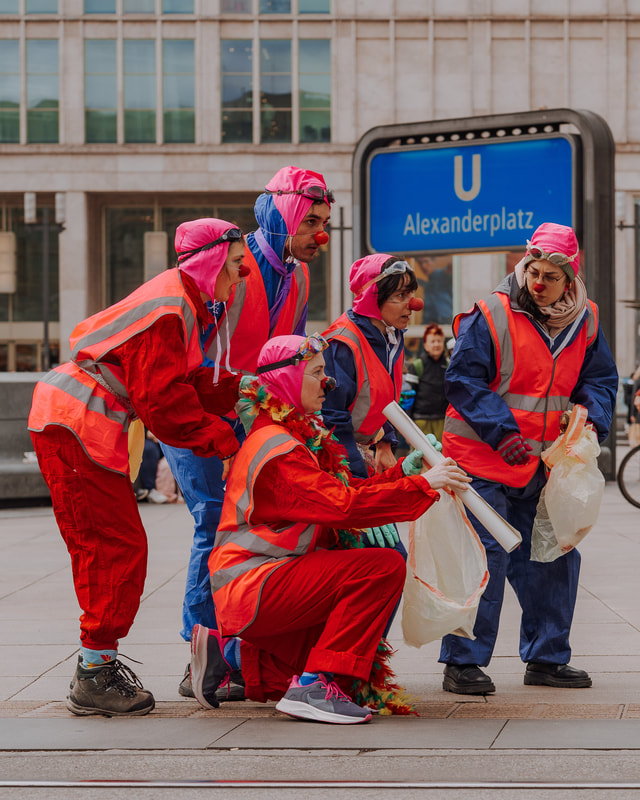
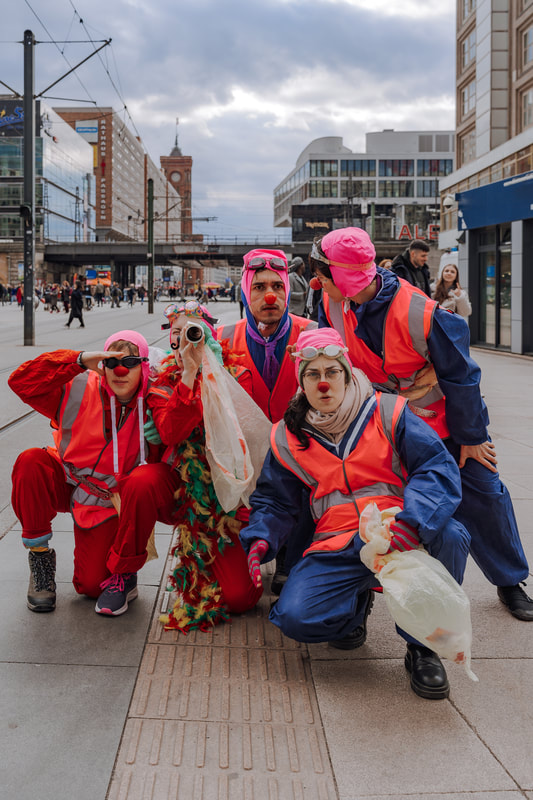
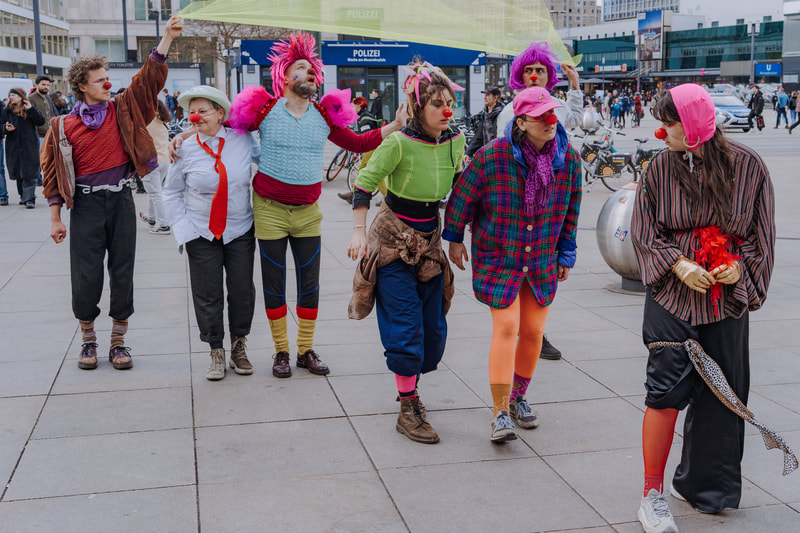
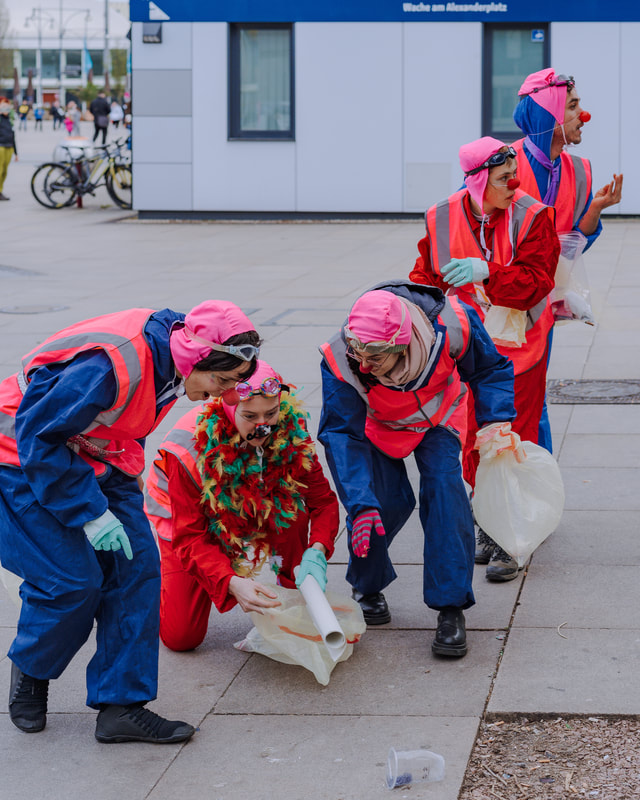
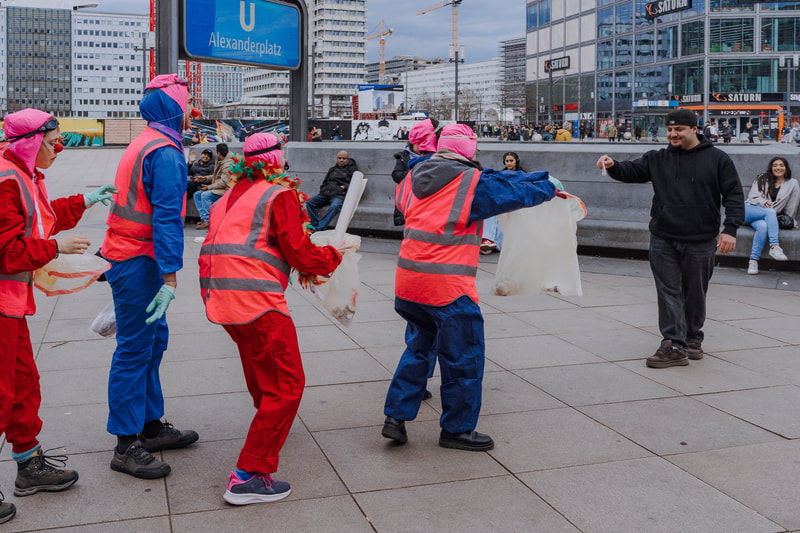
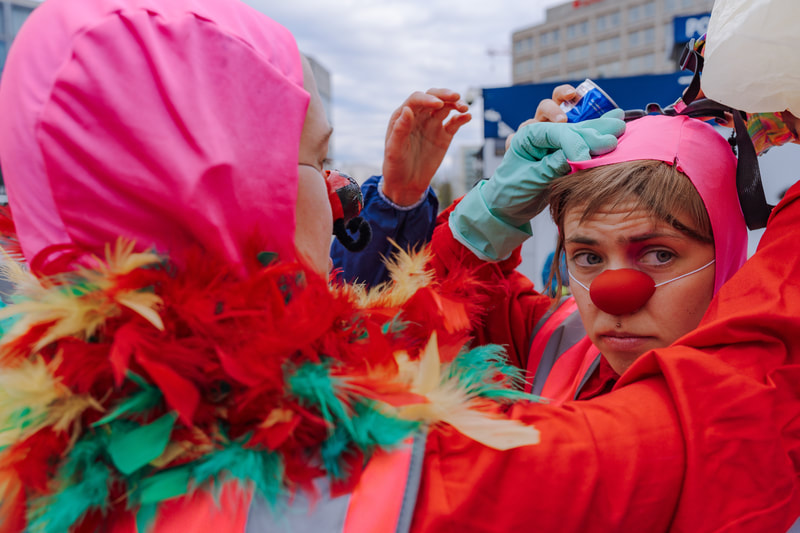
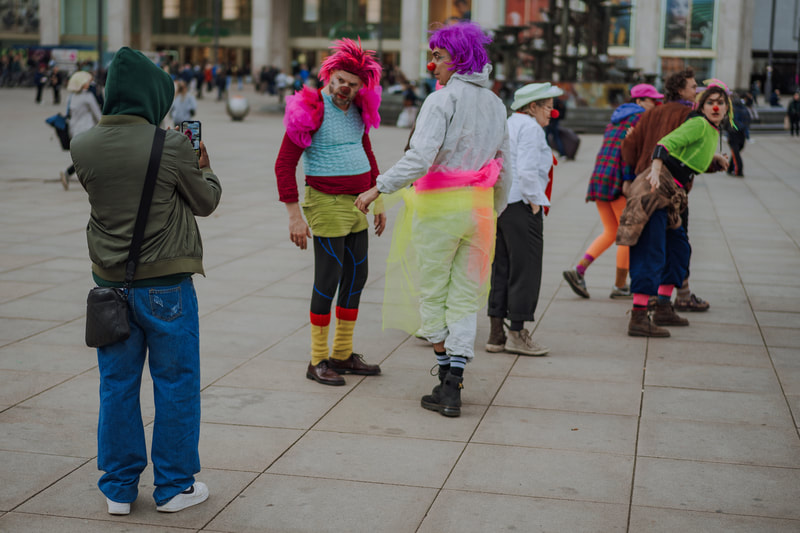
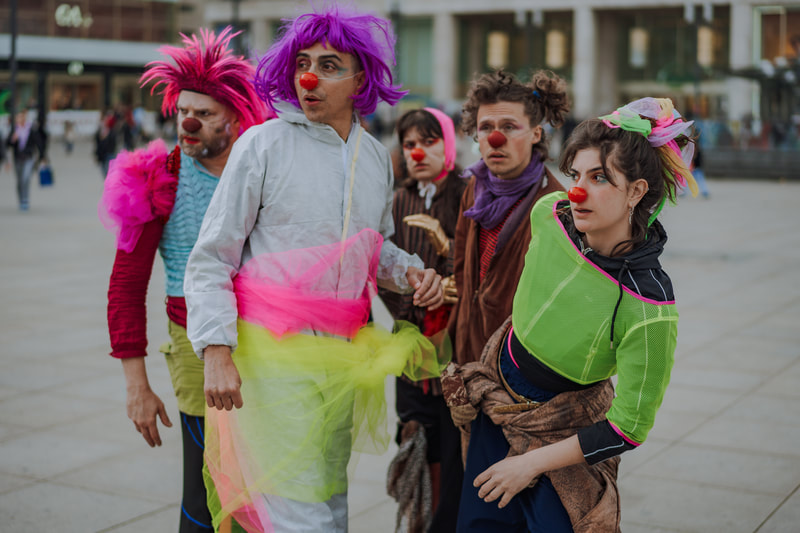
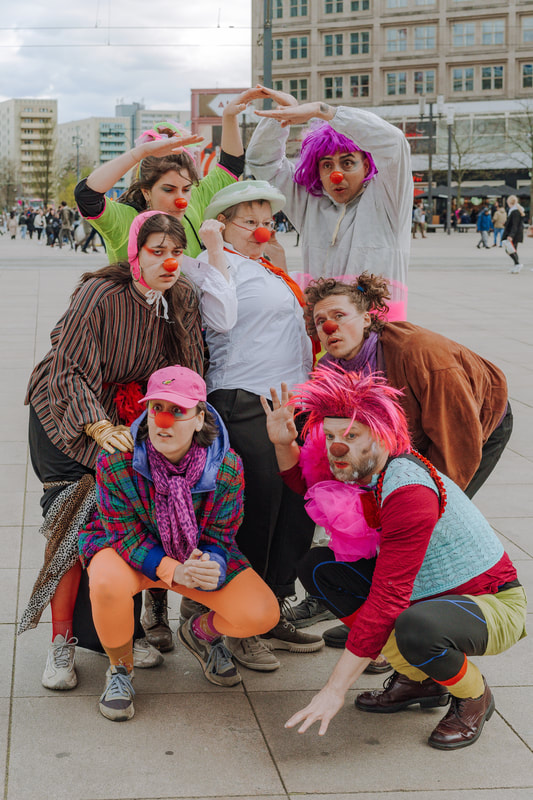
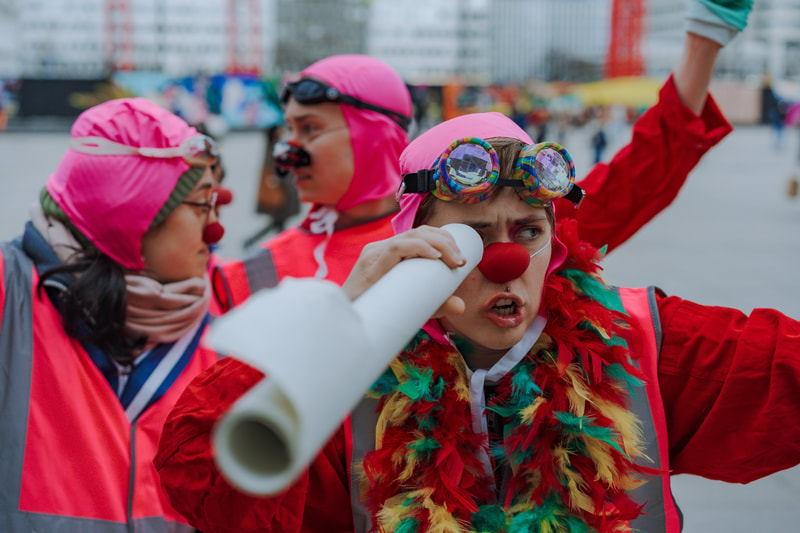
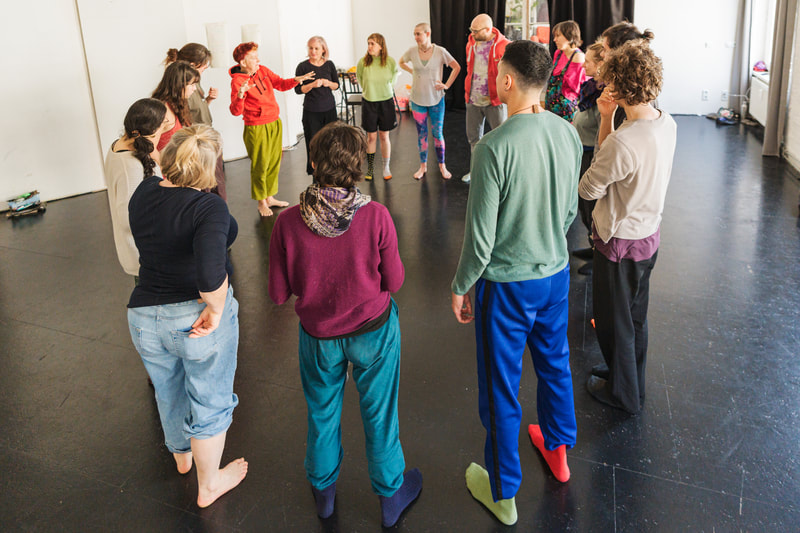
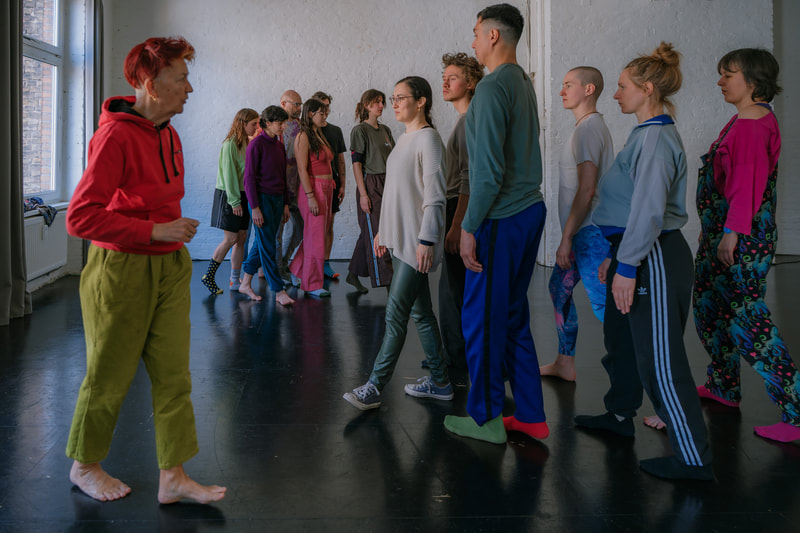
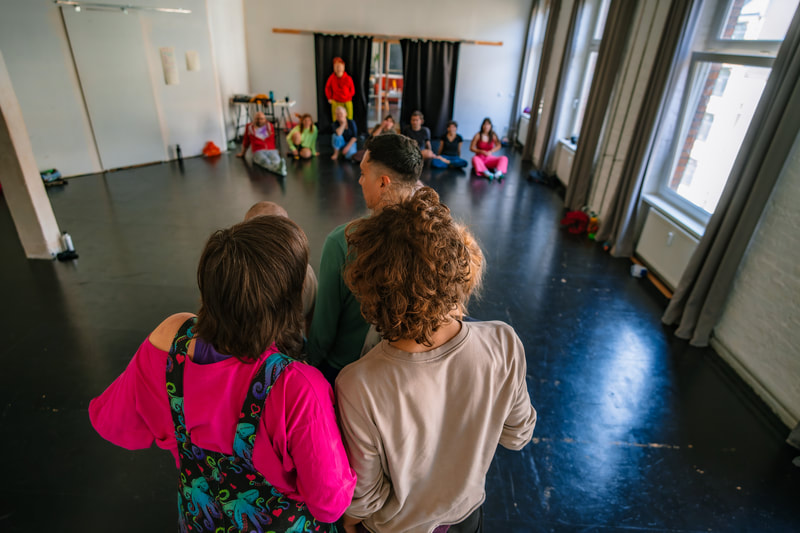
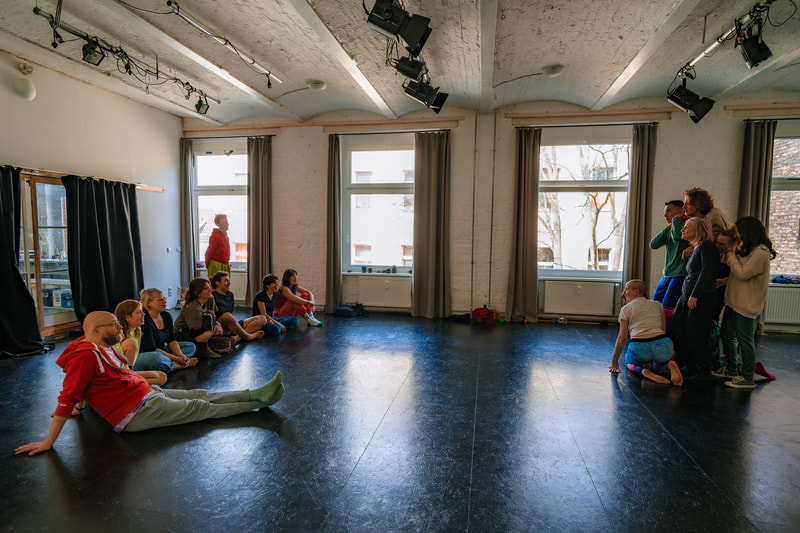
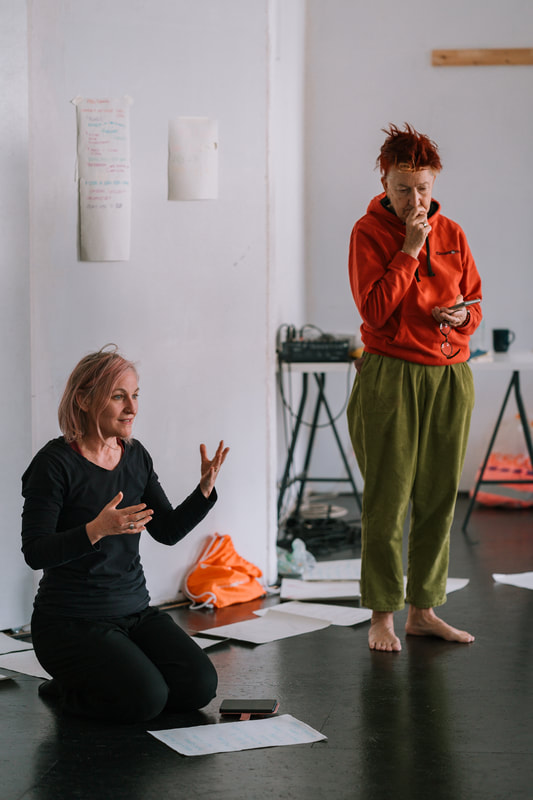
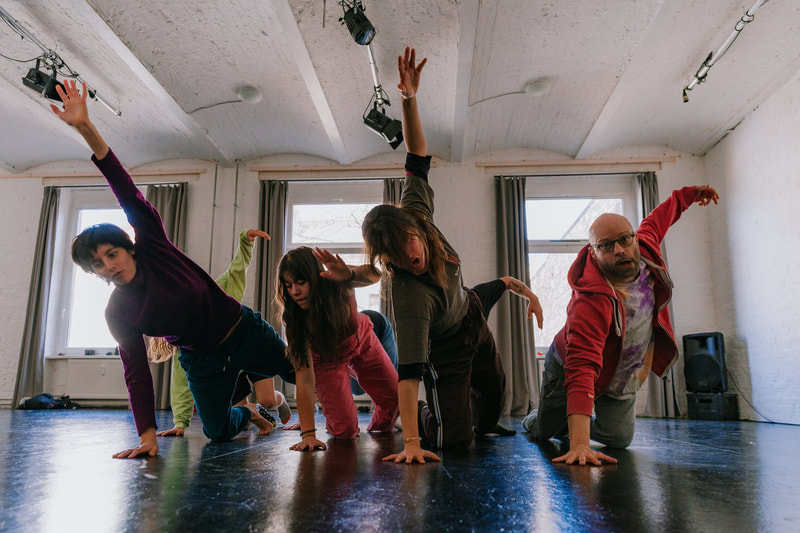
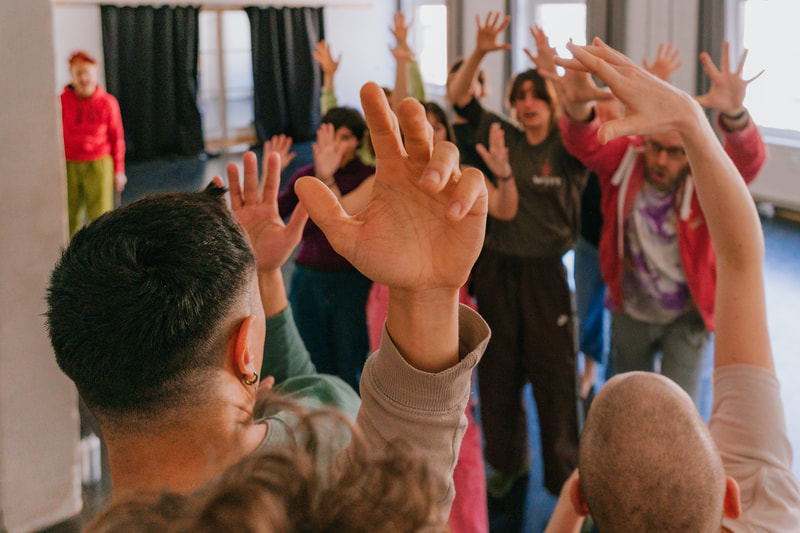


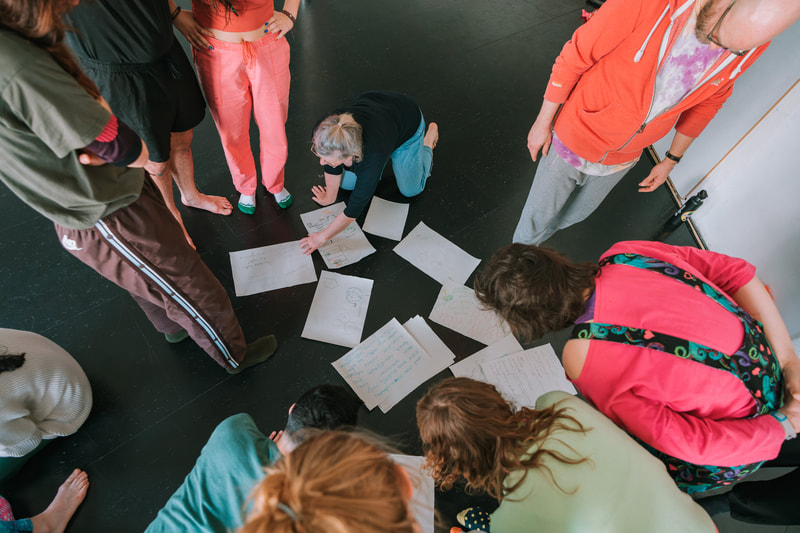
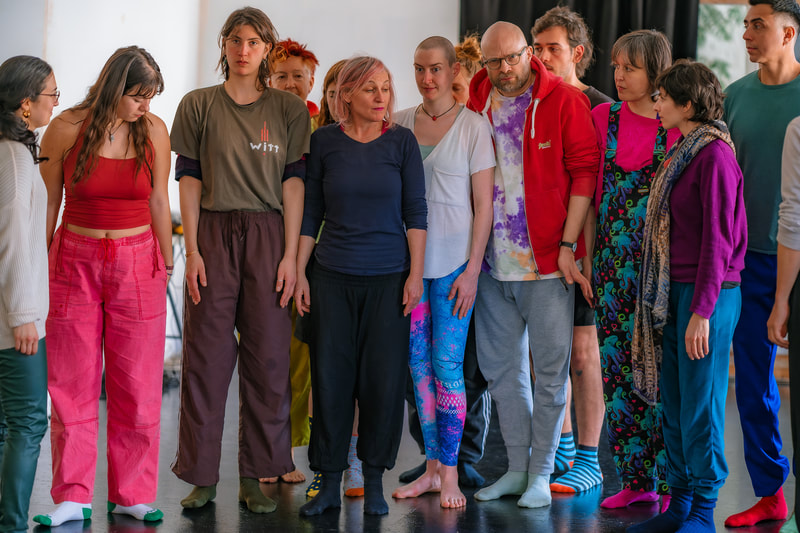
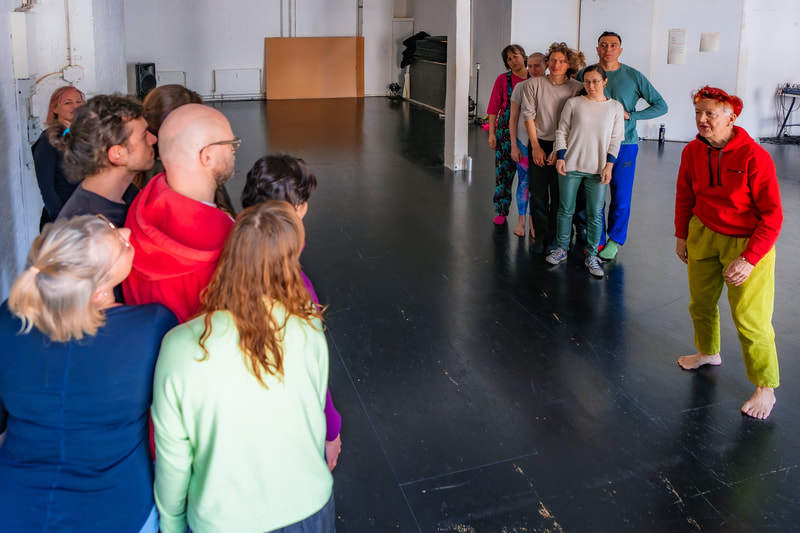
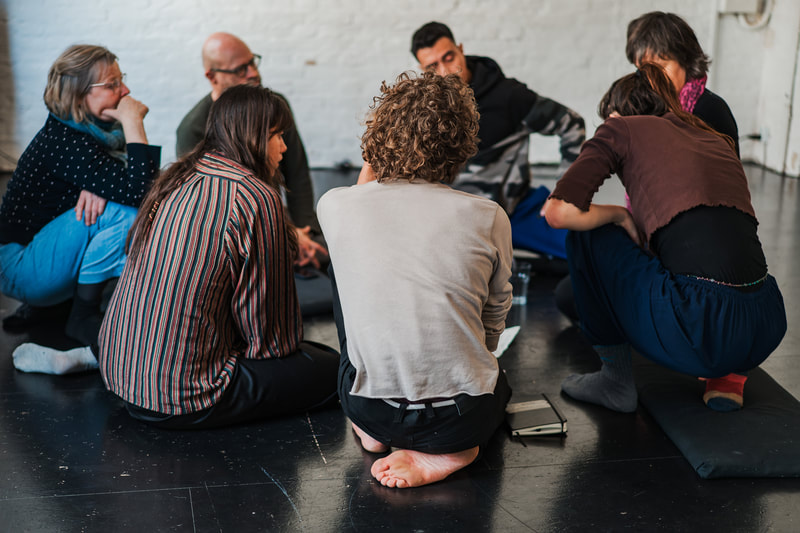
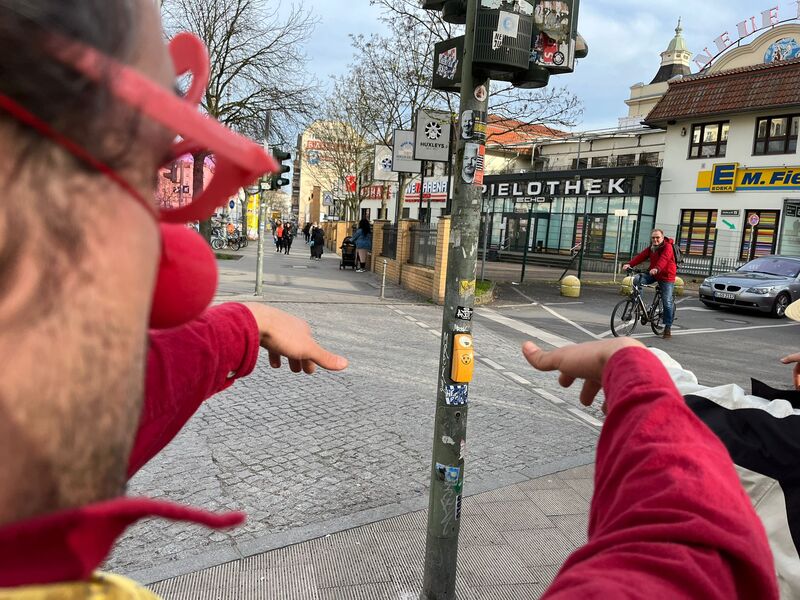
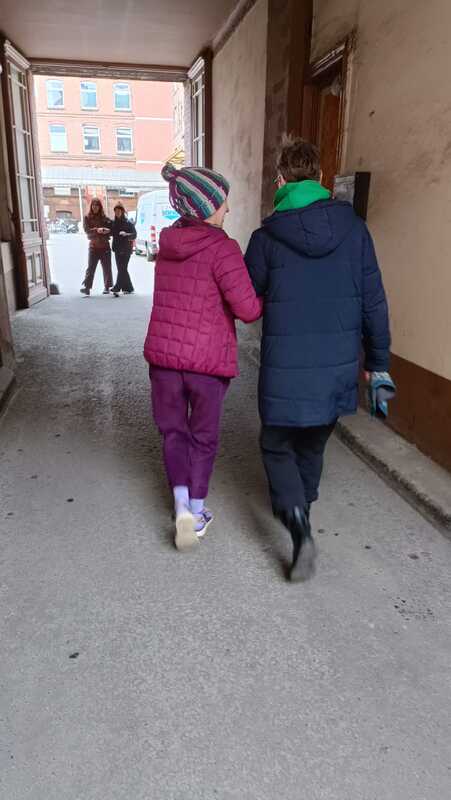
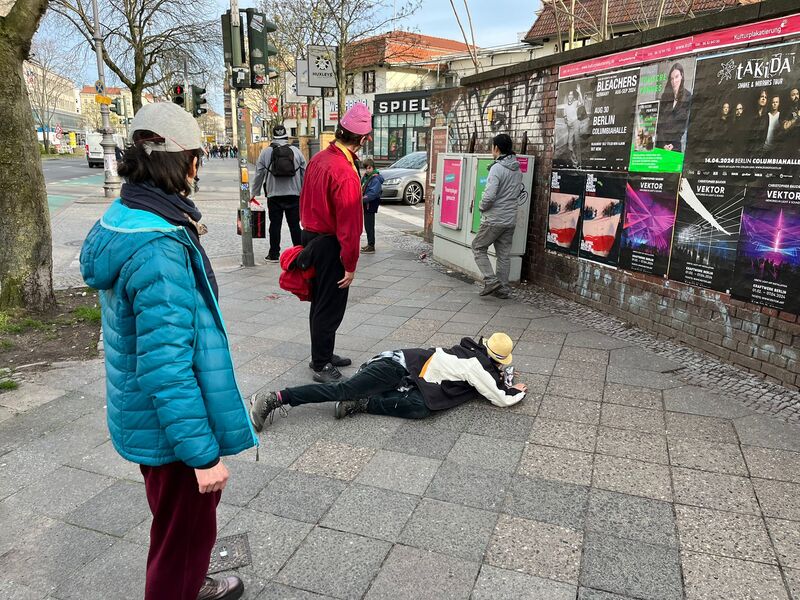
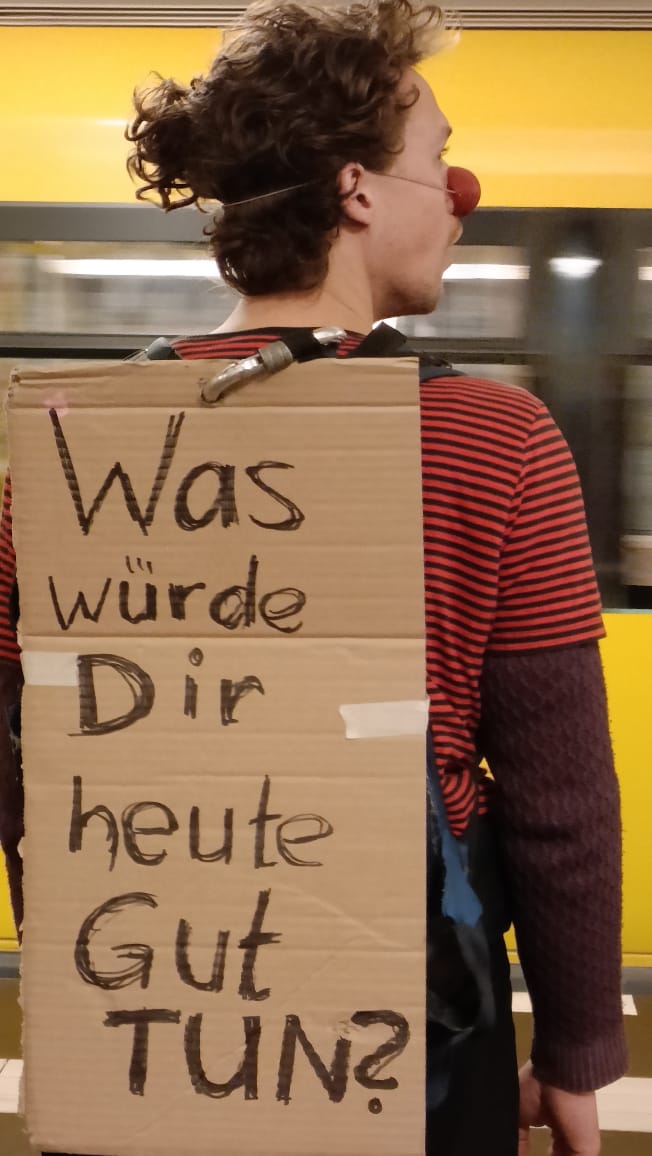
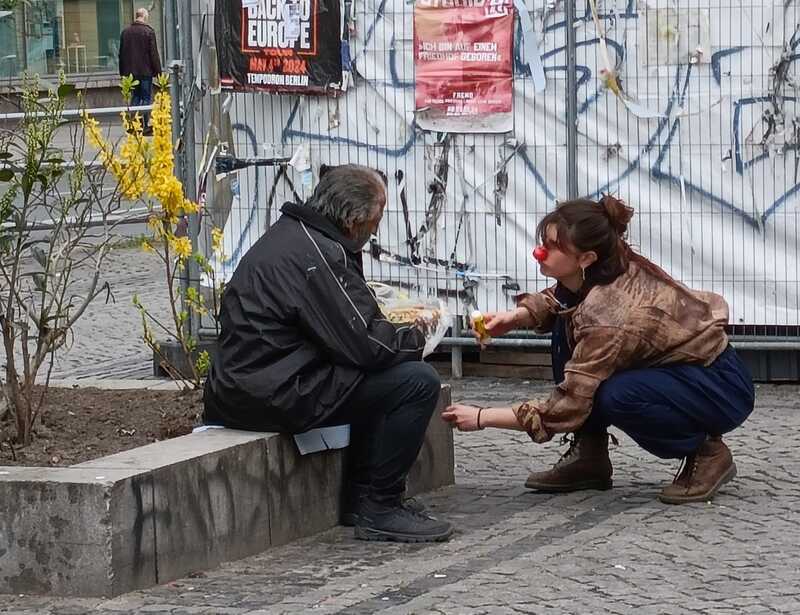
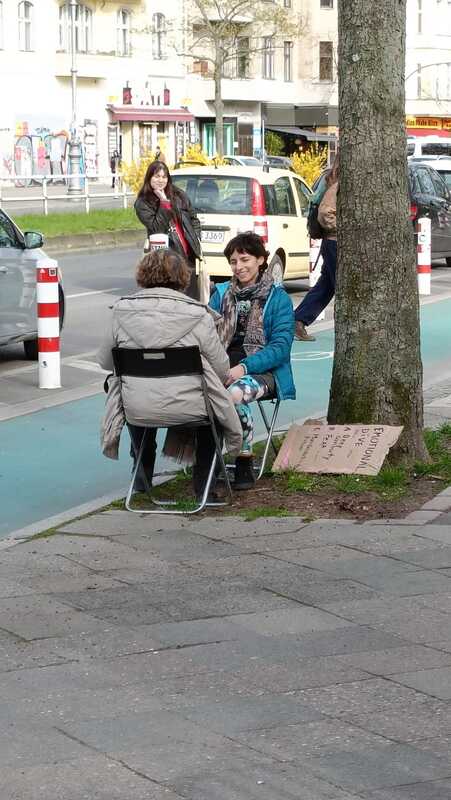
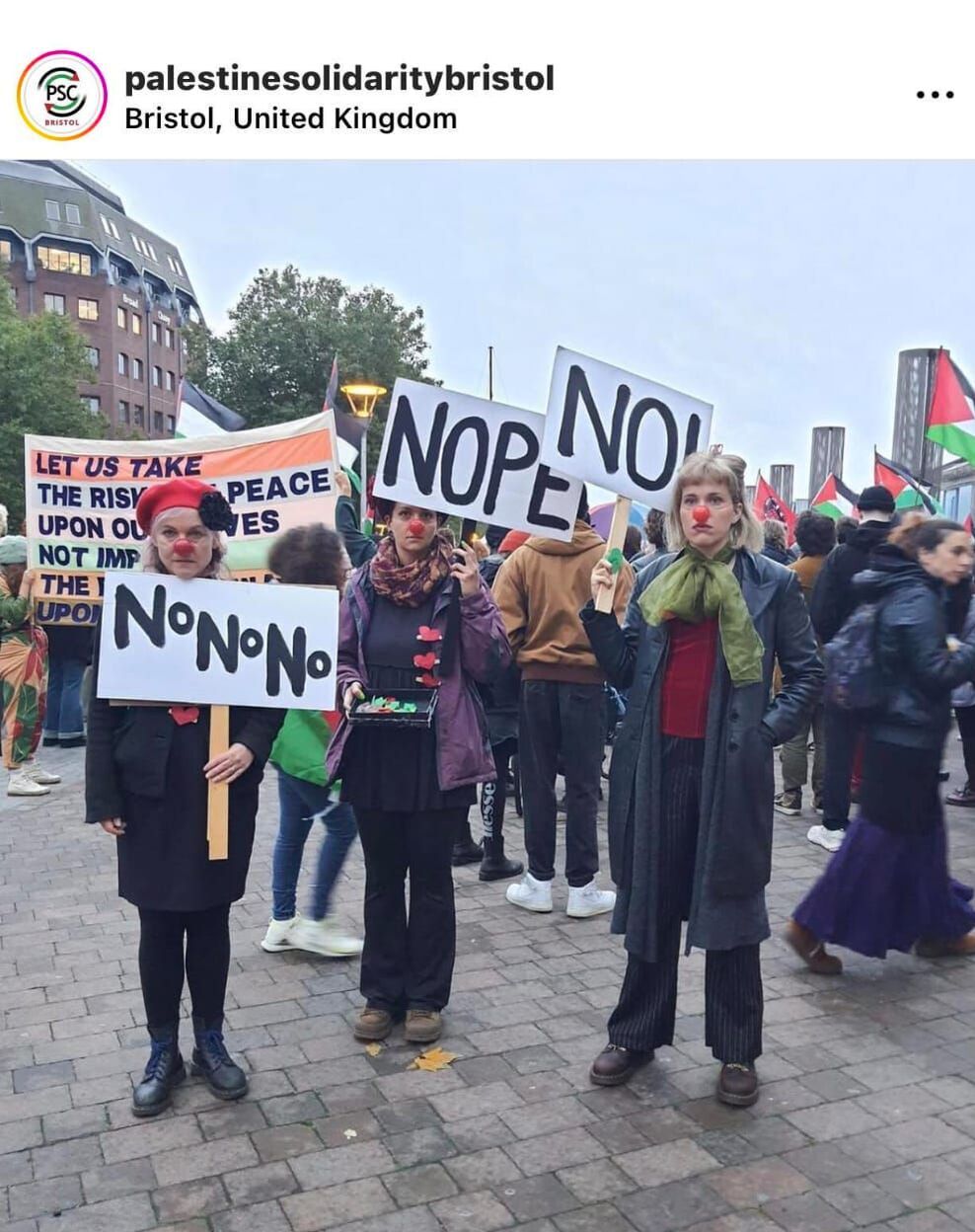
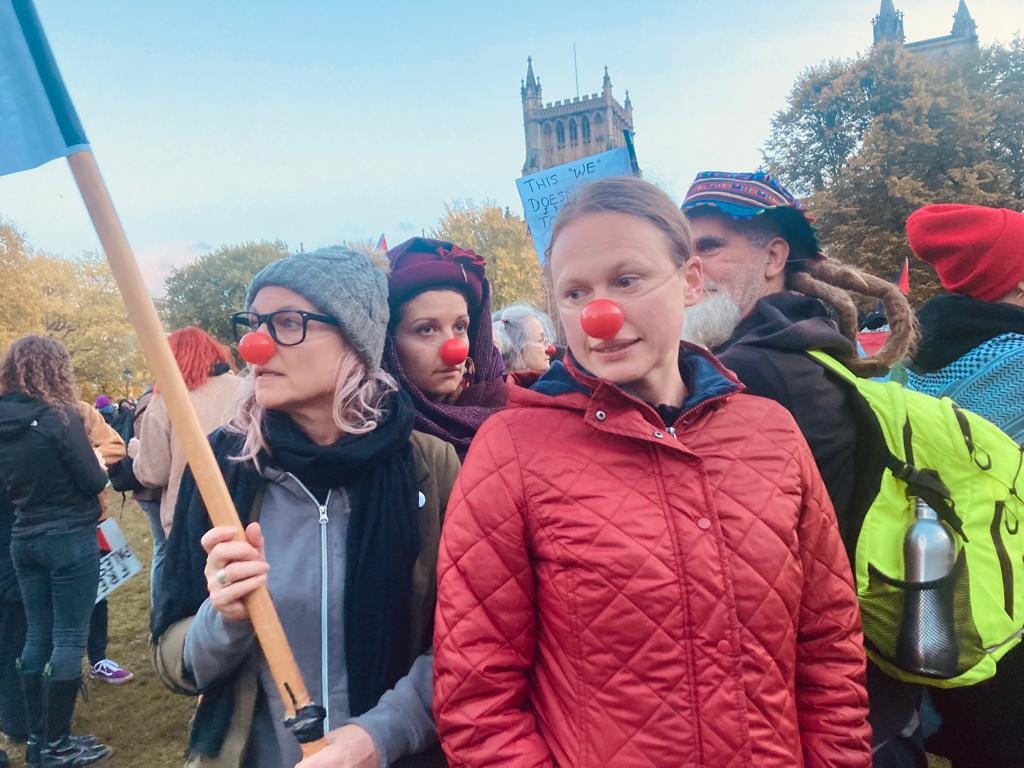

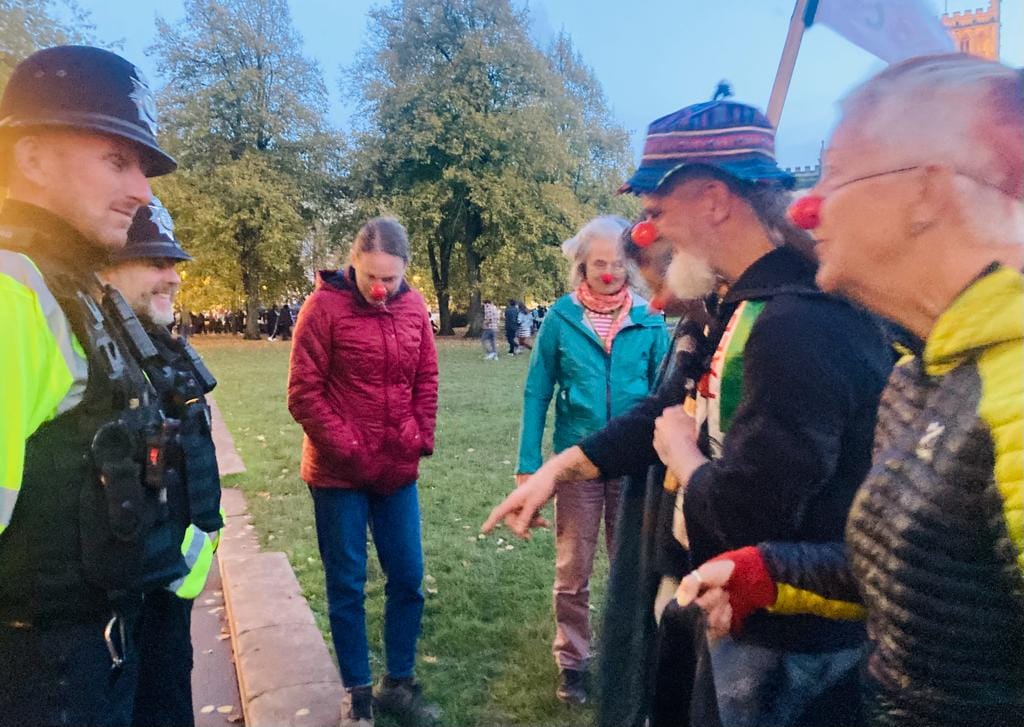
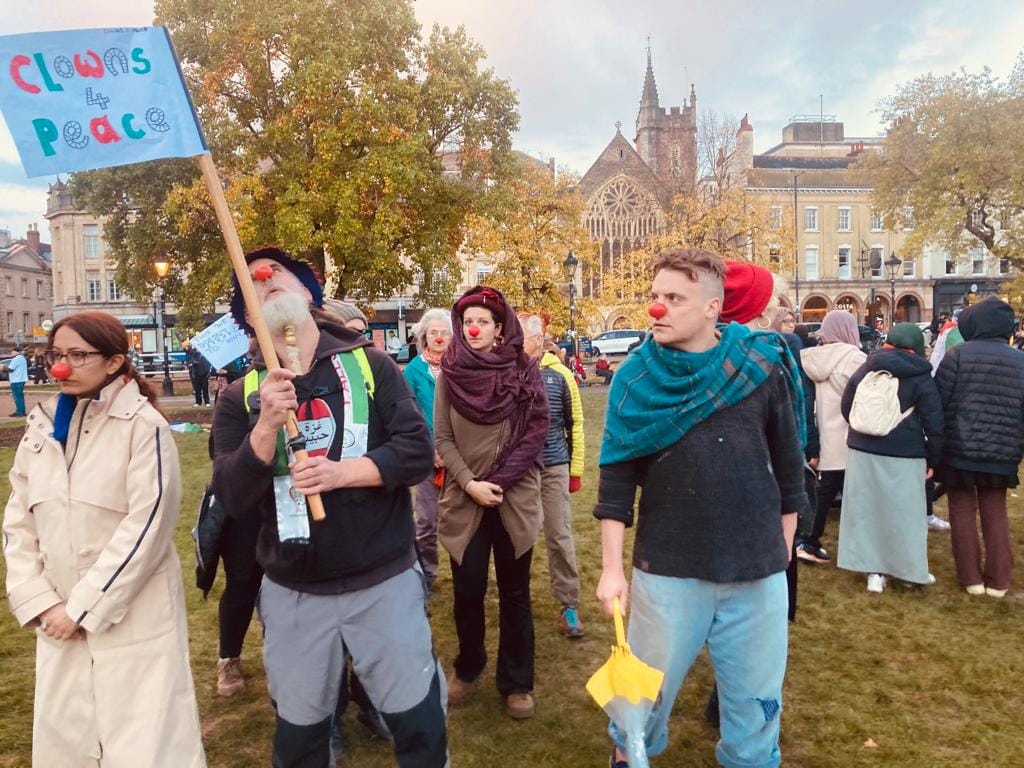
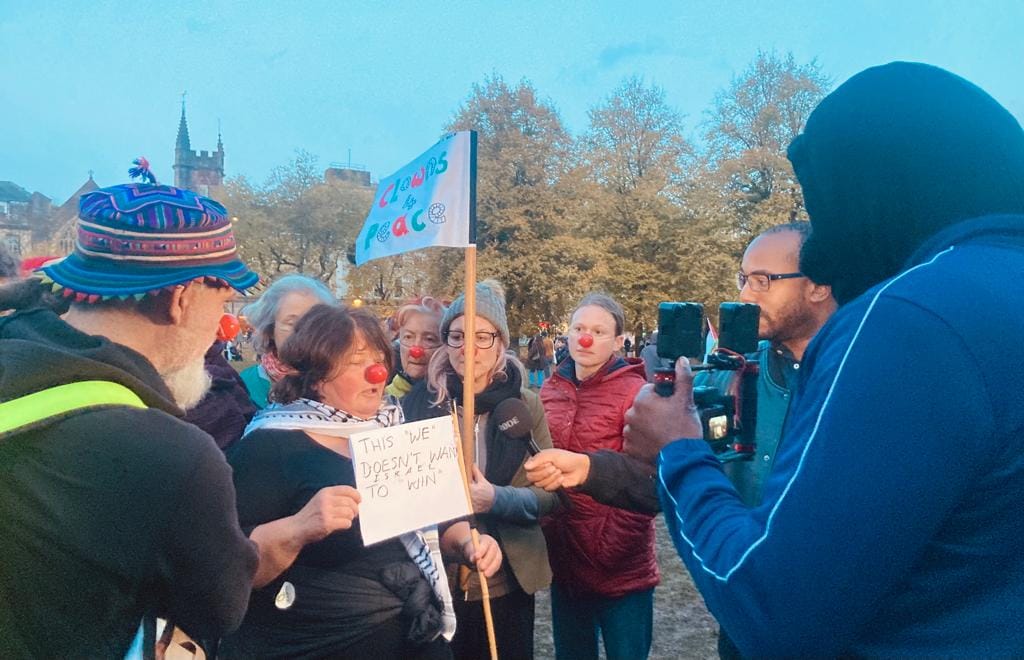
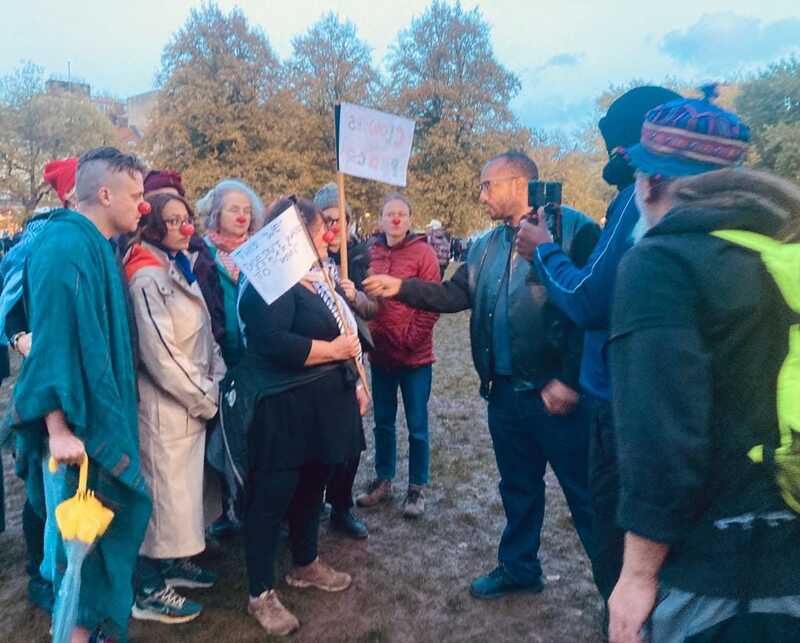
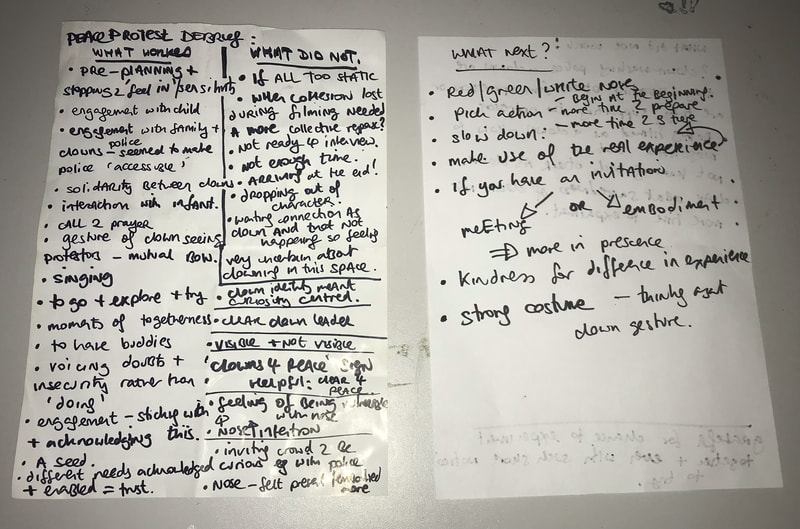
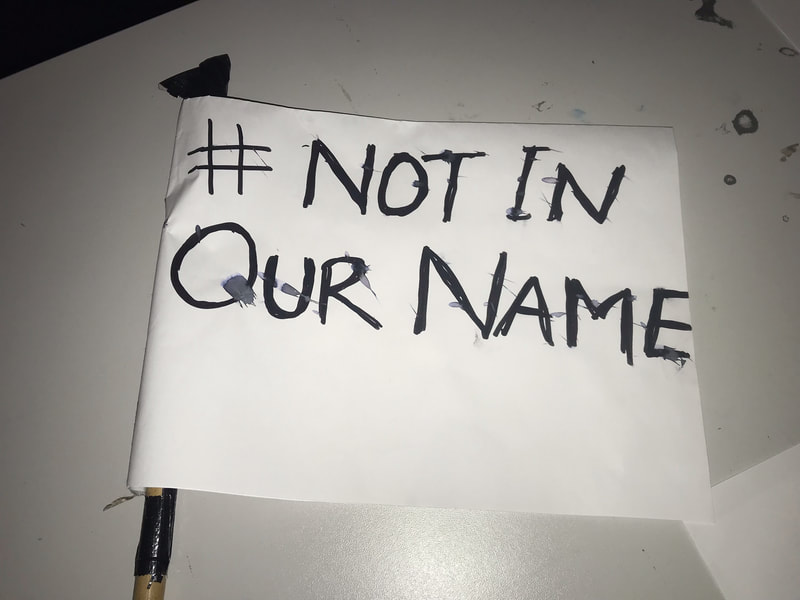
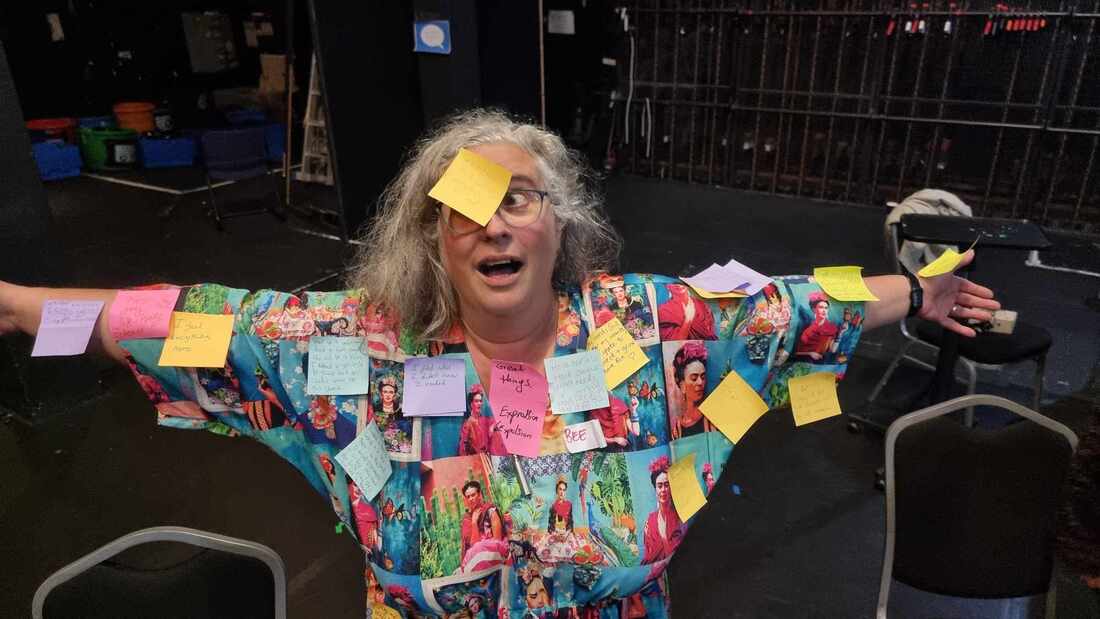
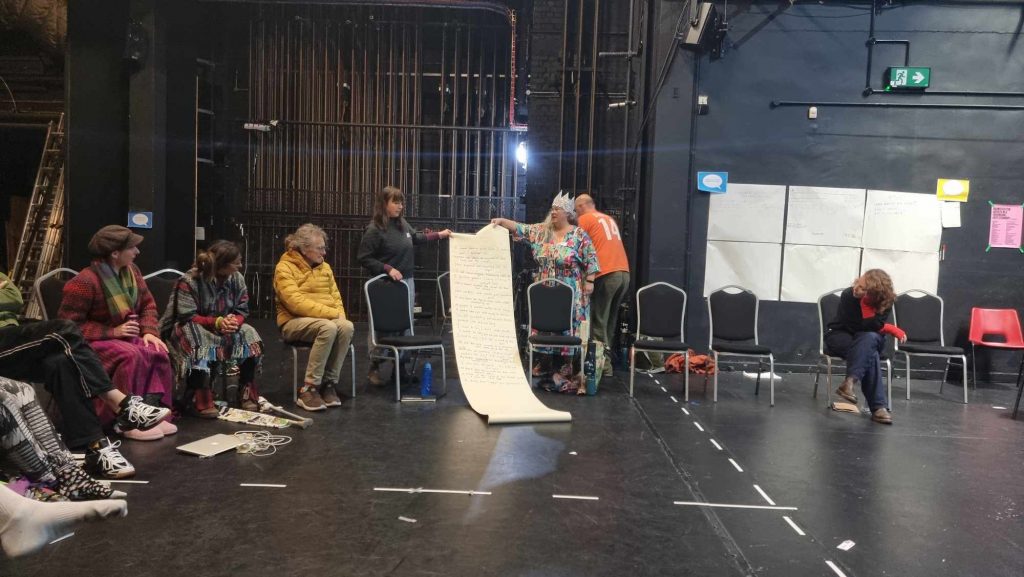
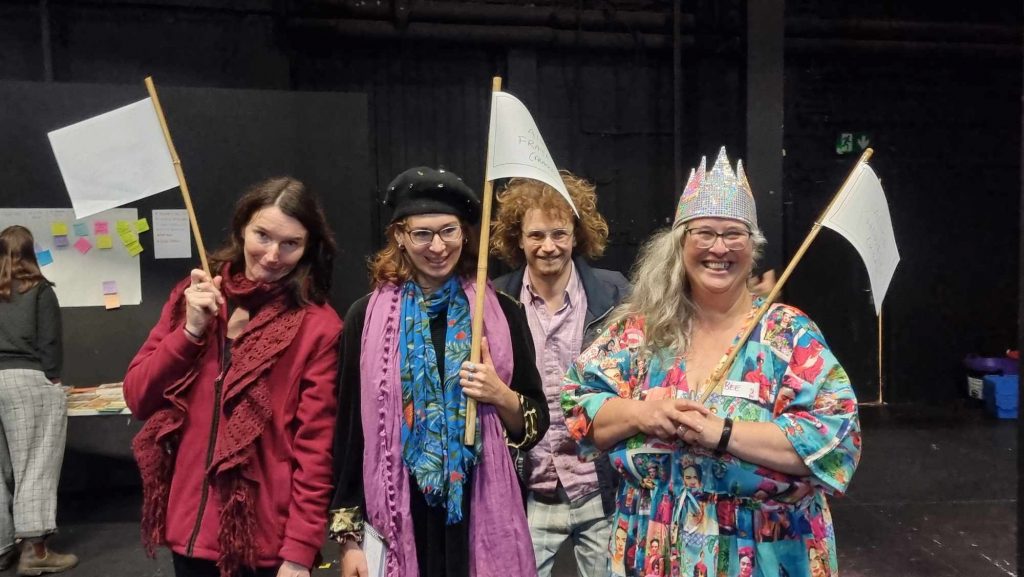
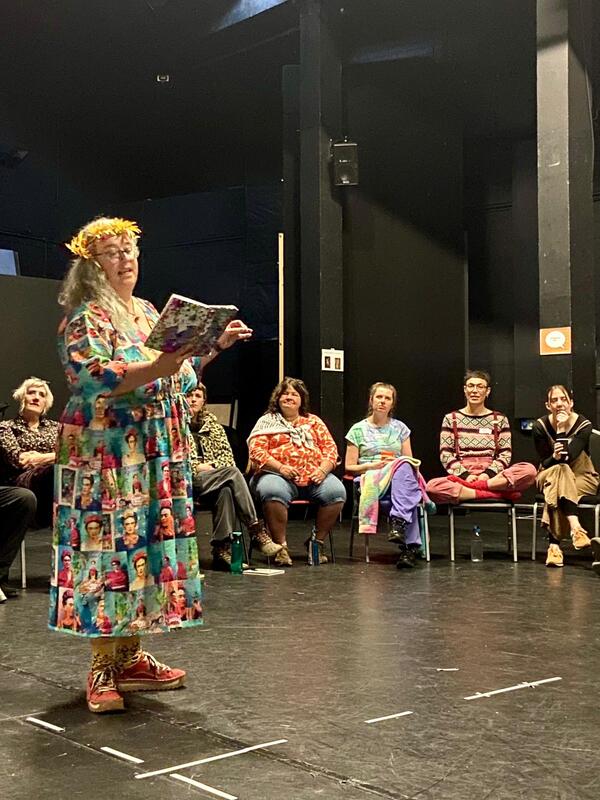
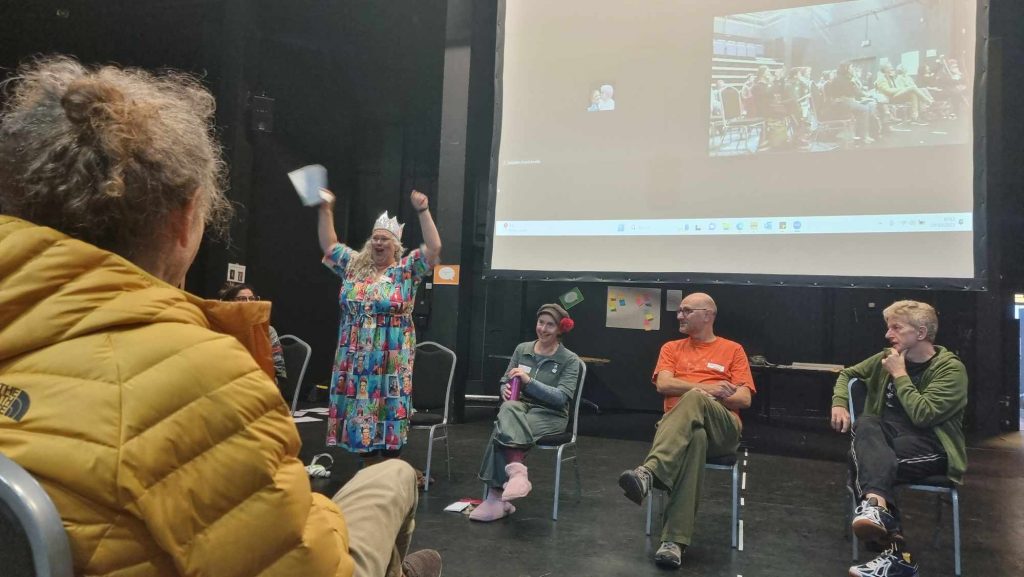
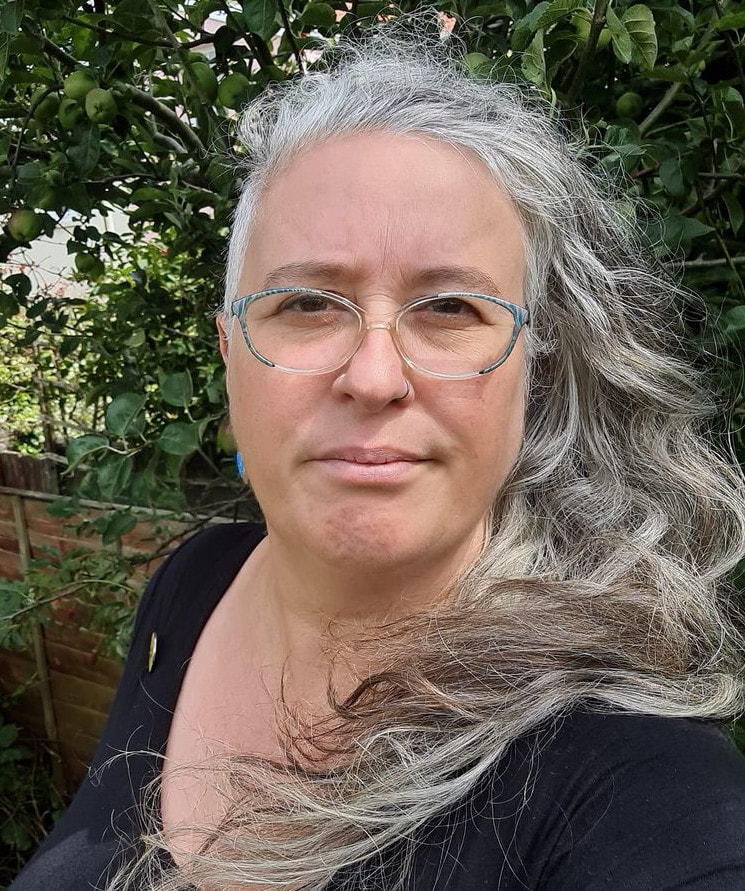
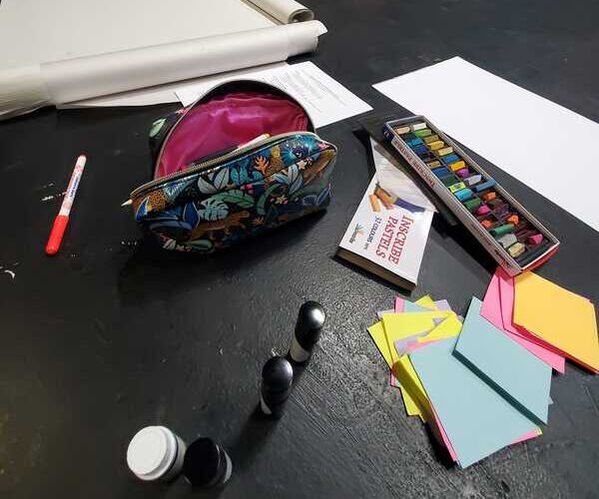
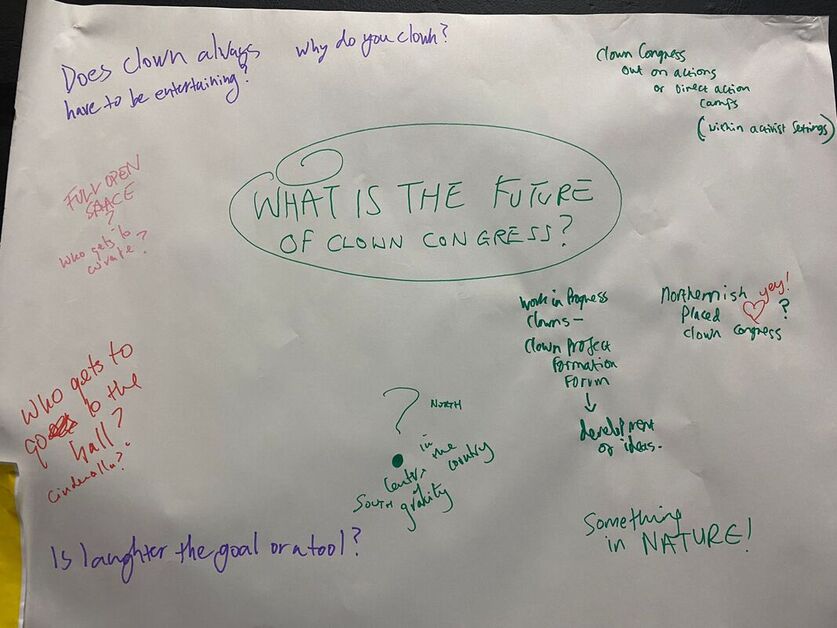
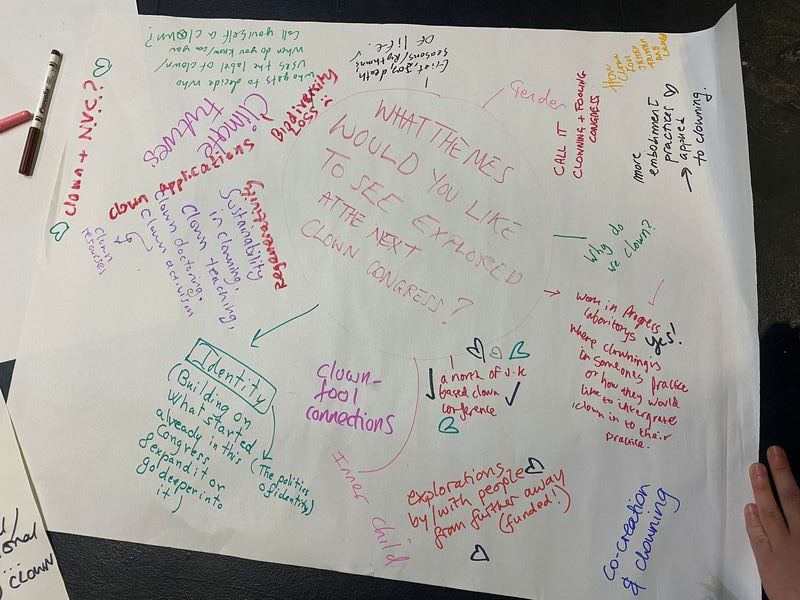
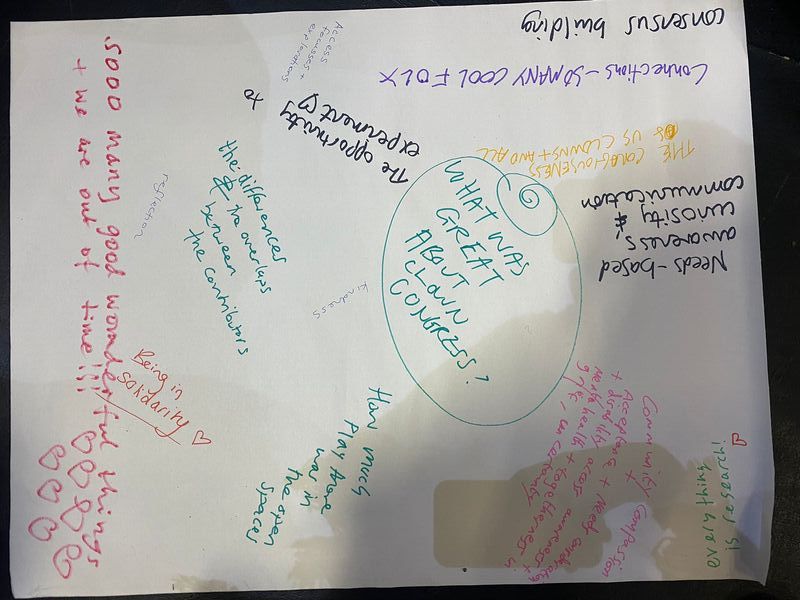
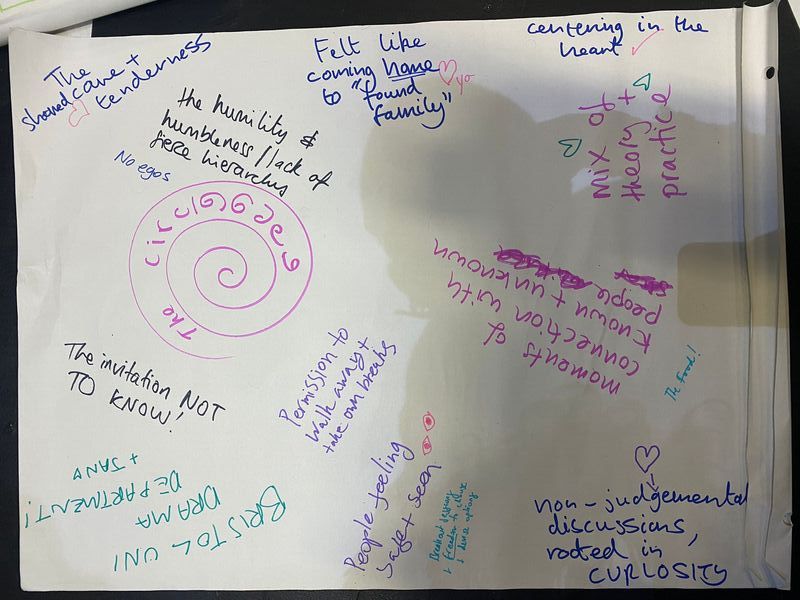
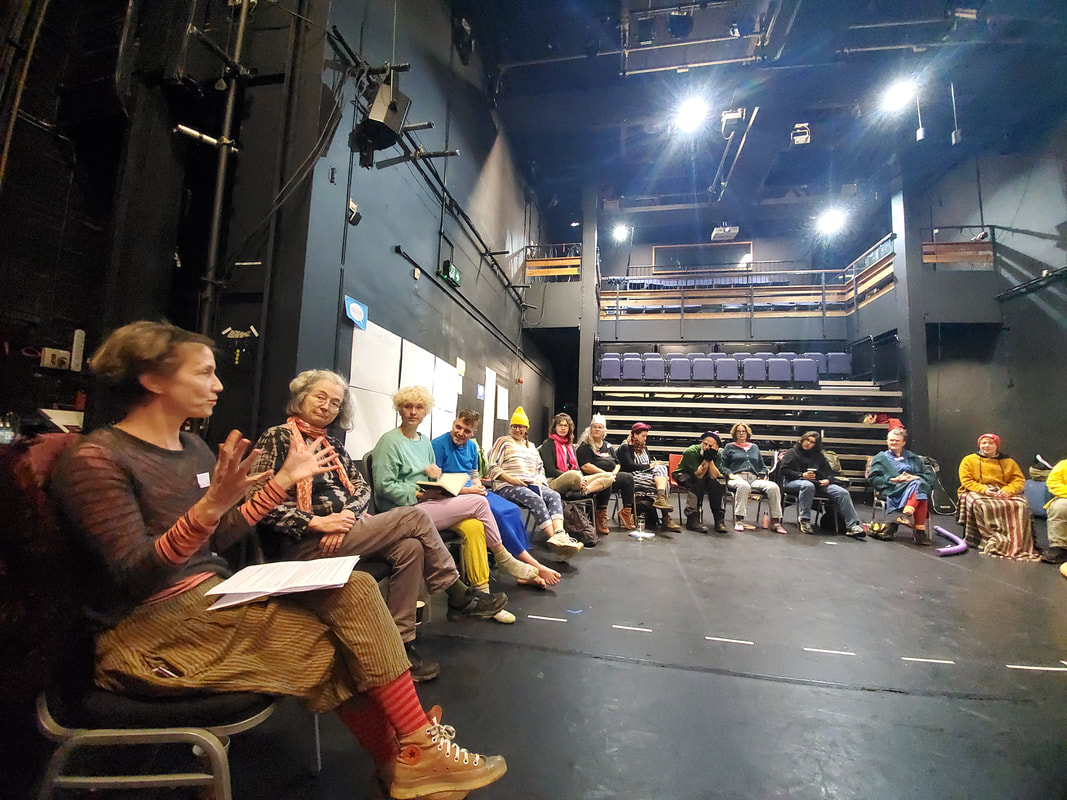
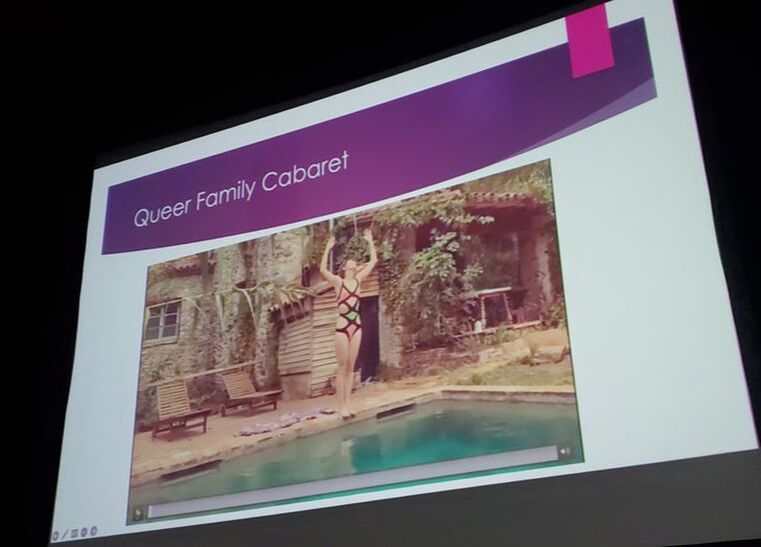
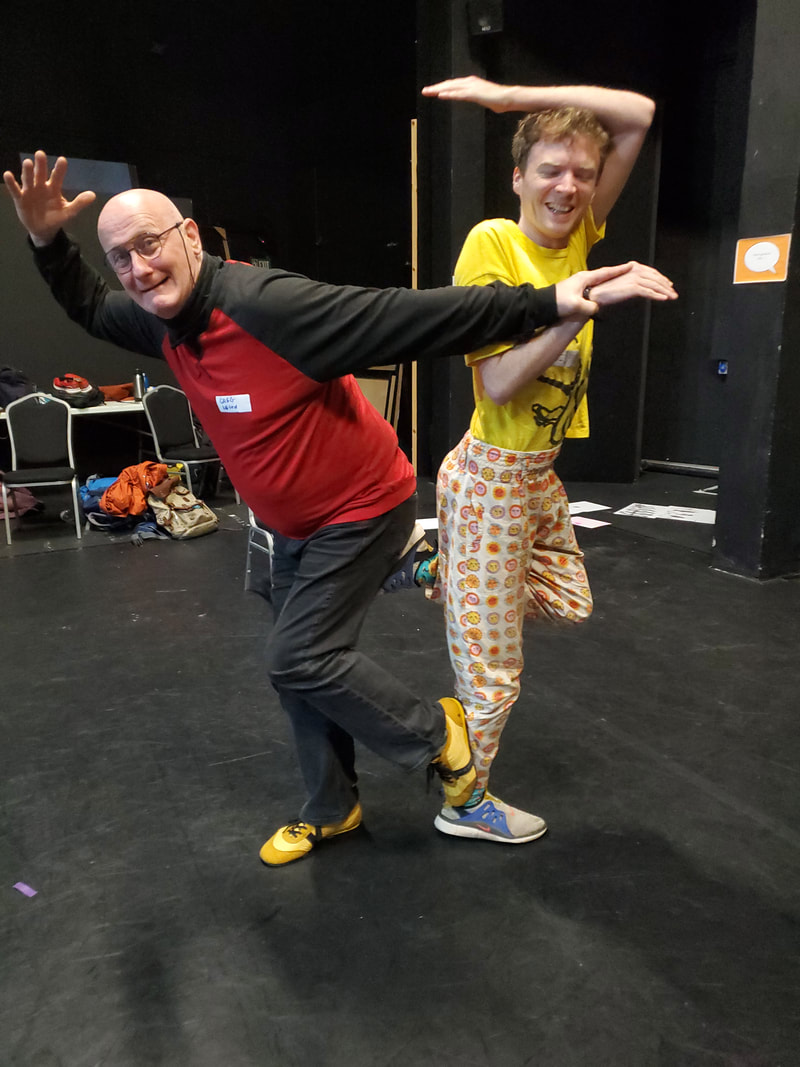
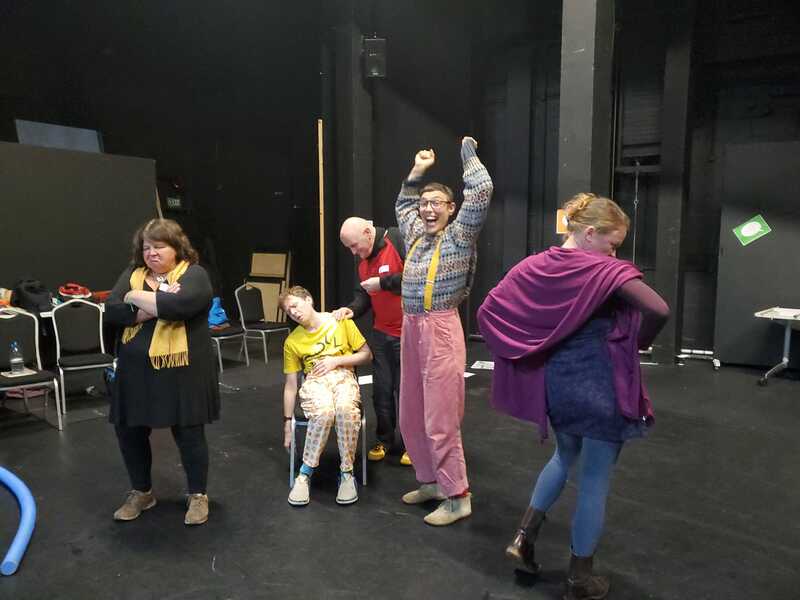
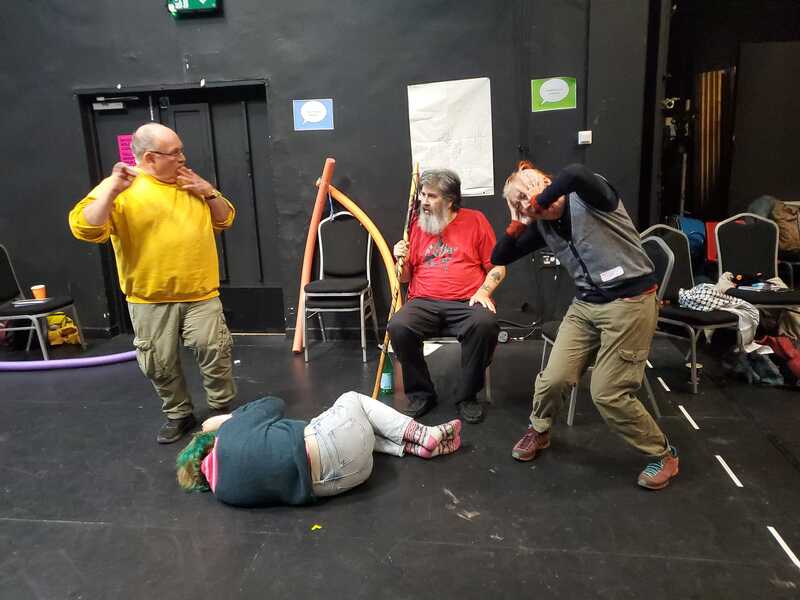
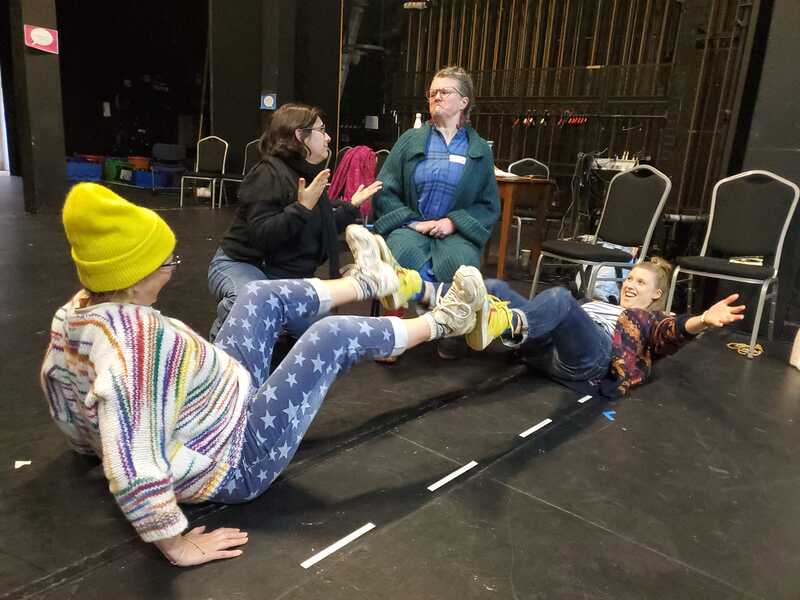
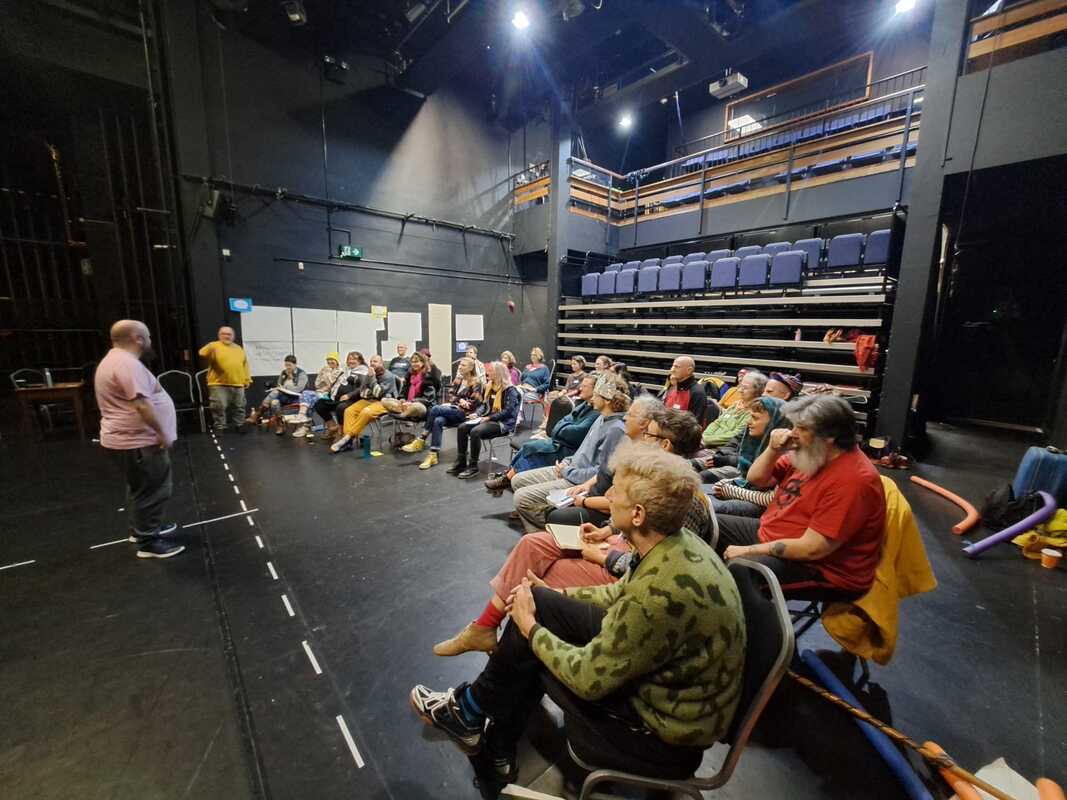
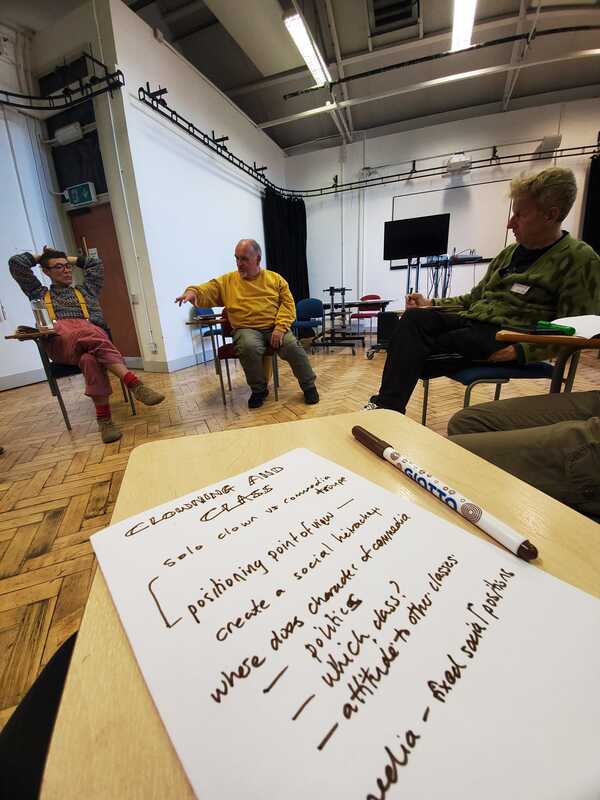
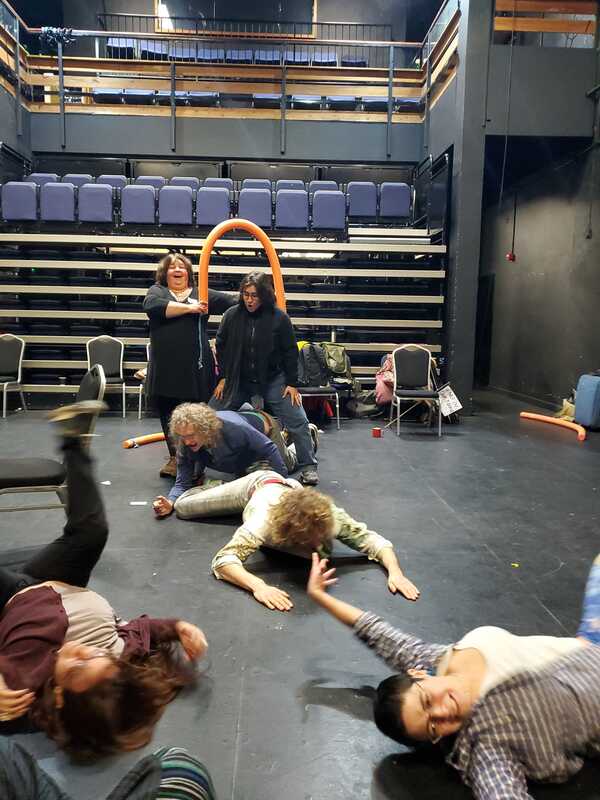
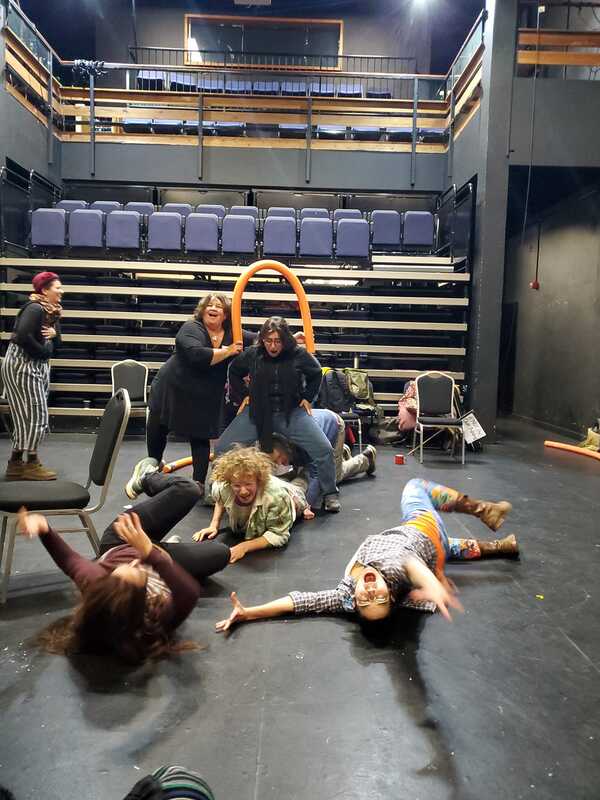
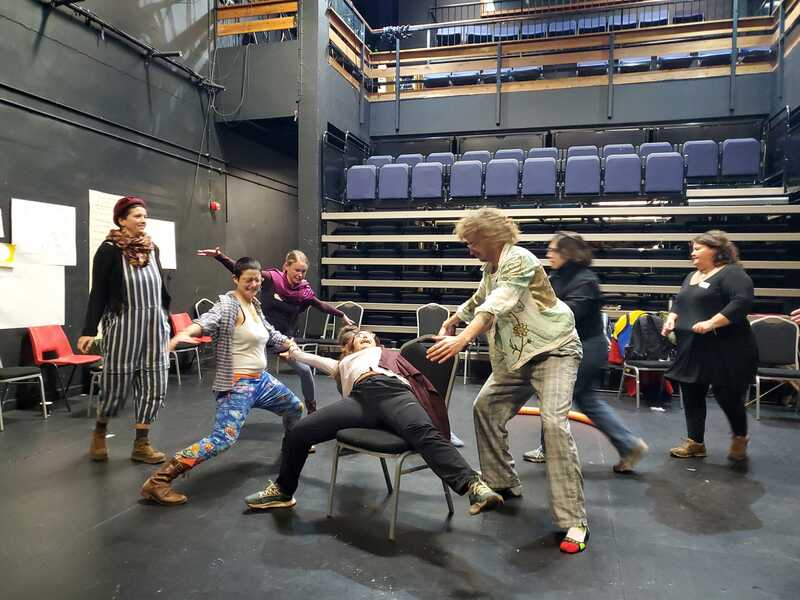
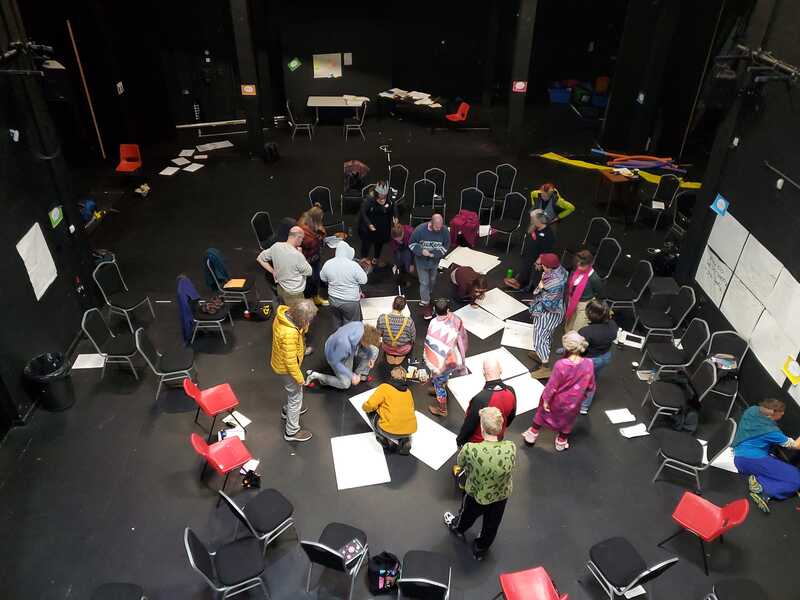
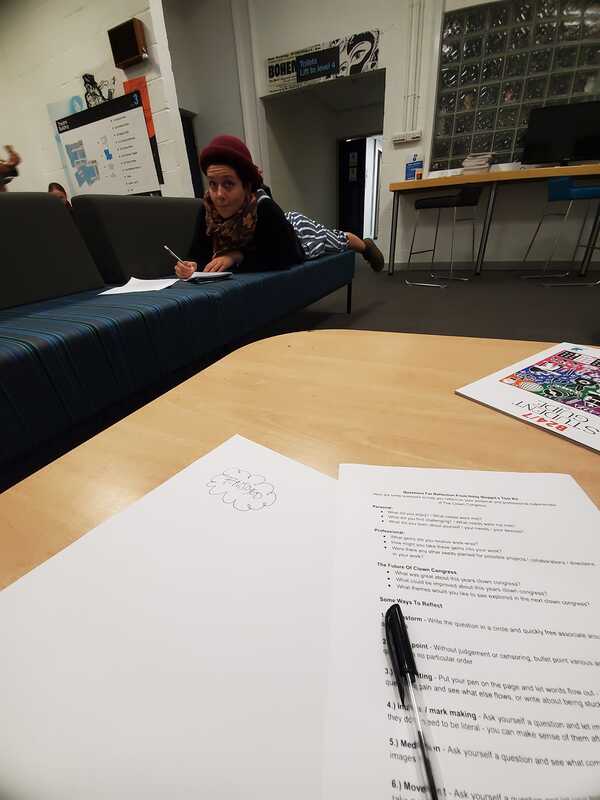
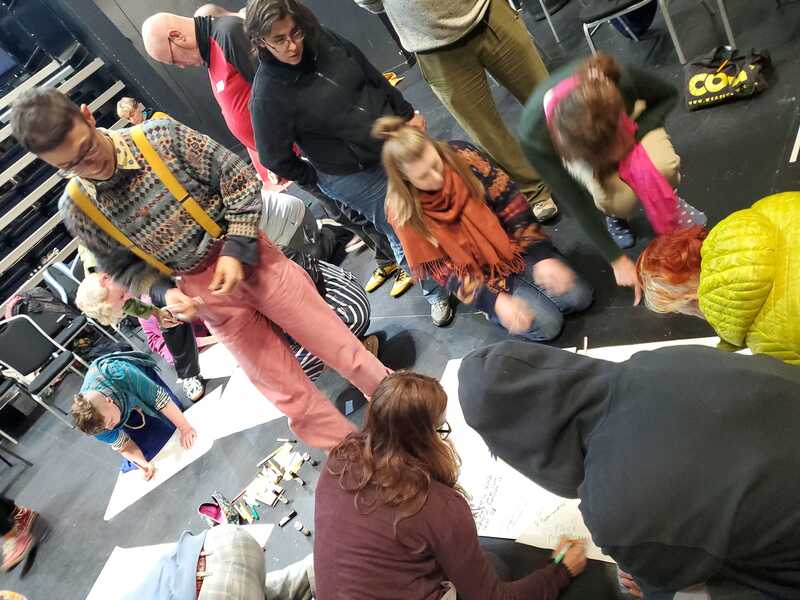

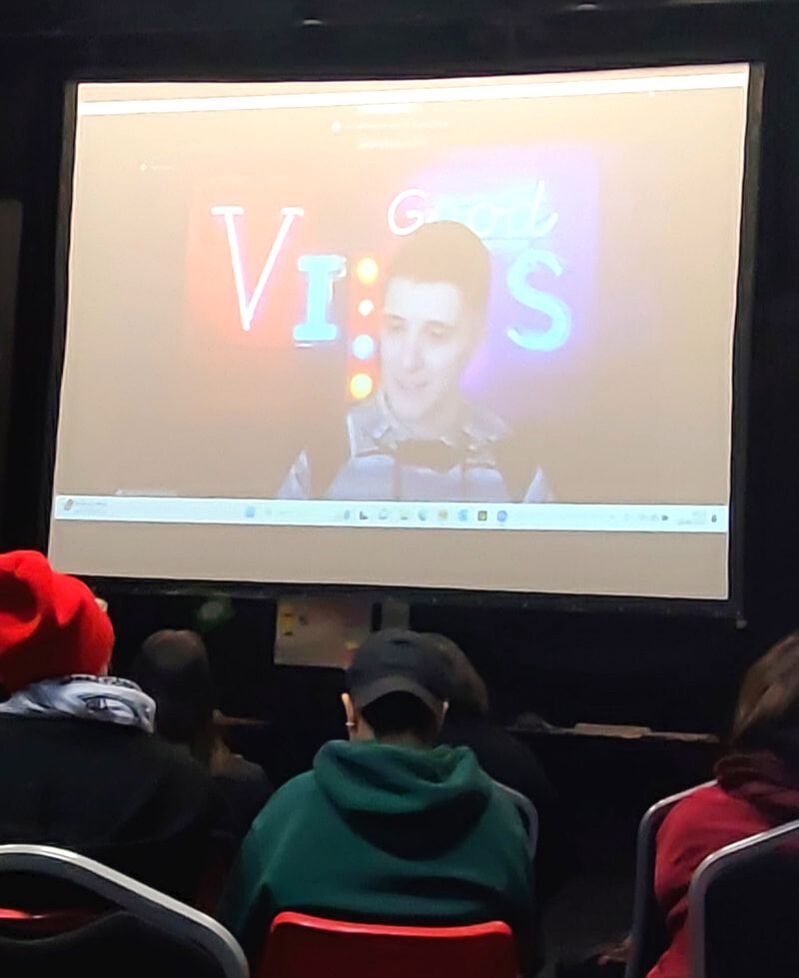
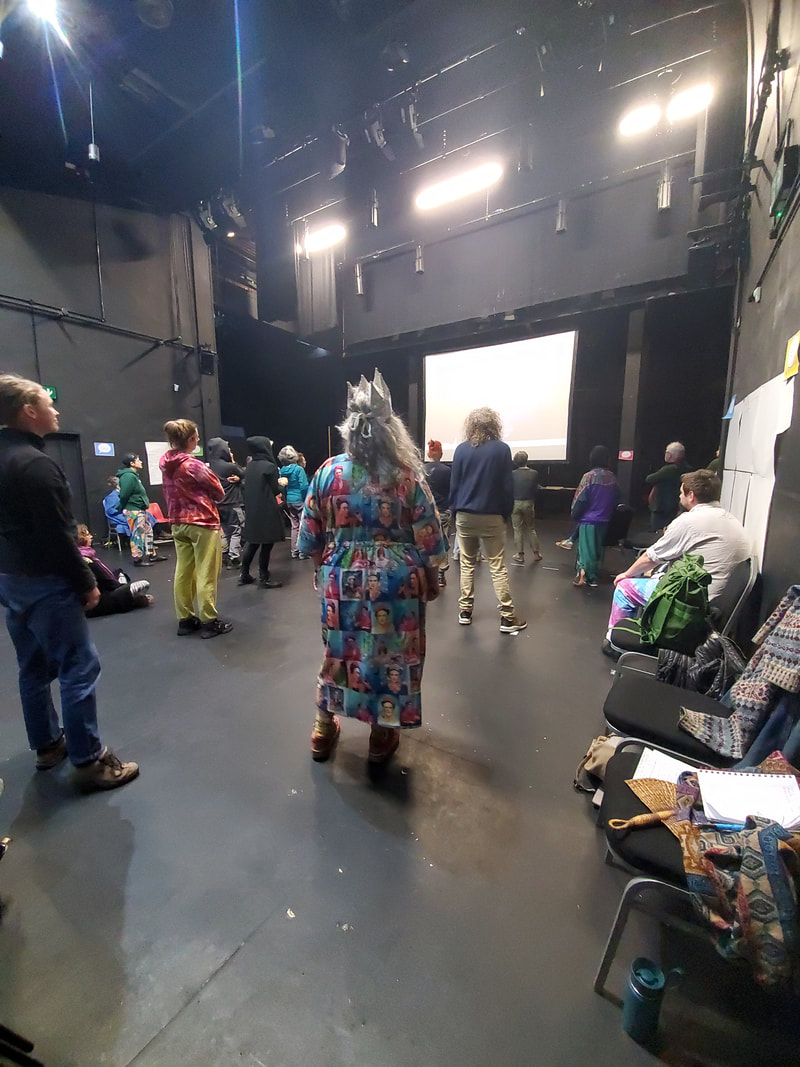
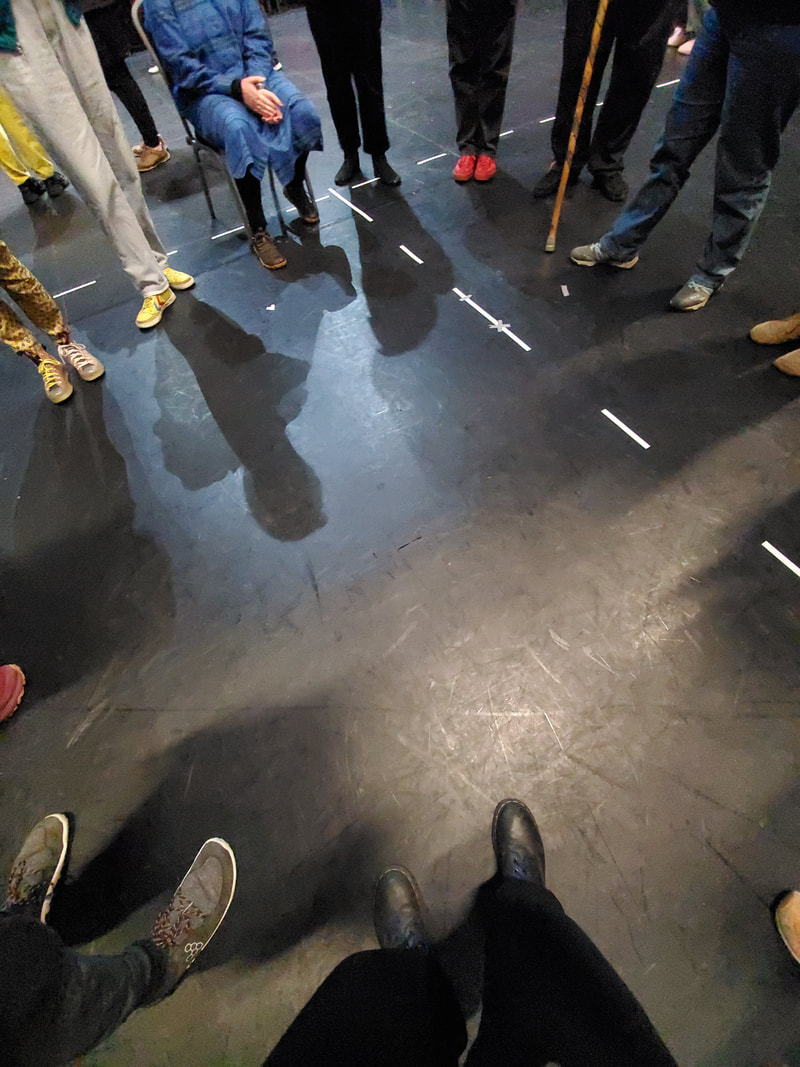
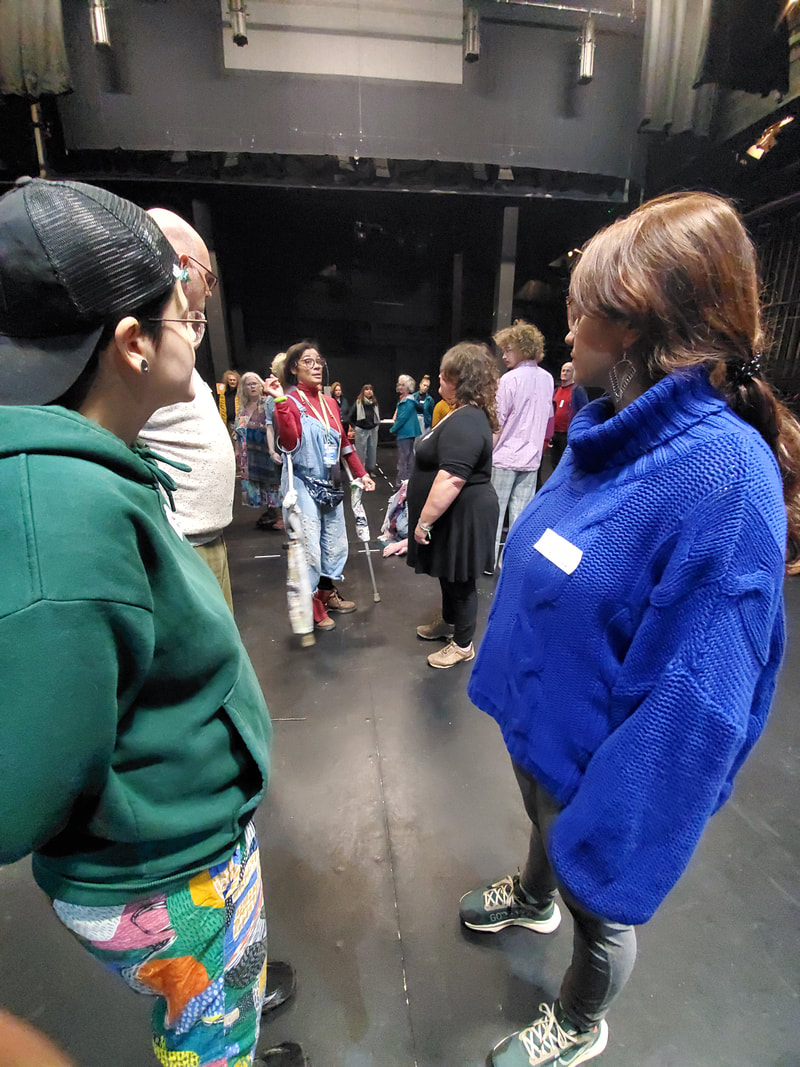
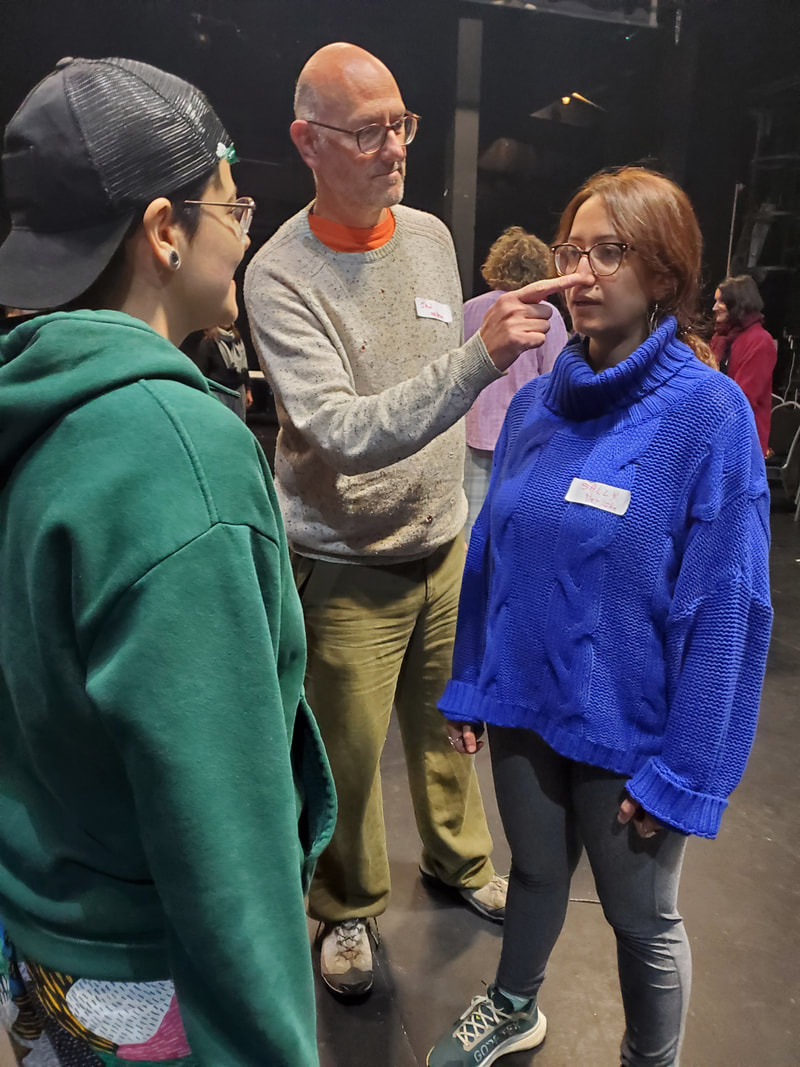
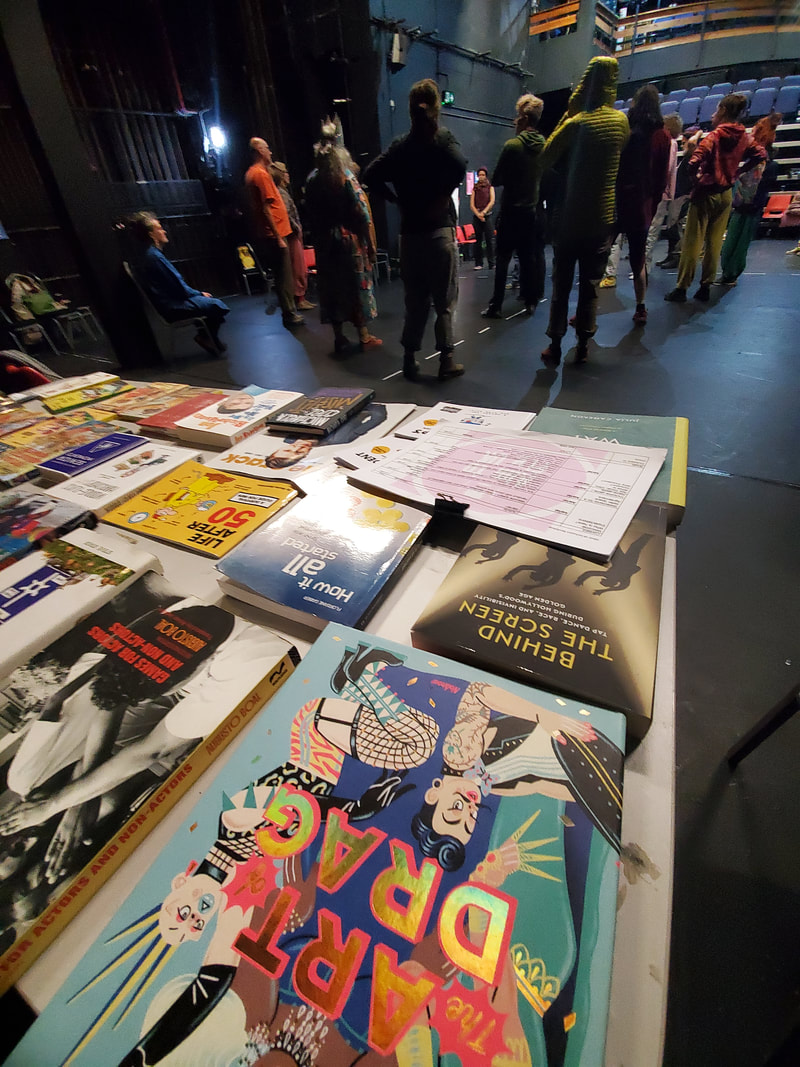
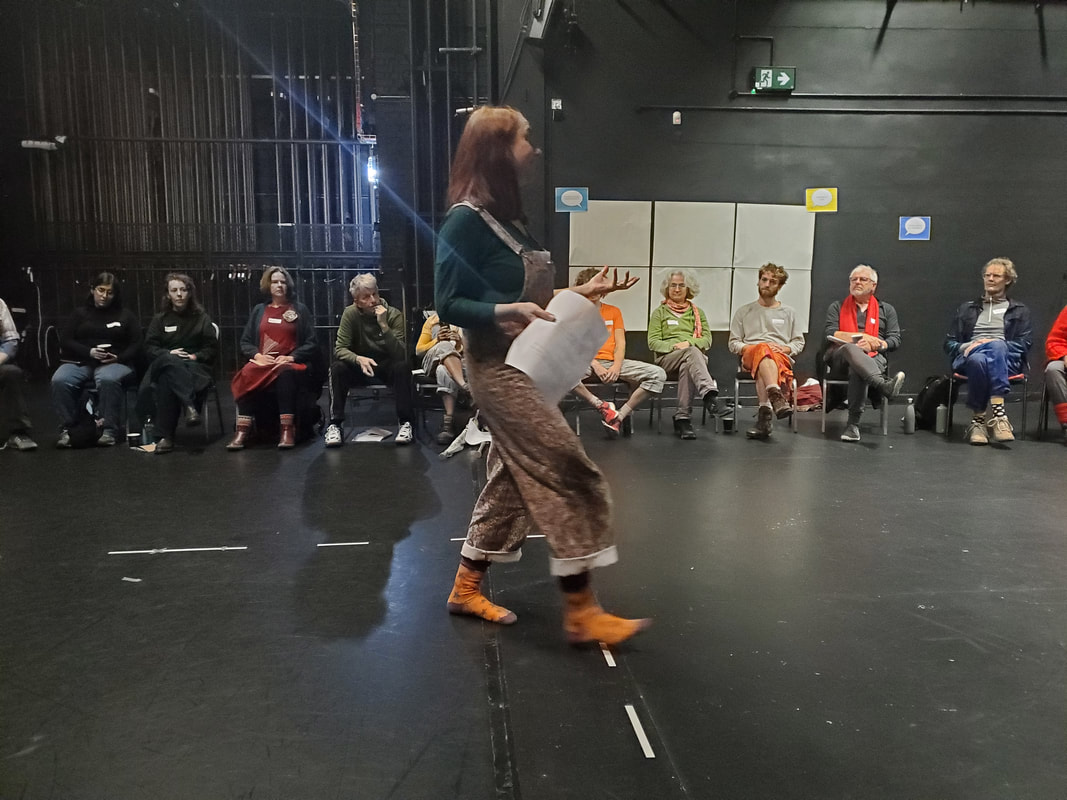
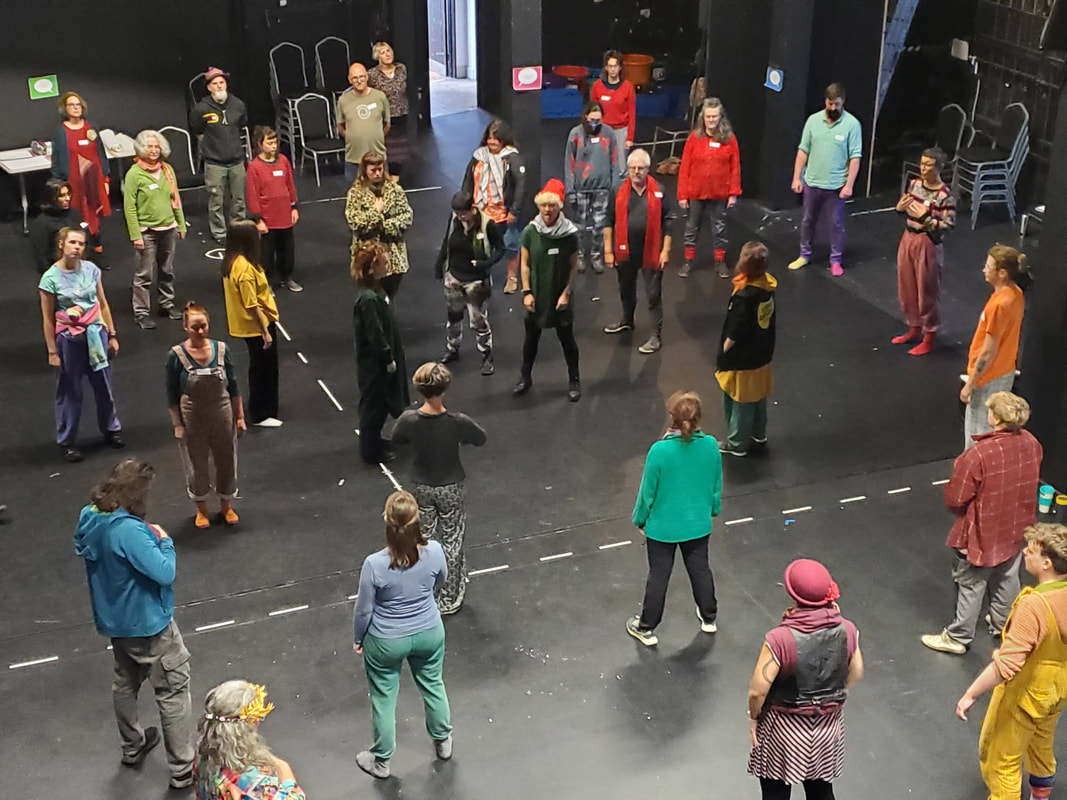
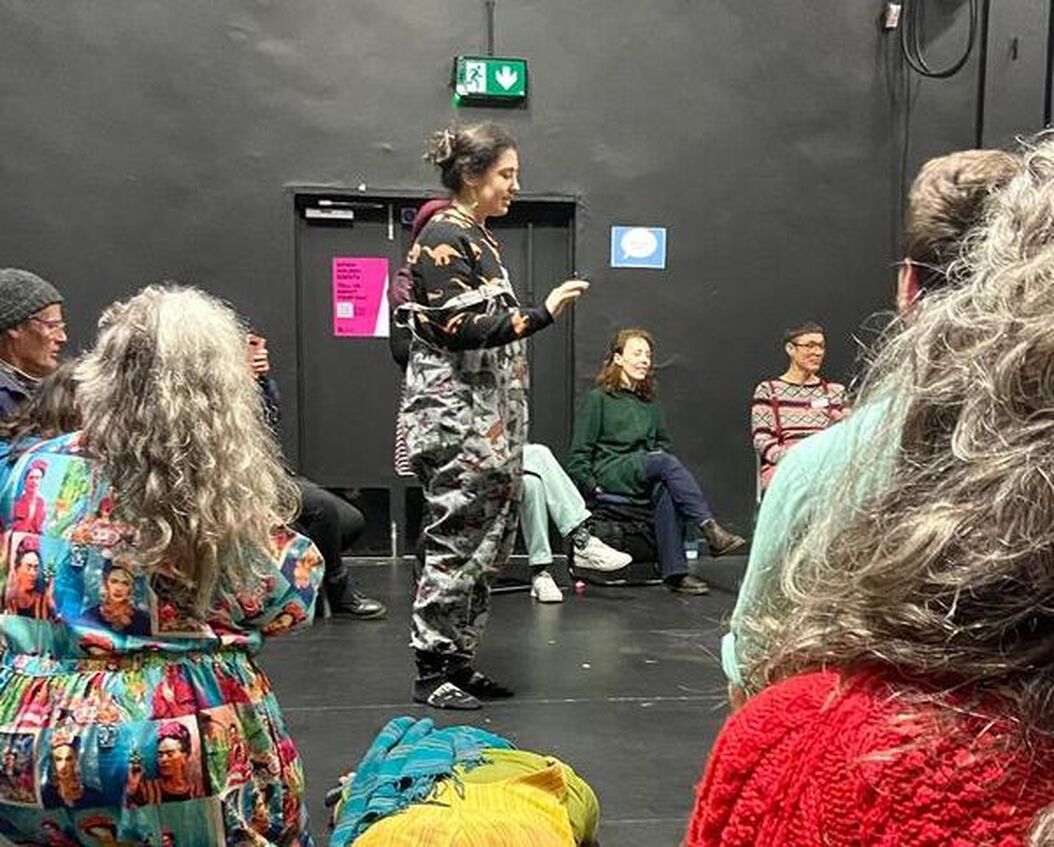
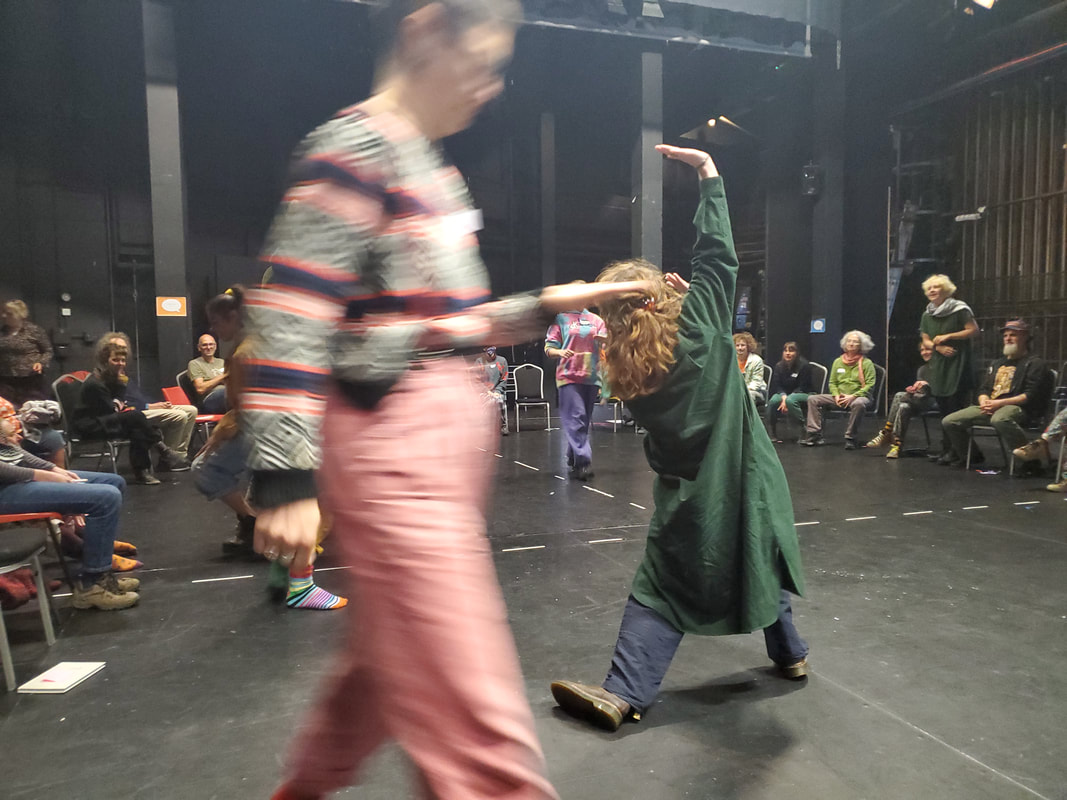
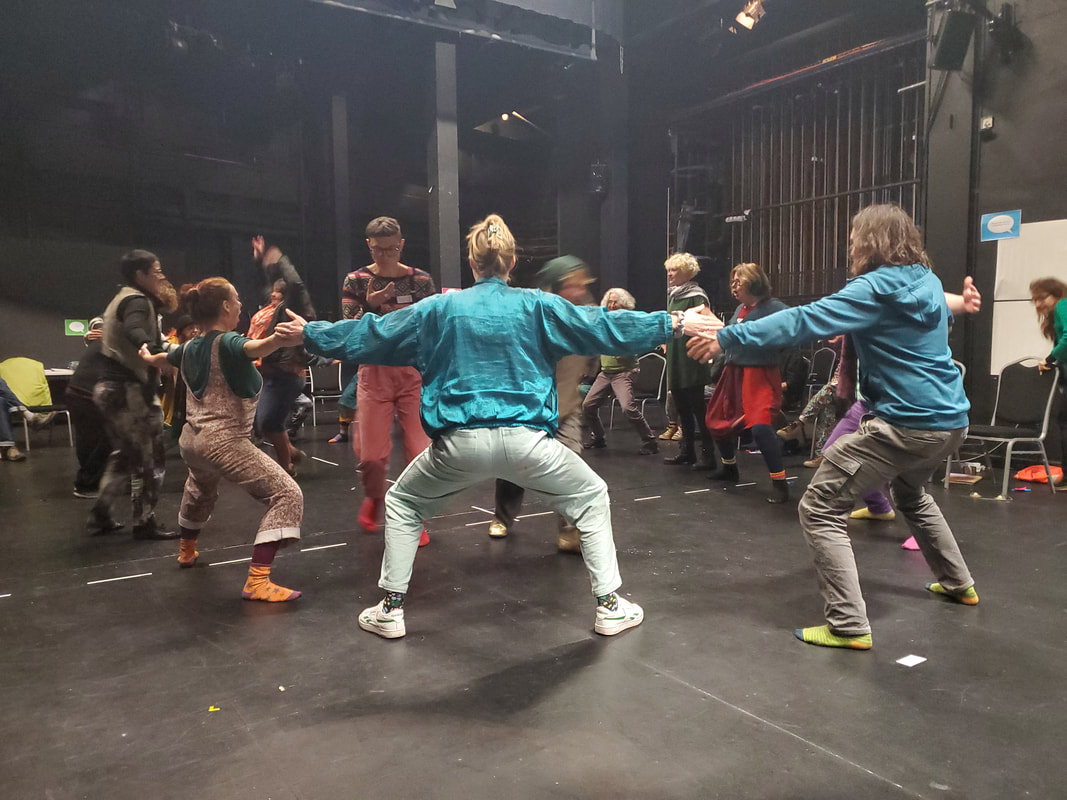
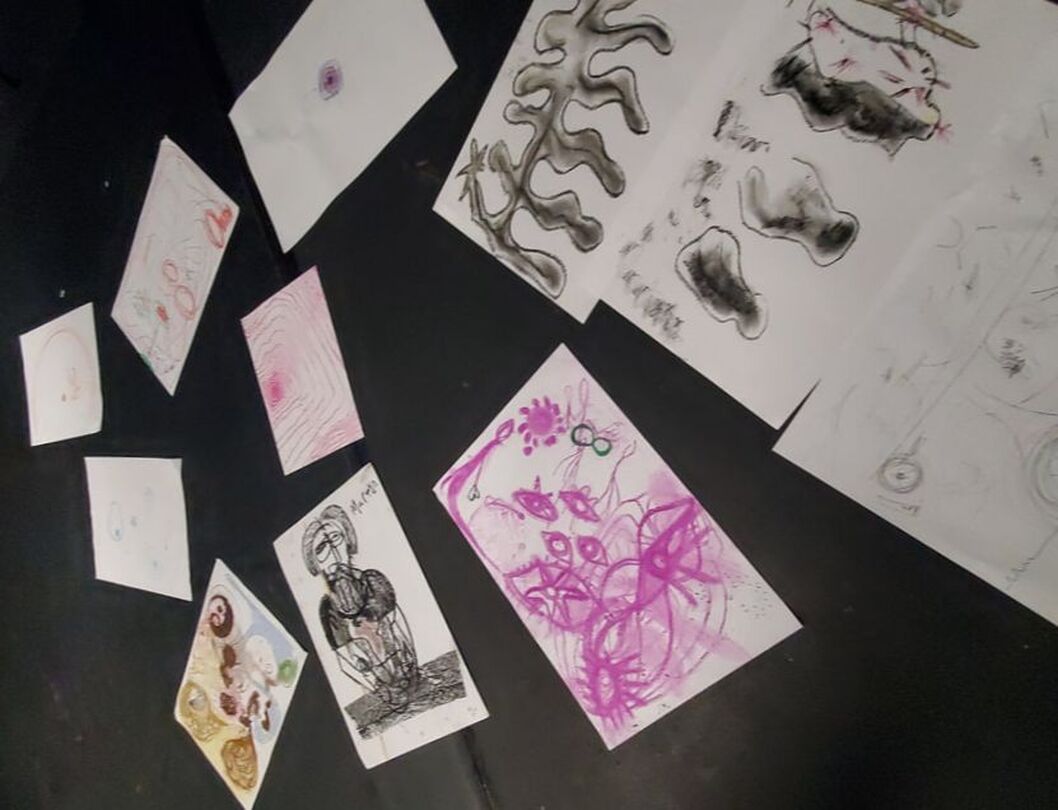
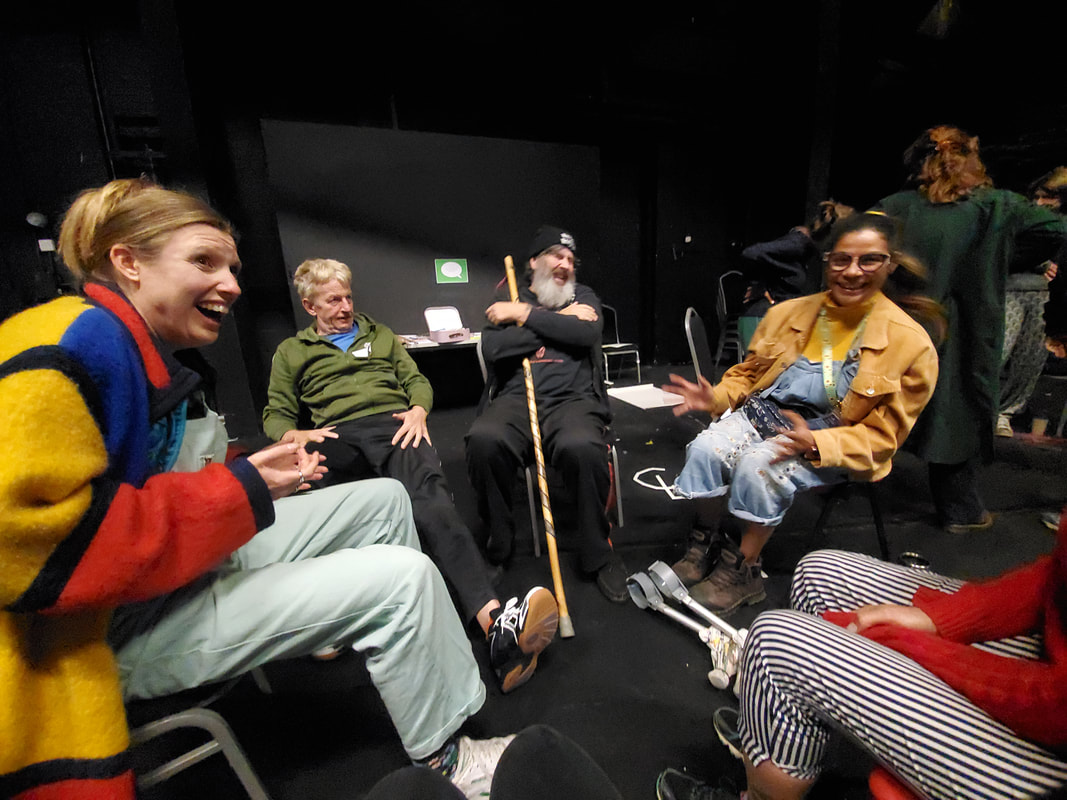
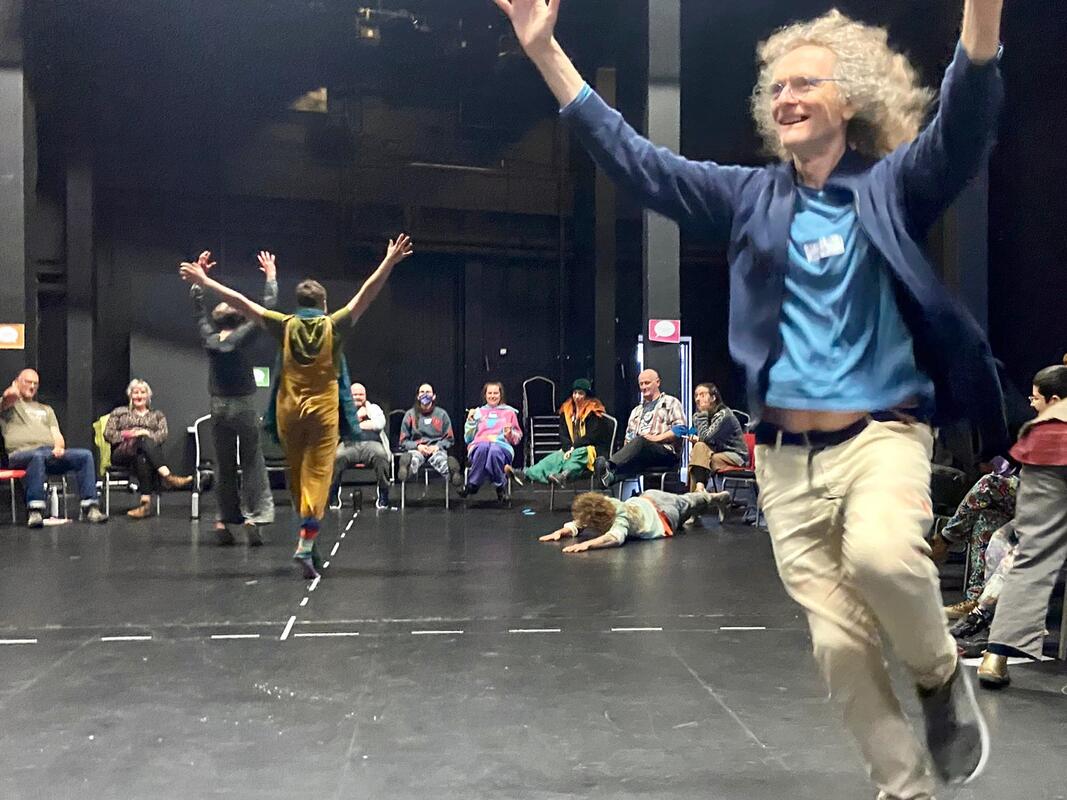
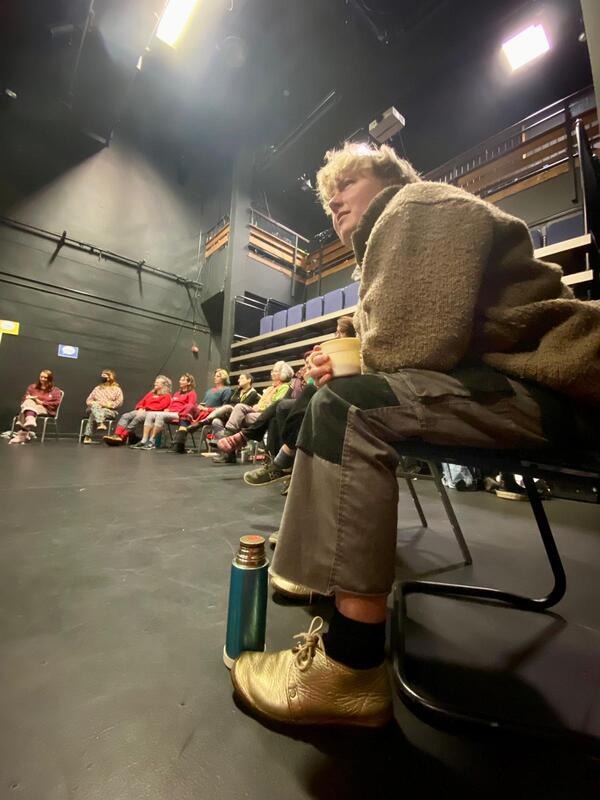
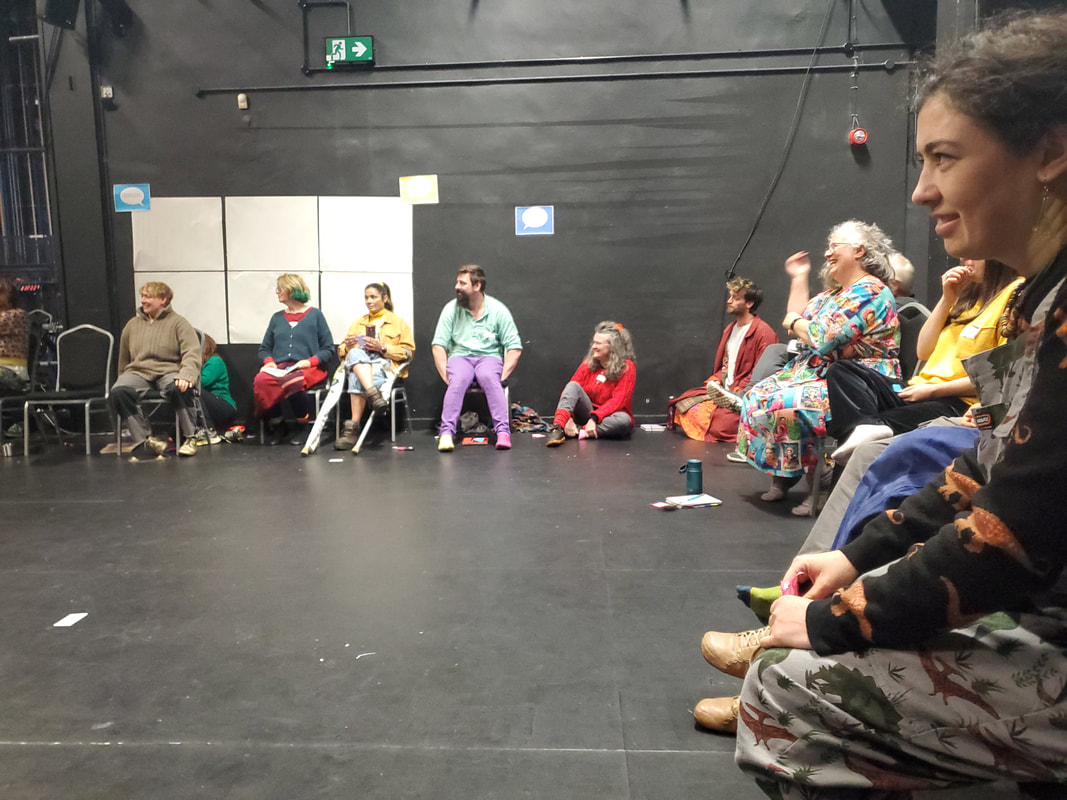
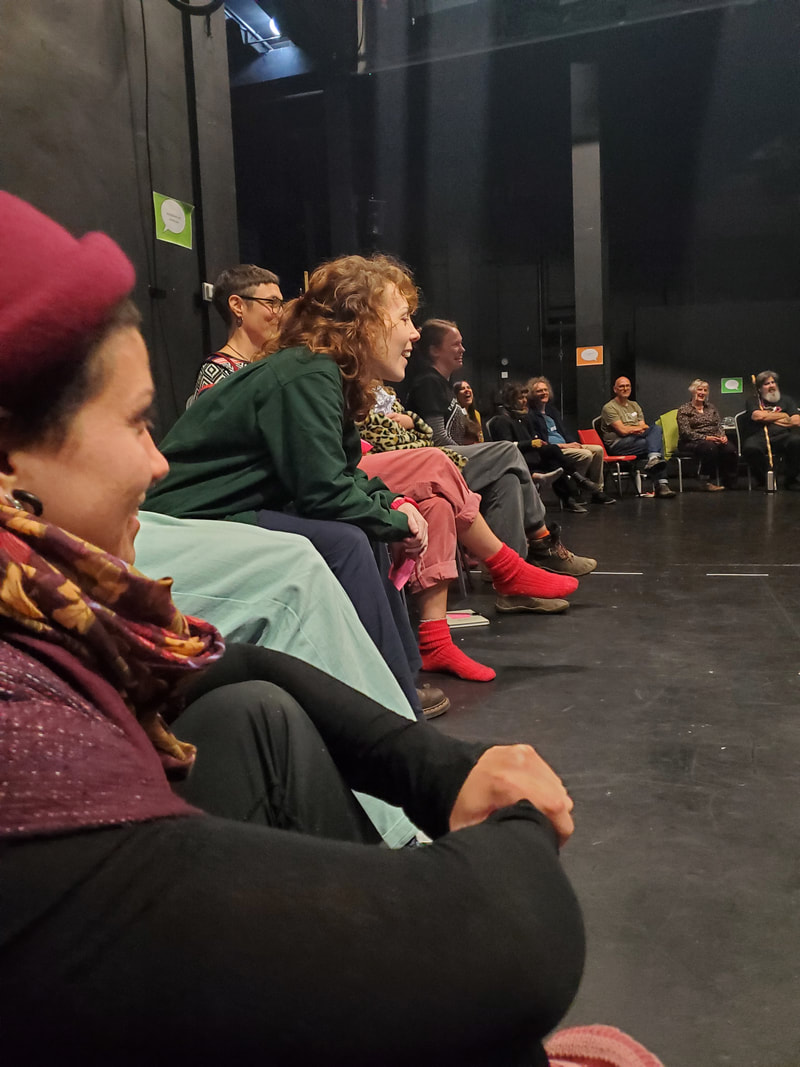
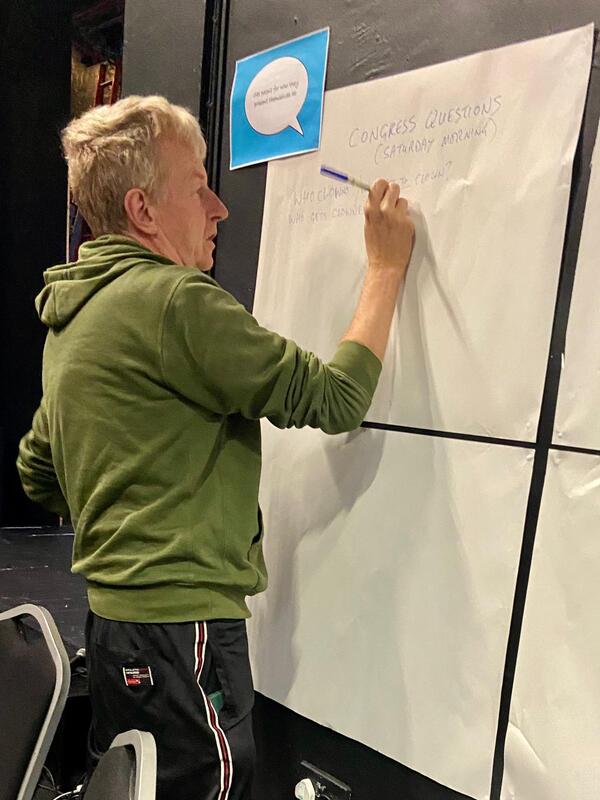
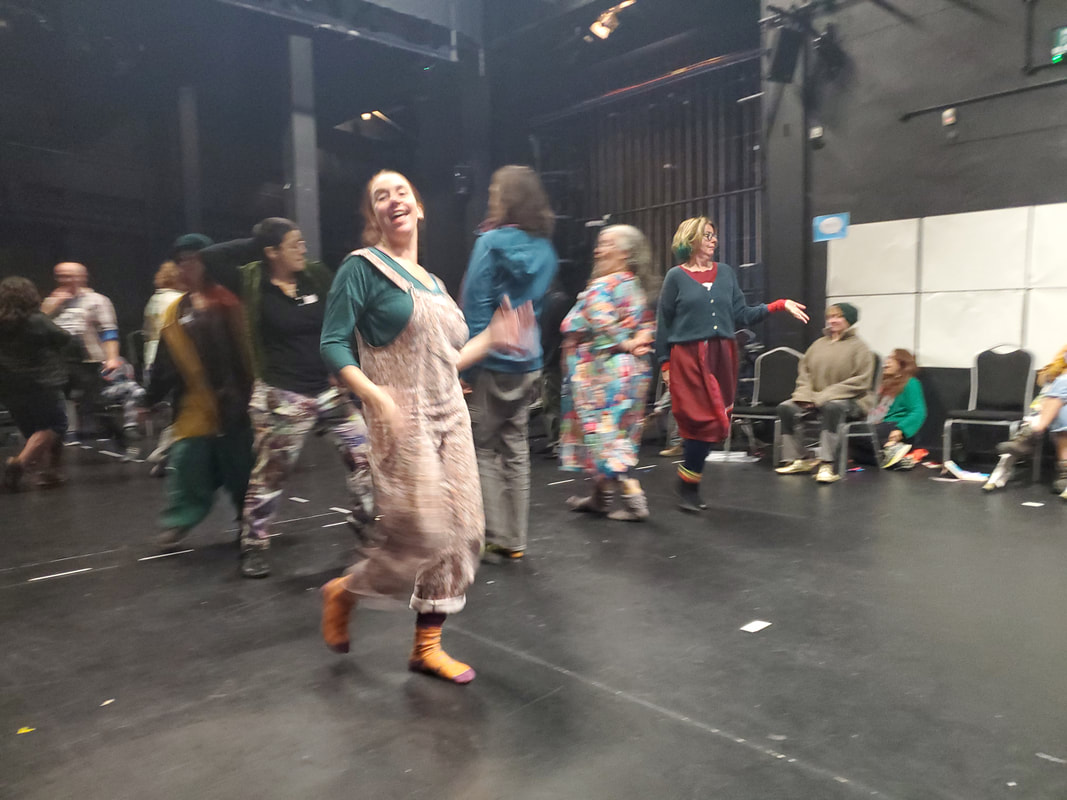
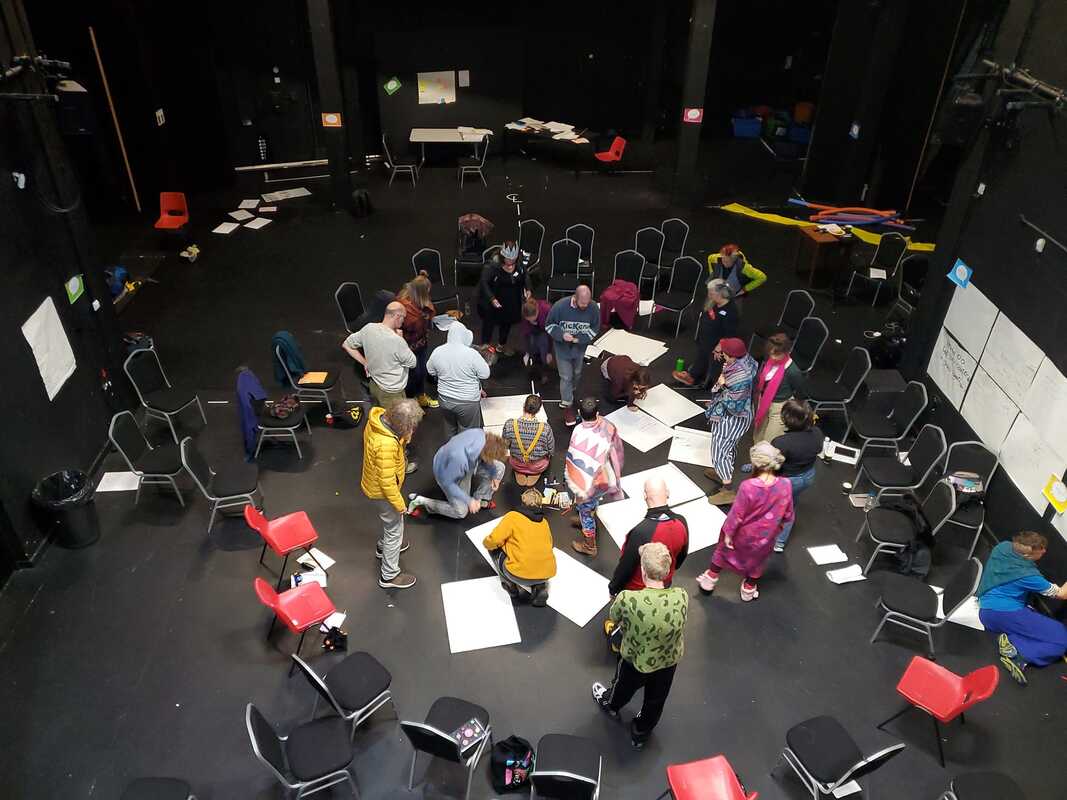
 RSS Feed
RSS Feed
